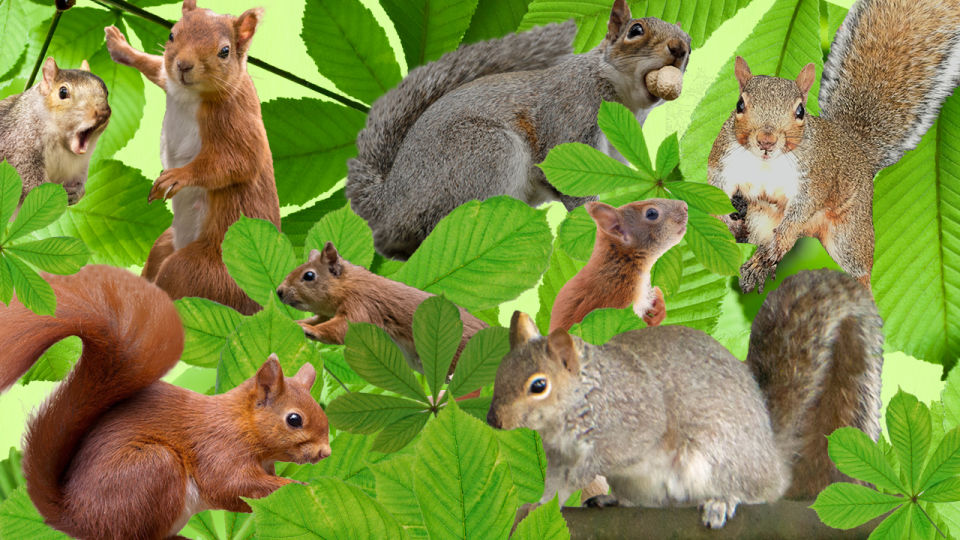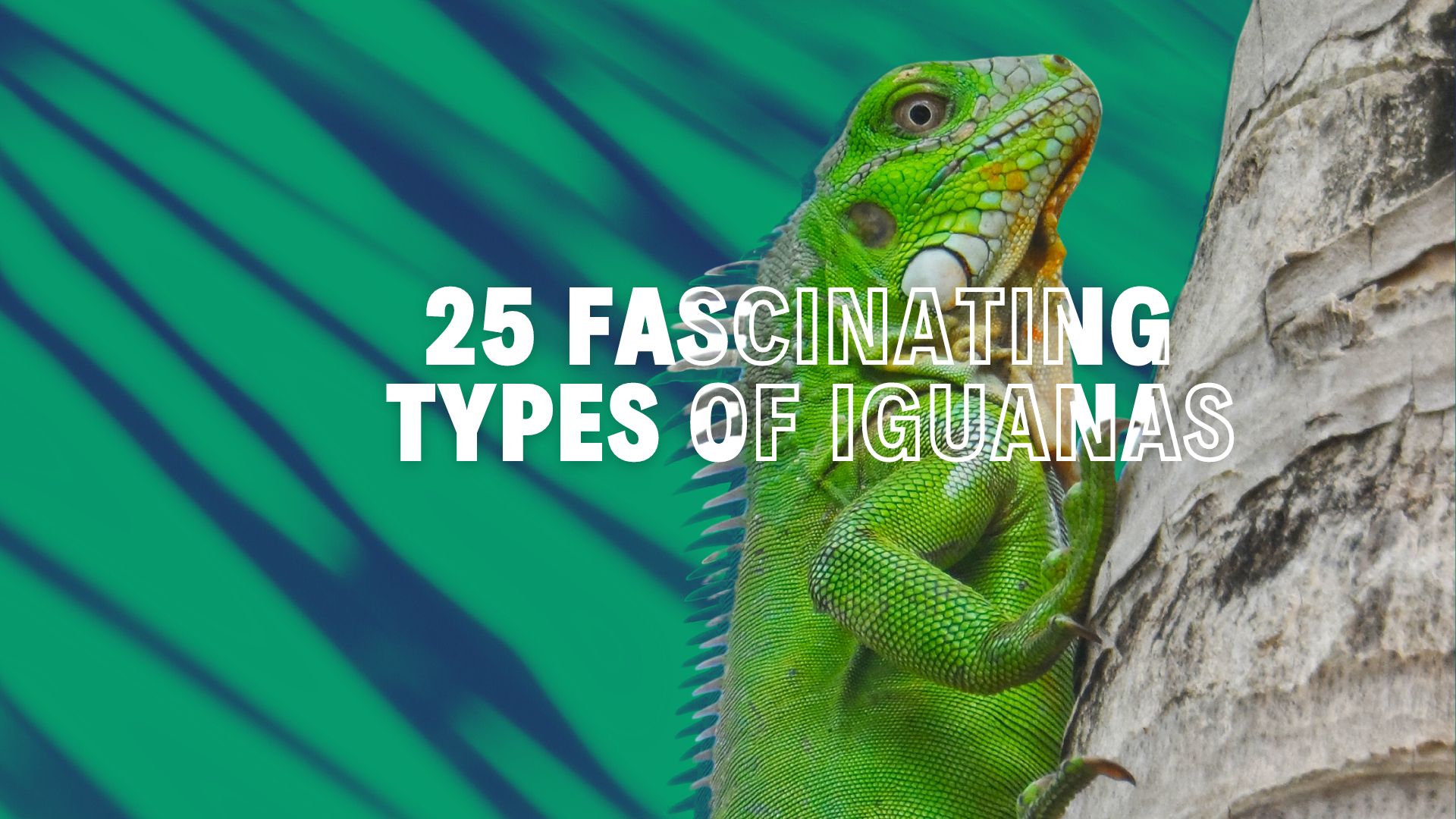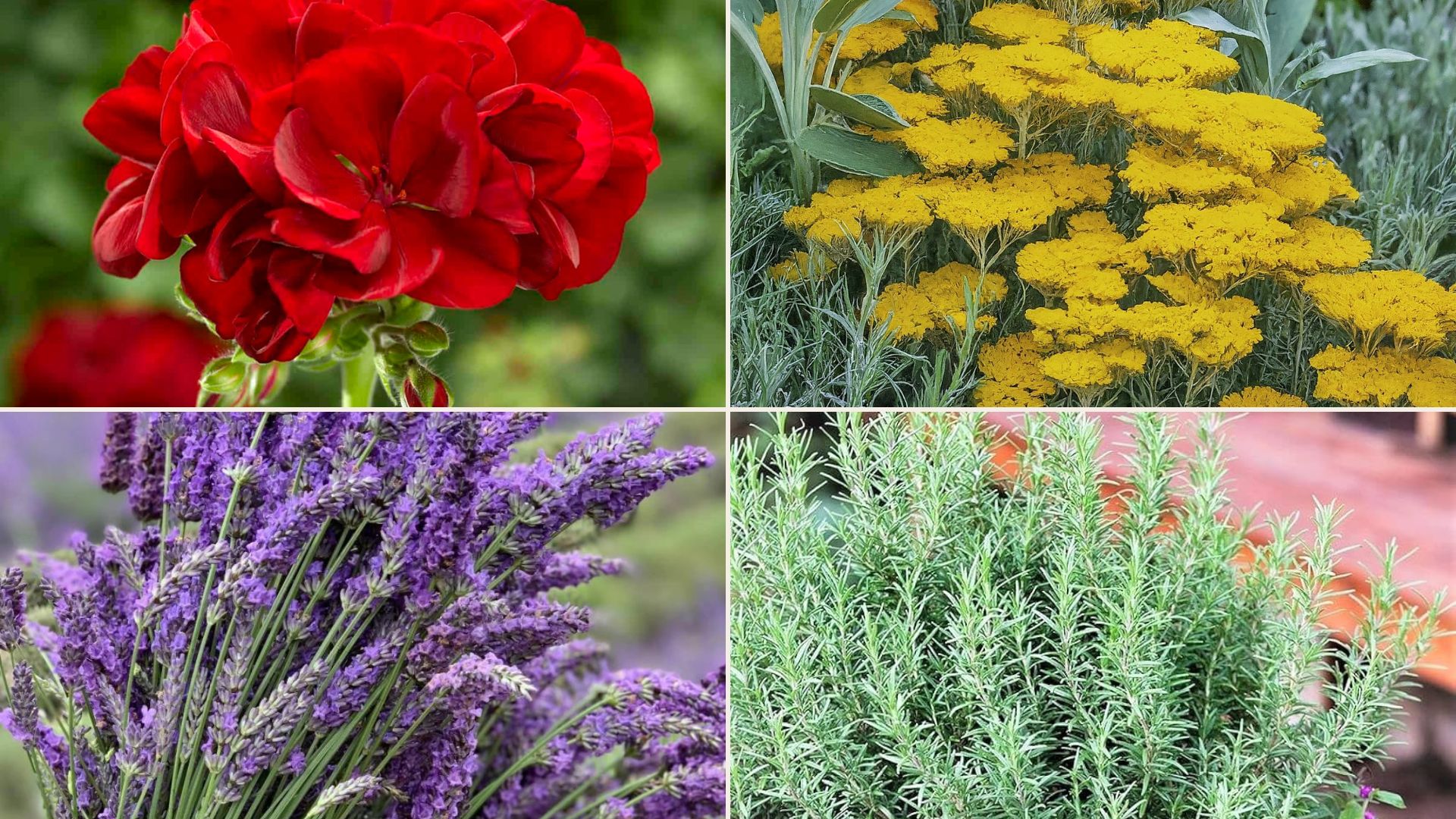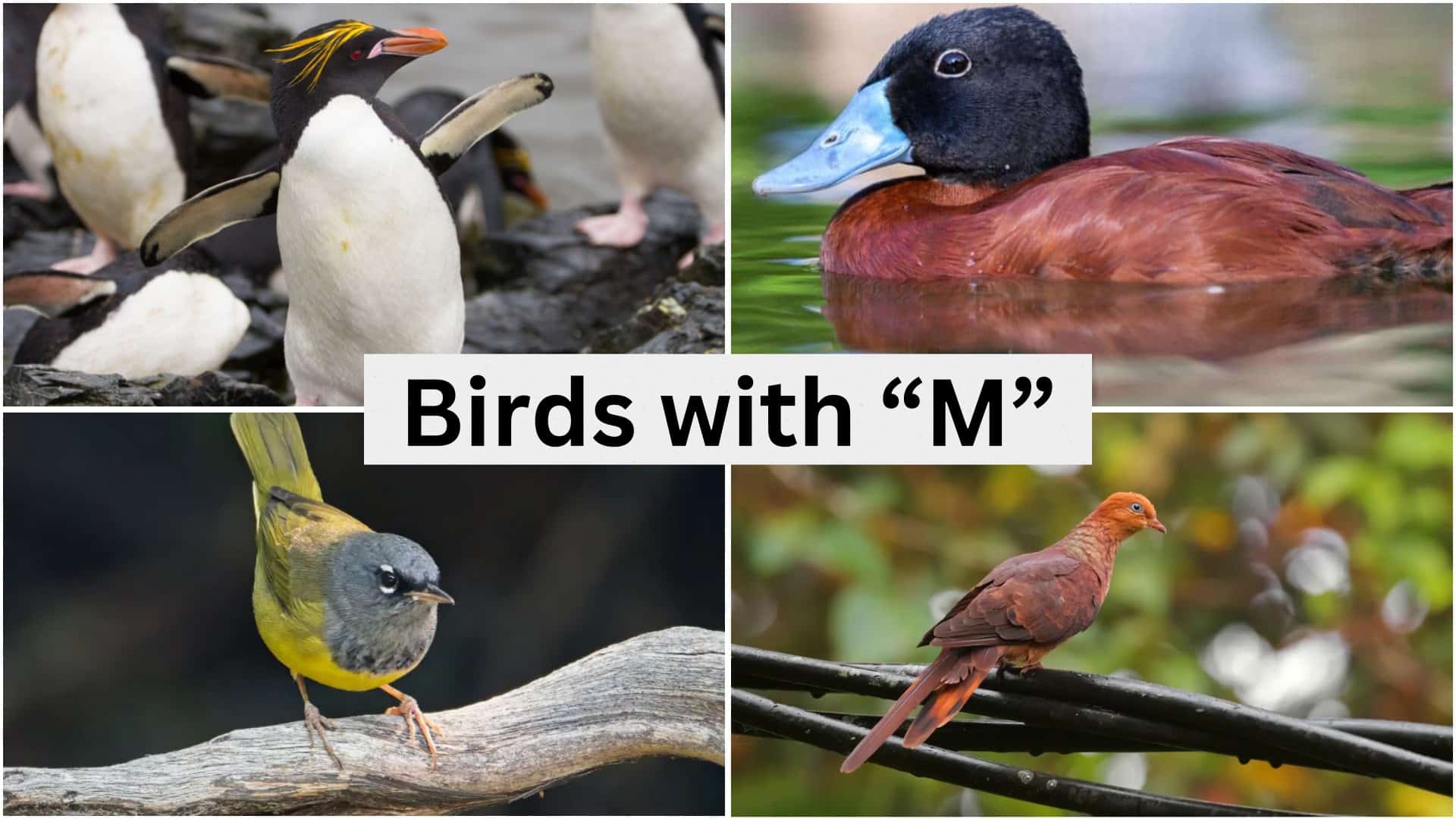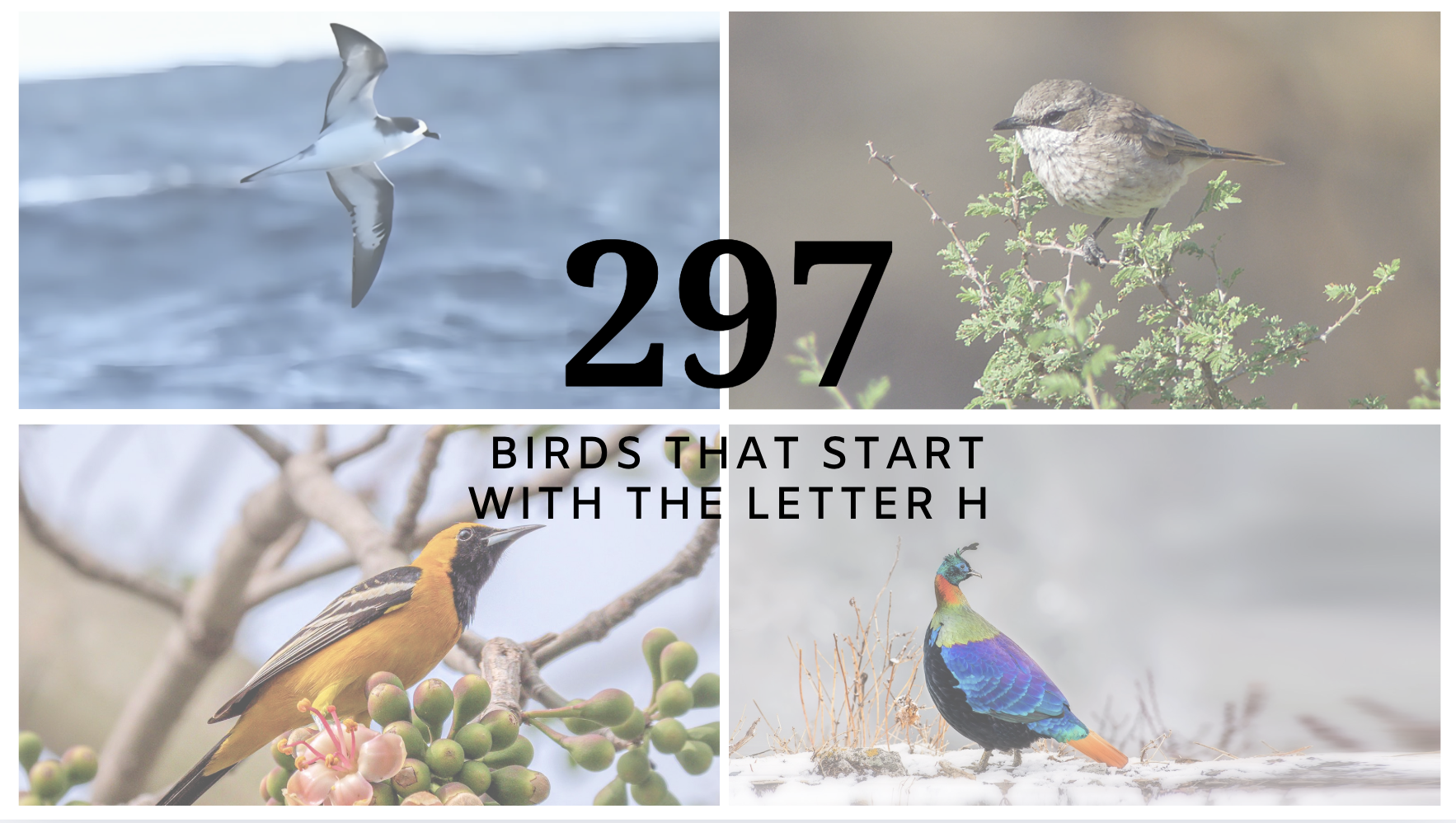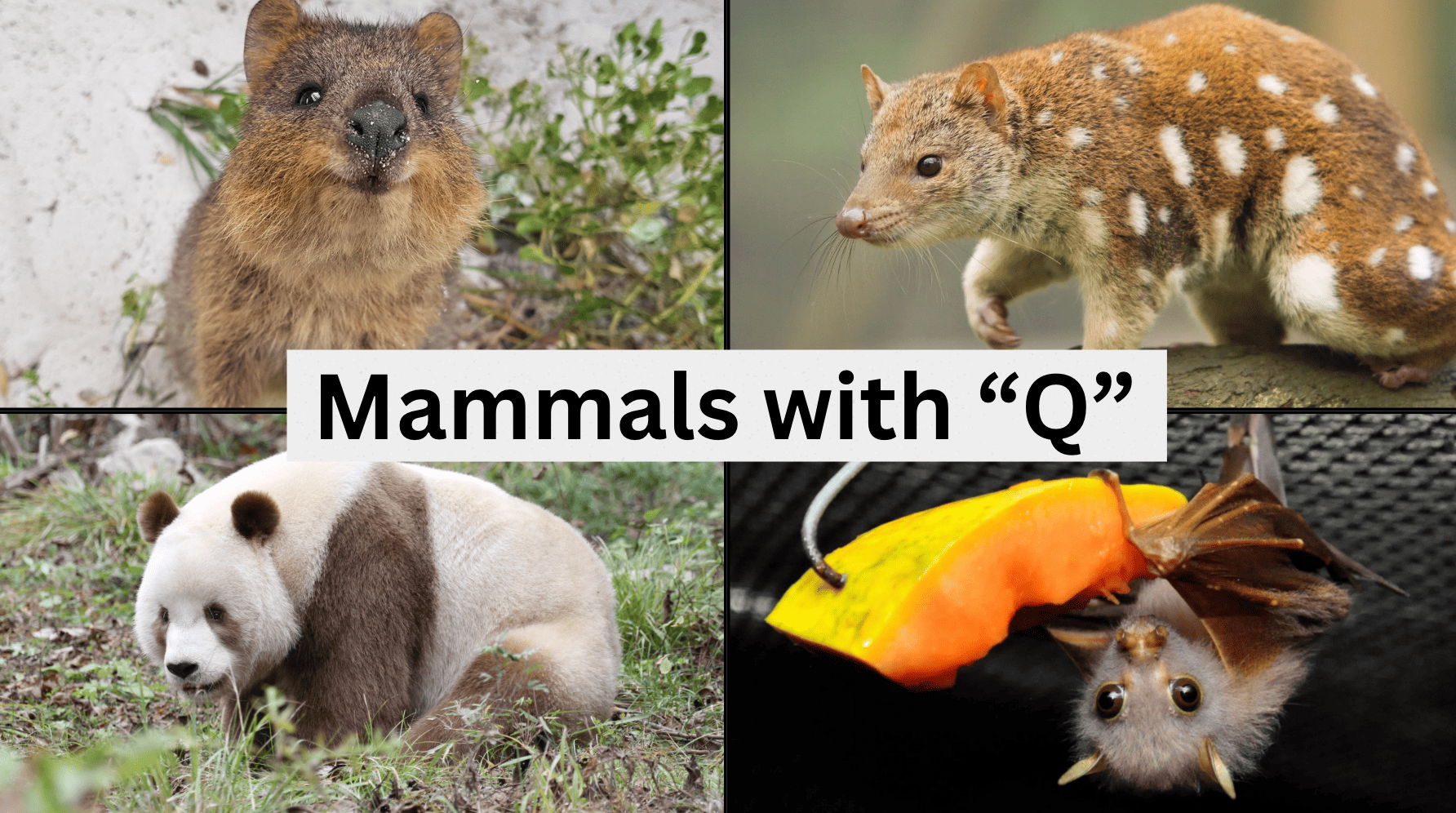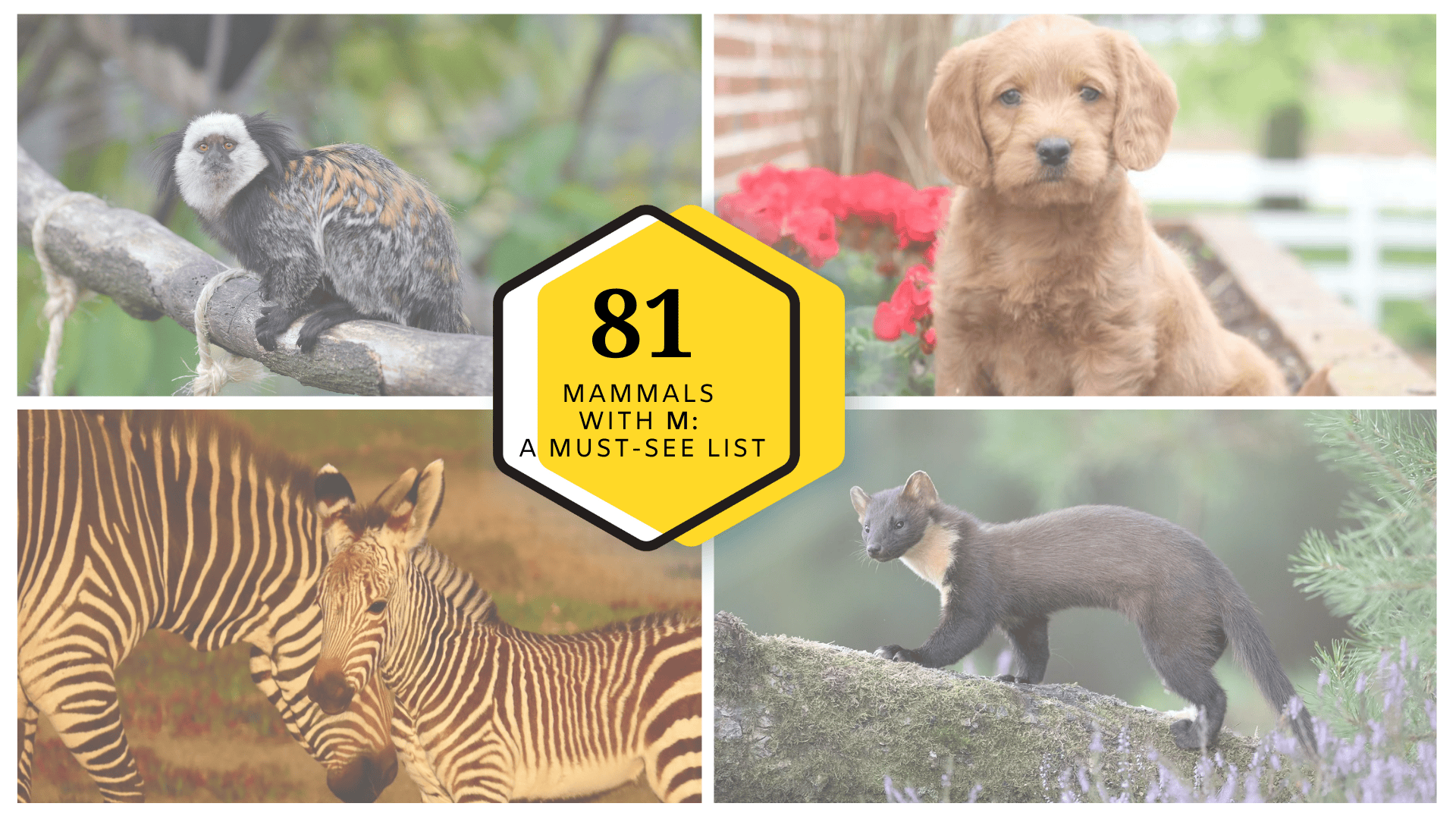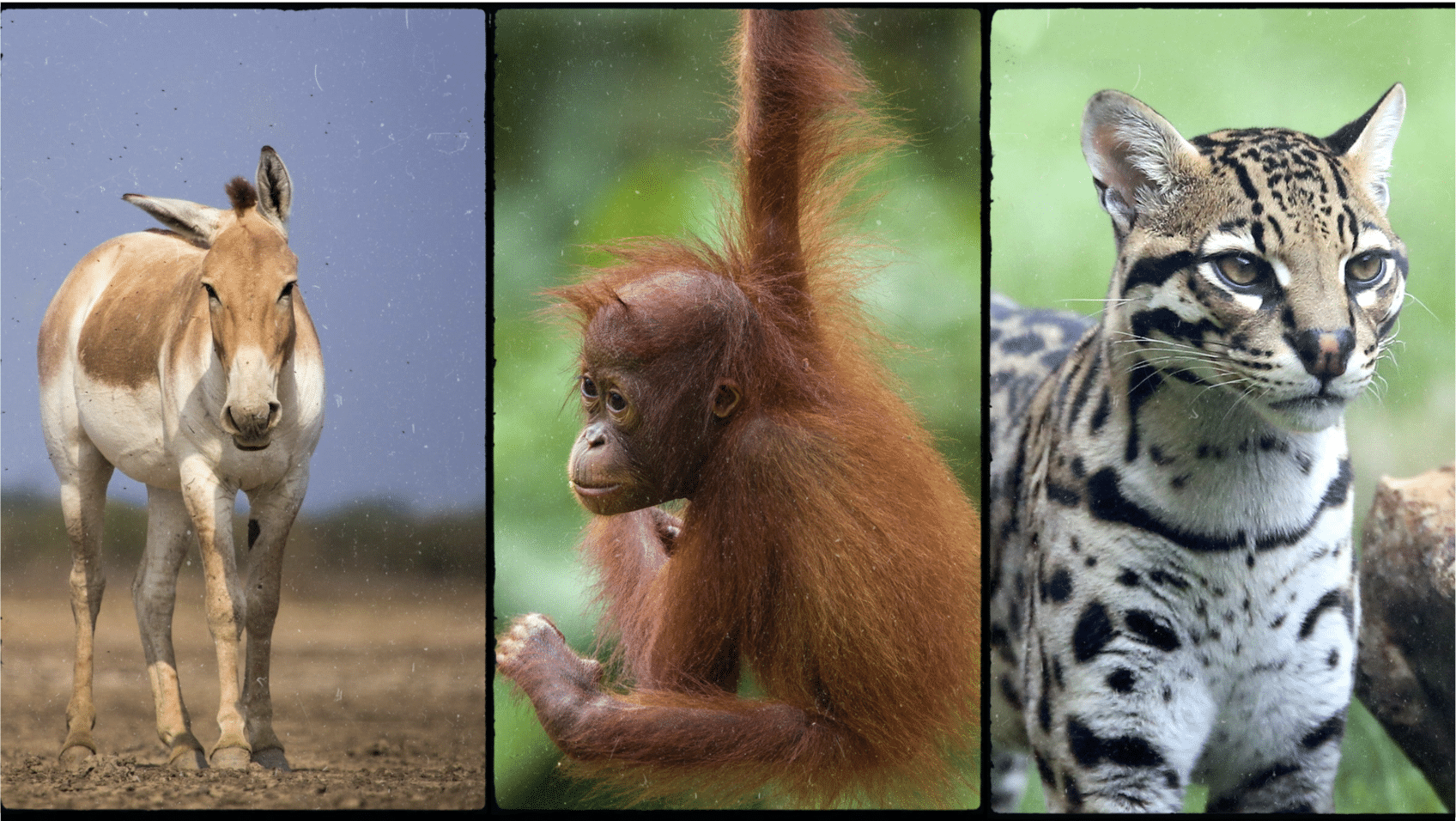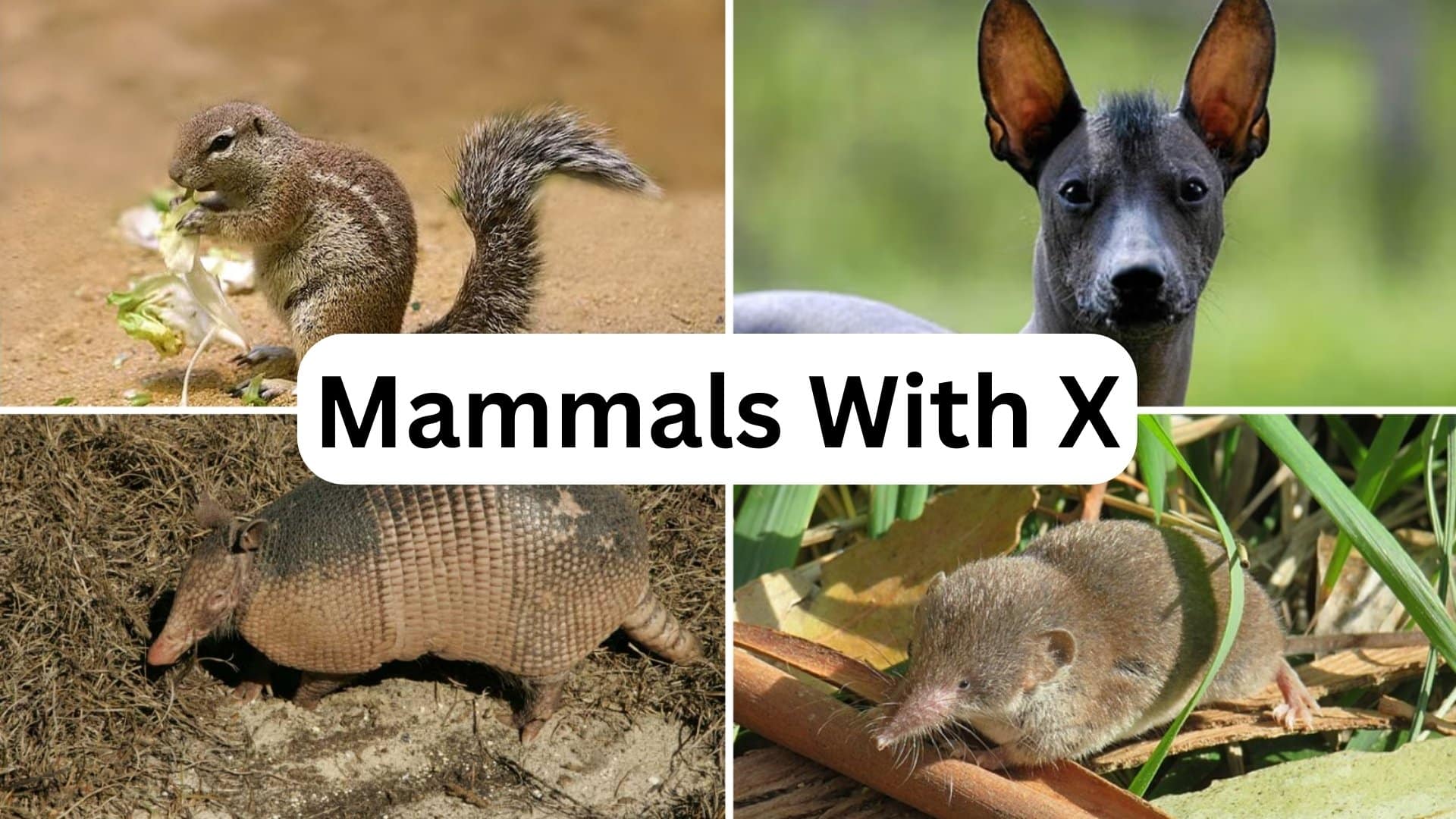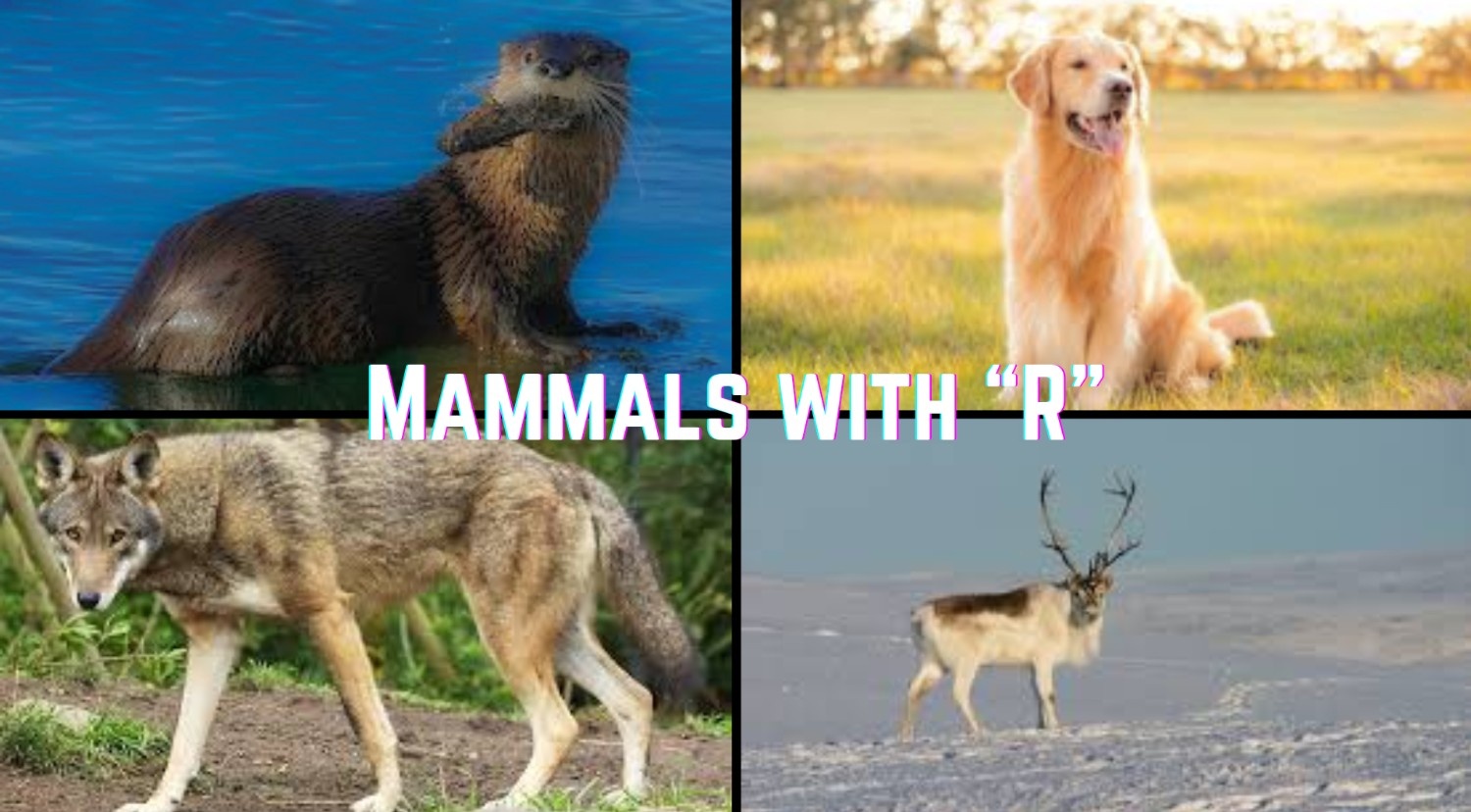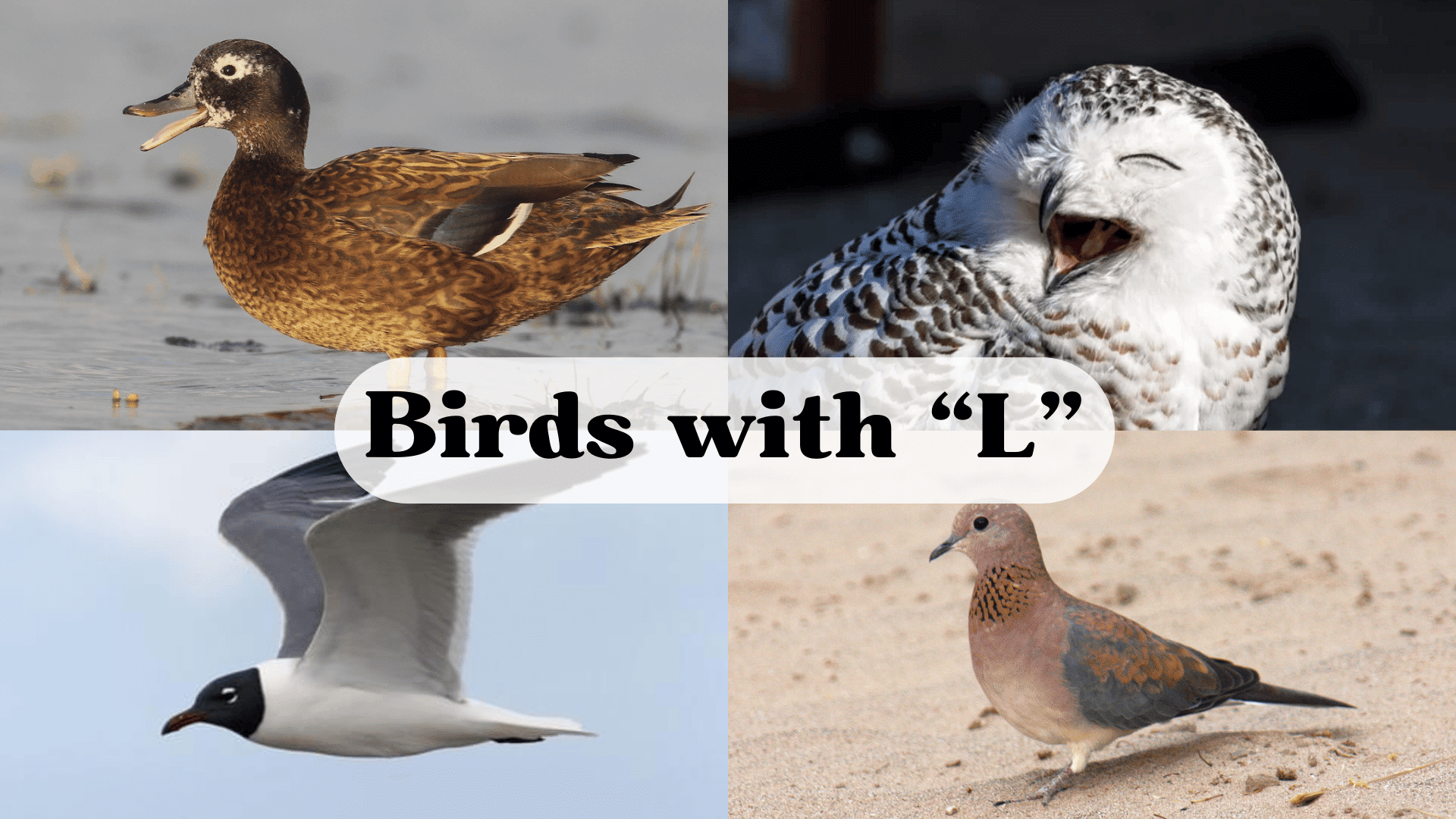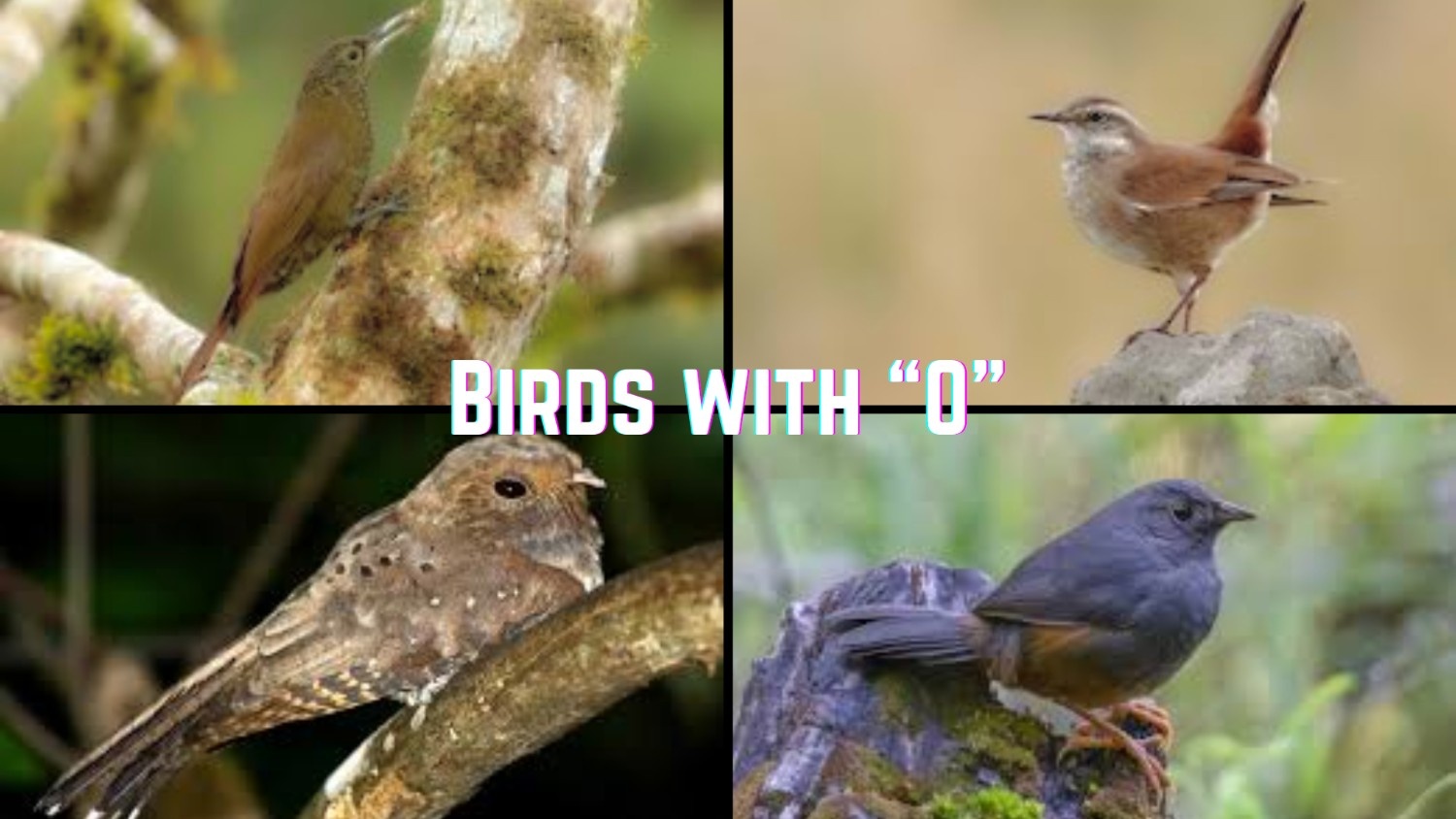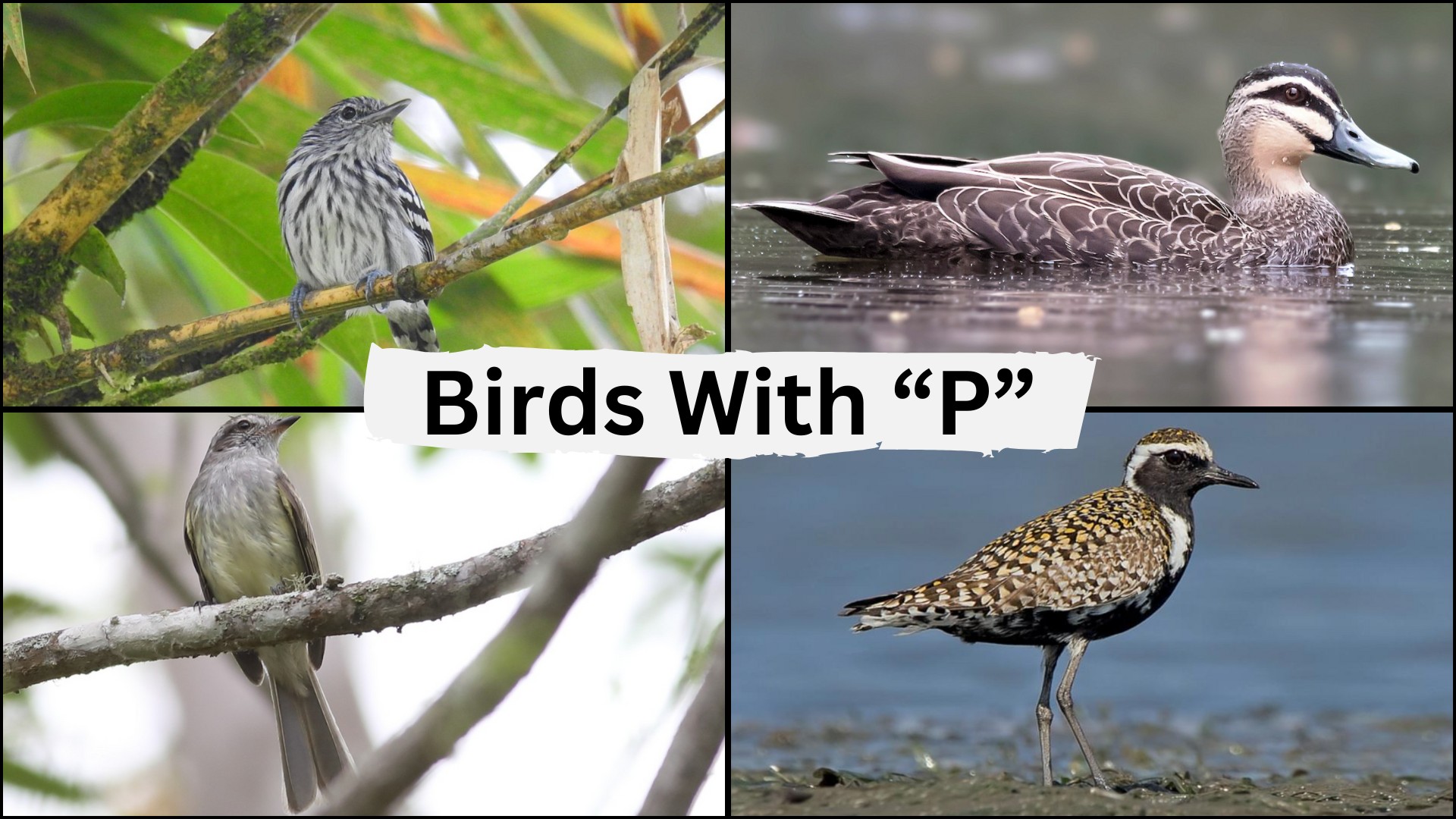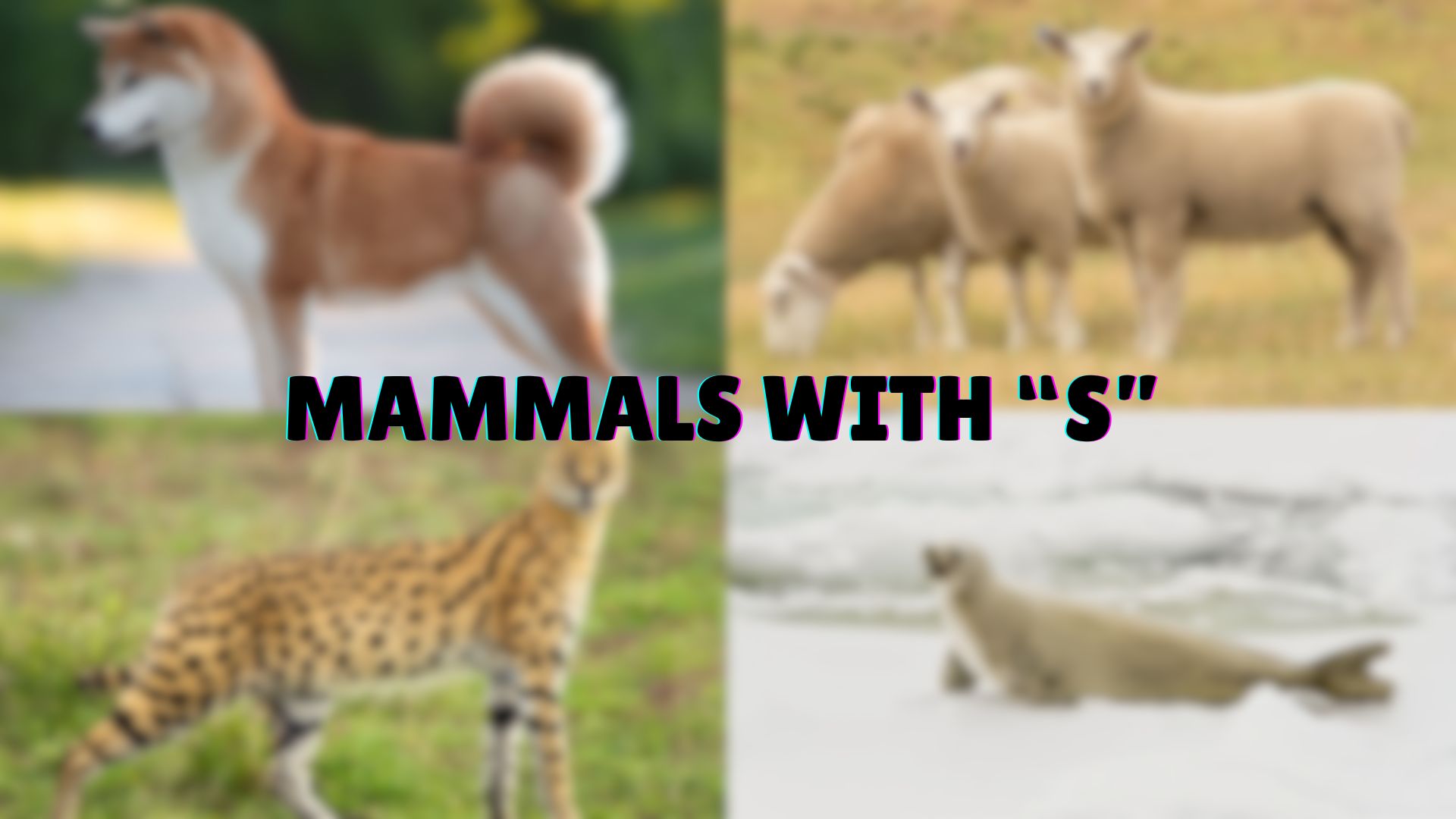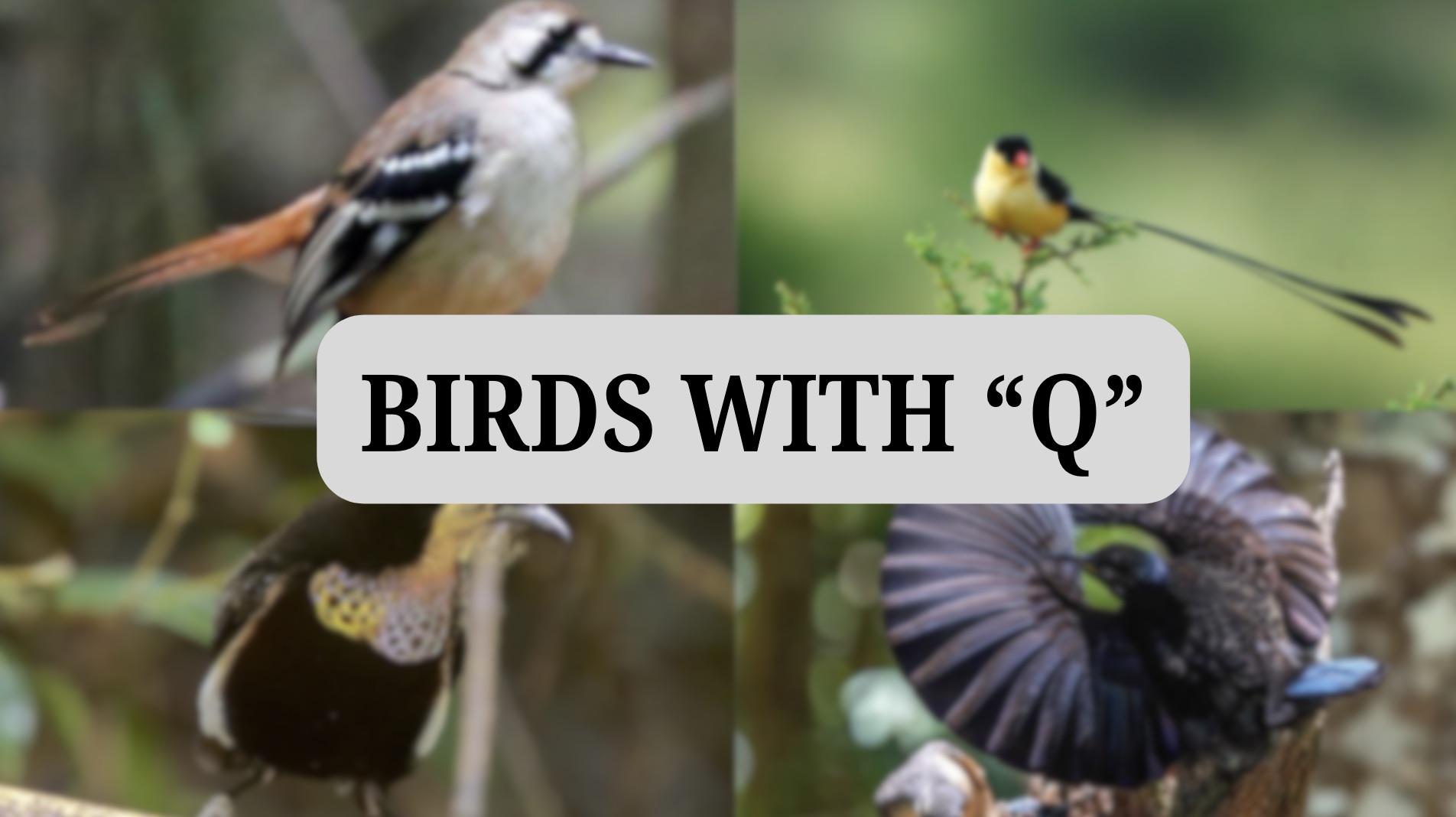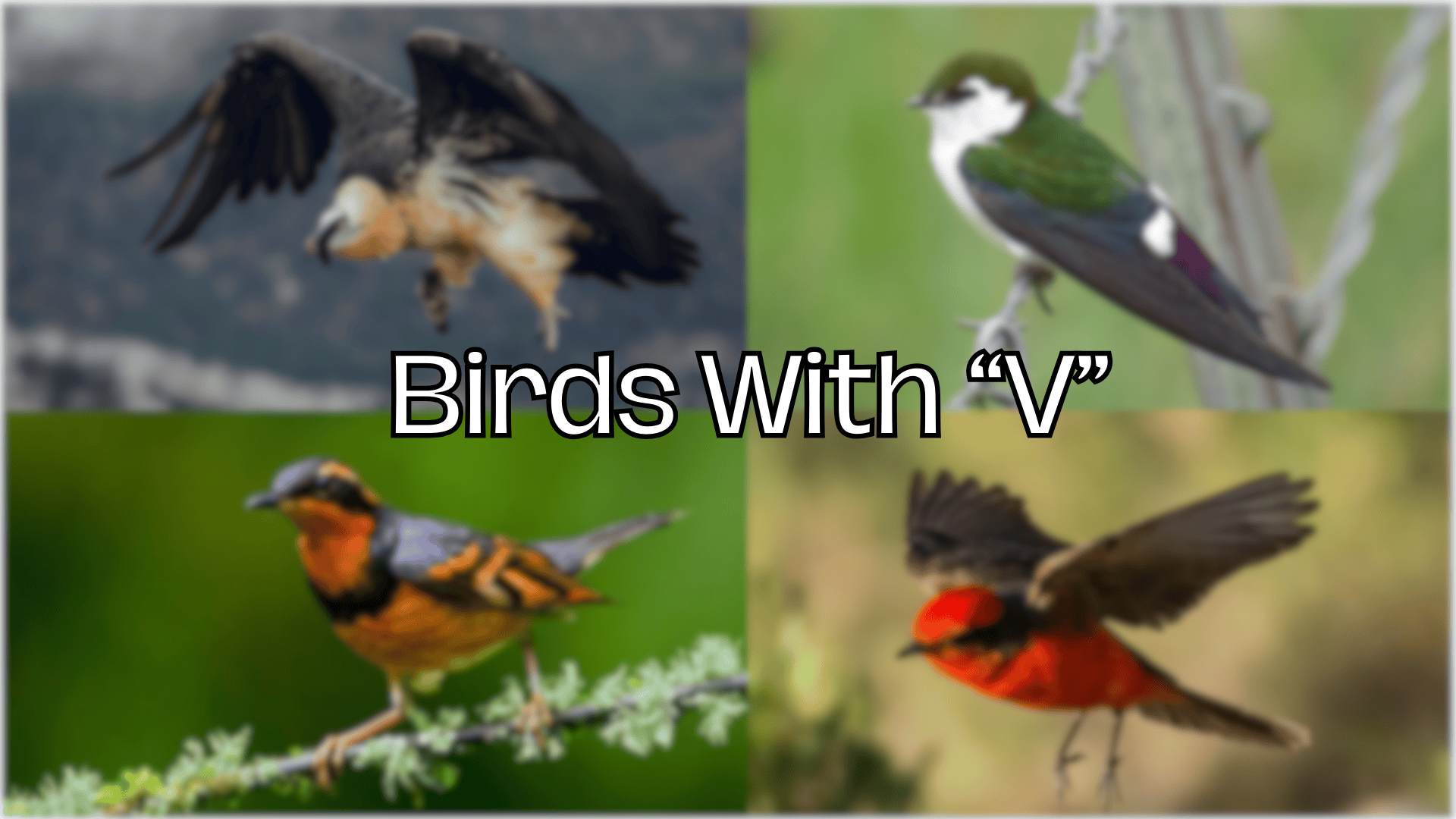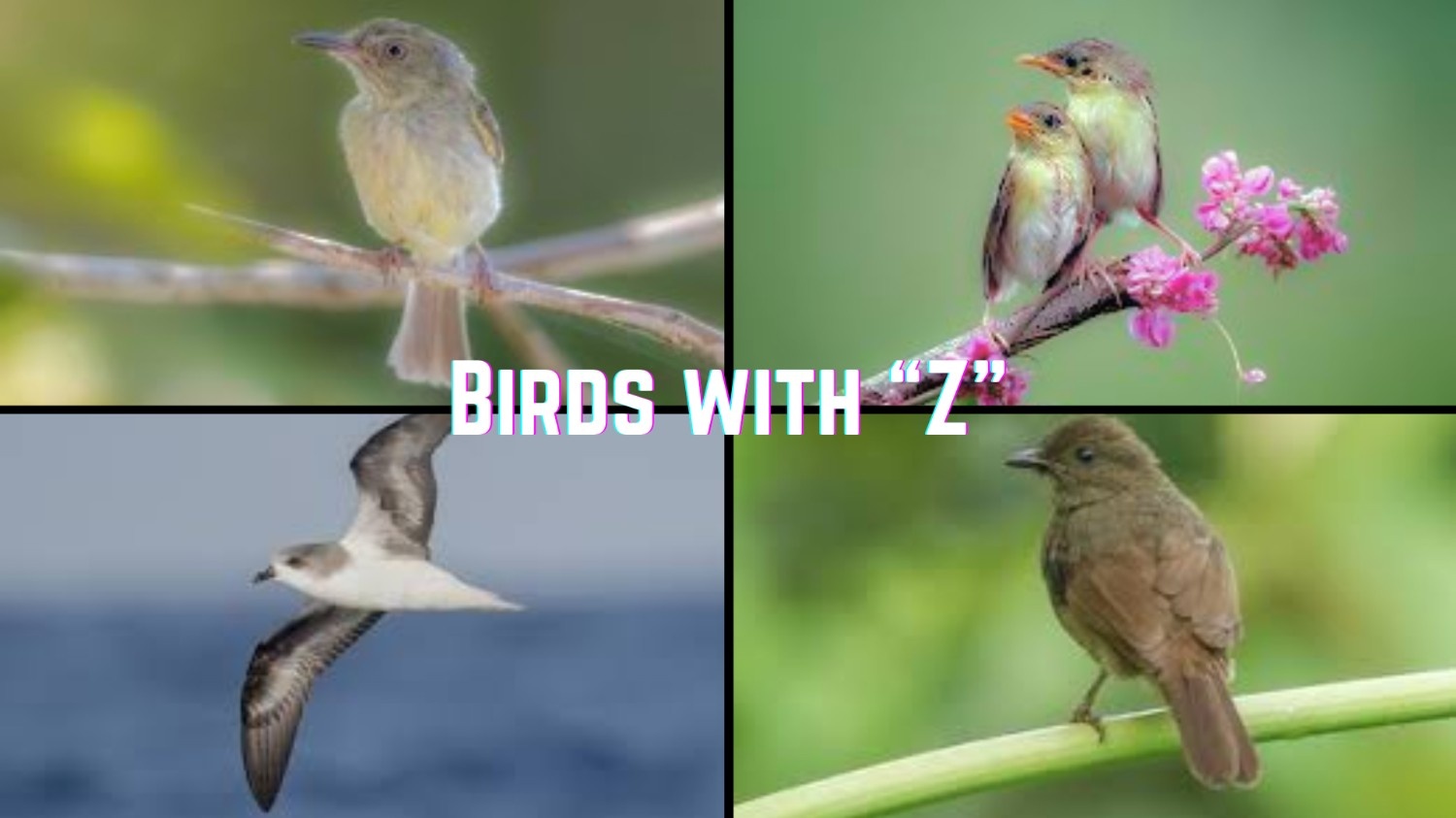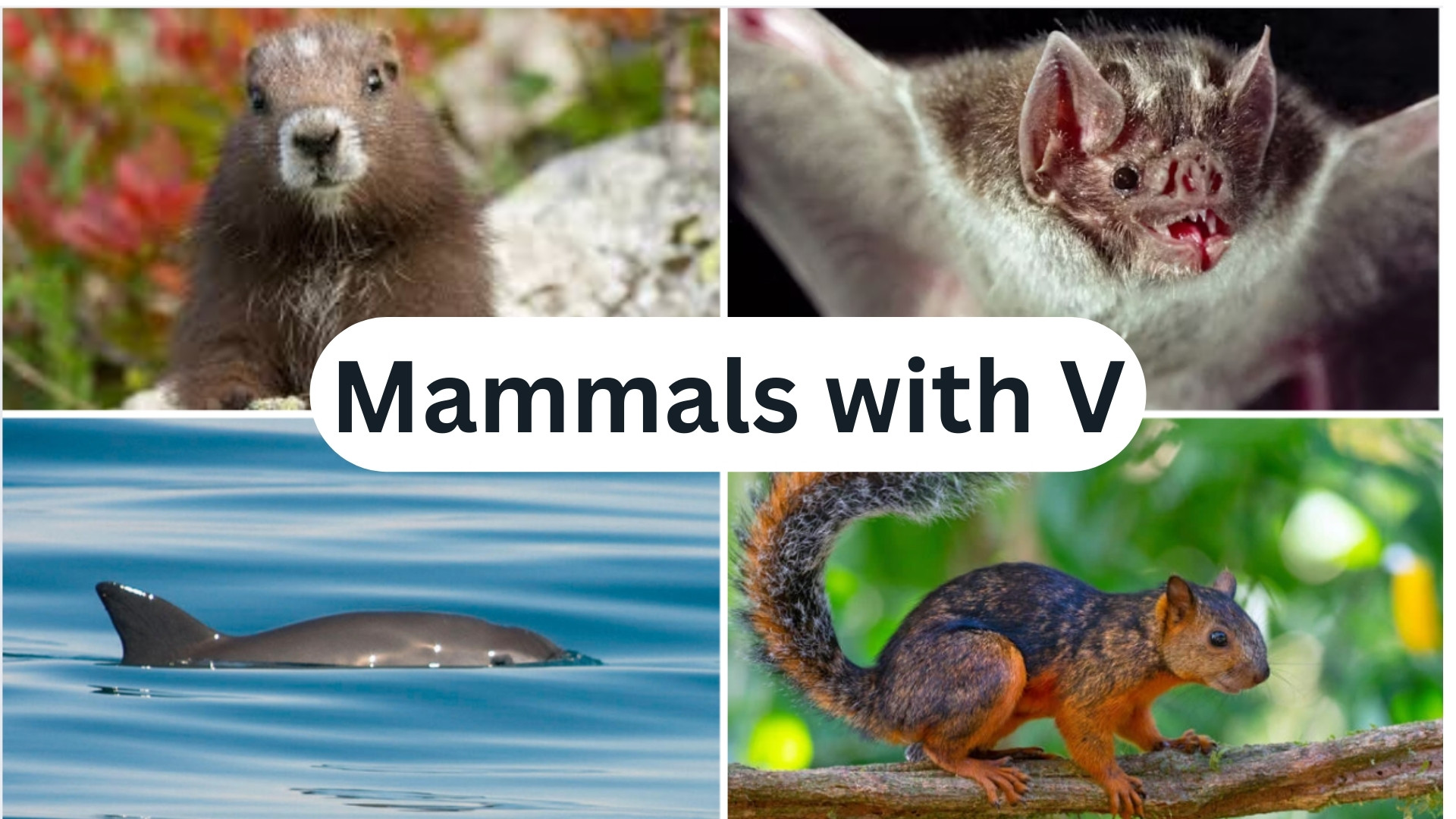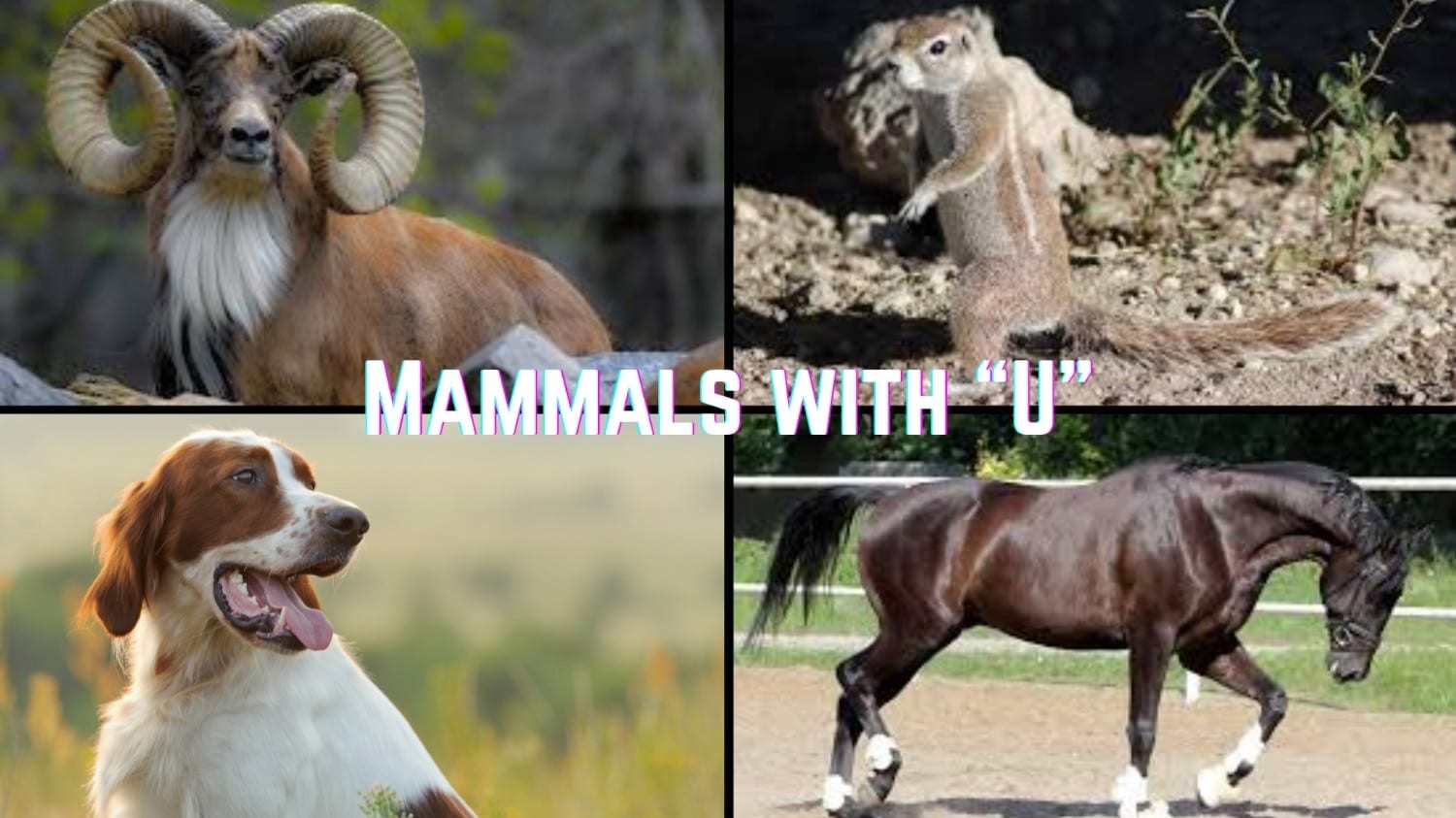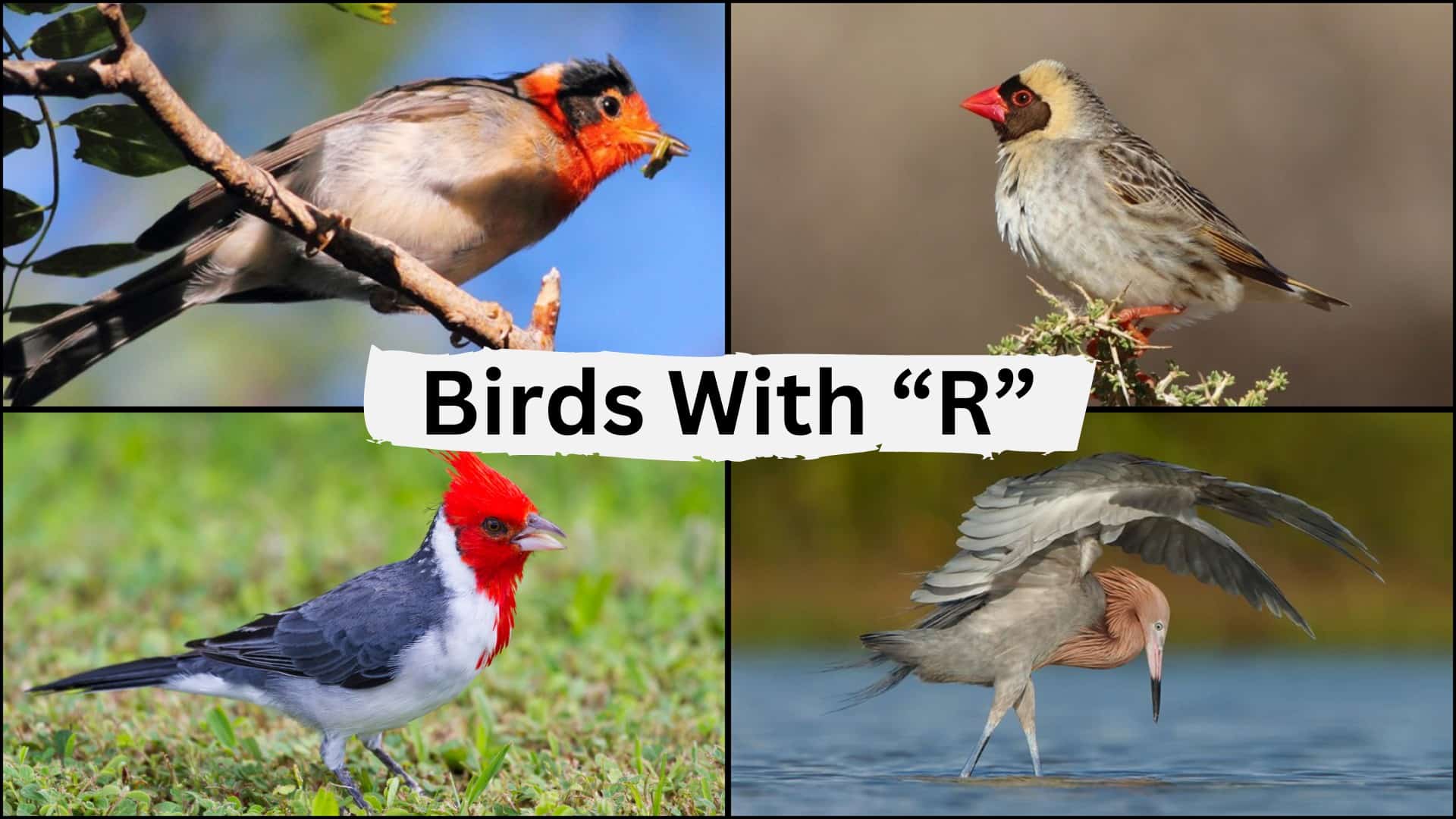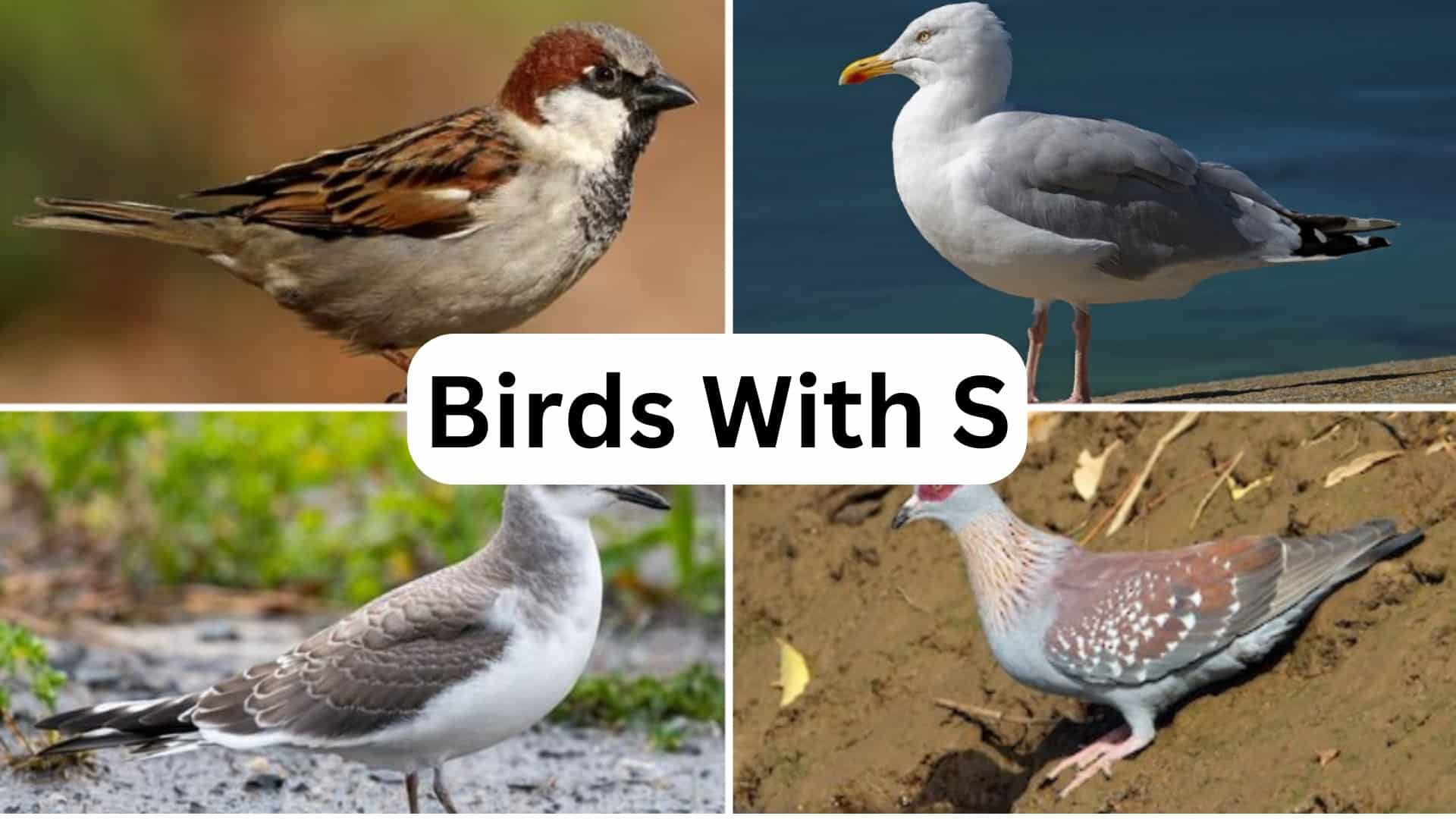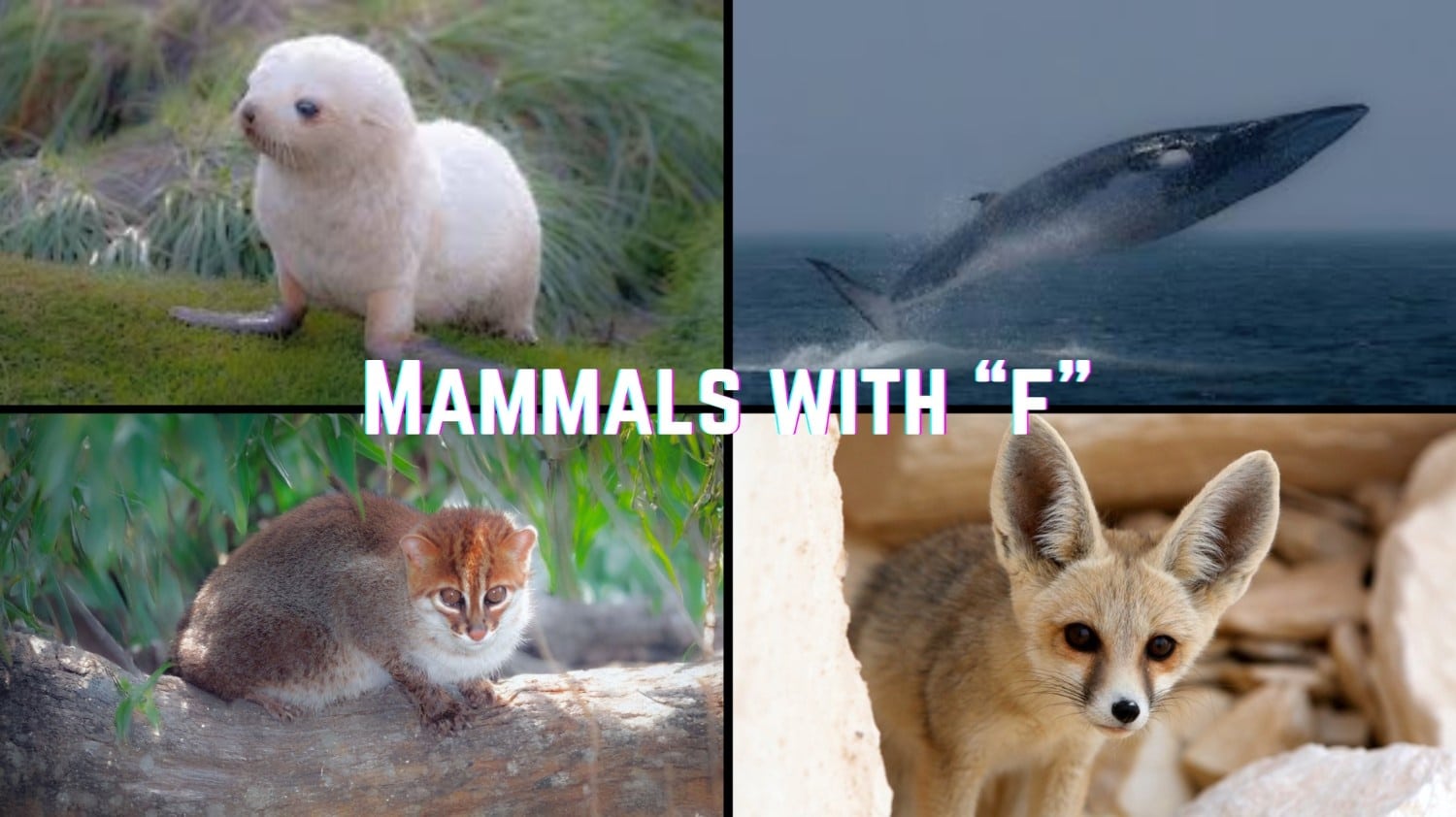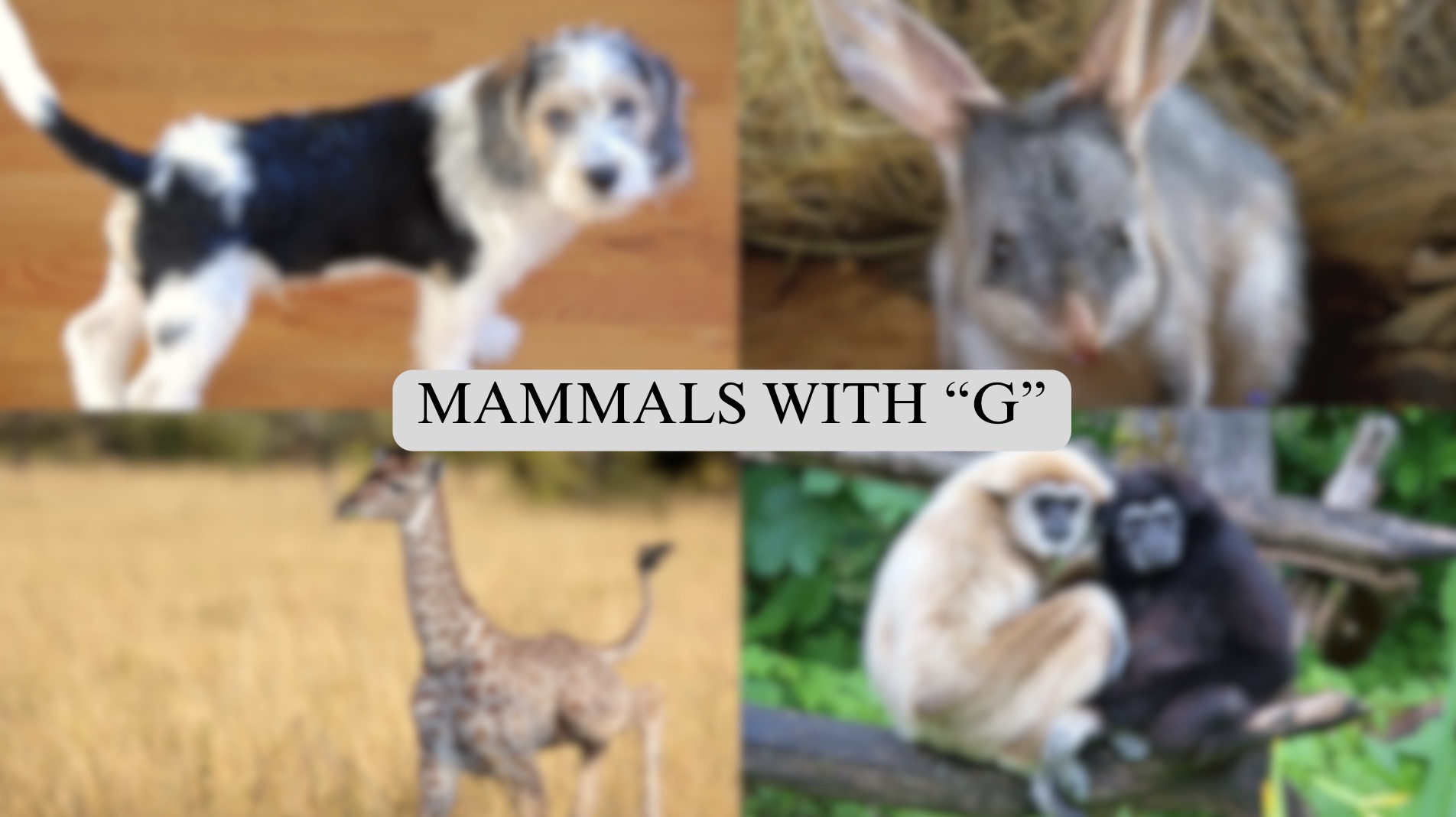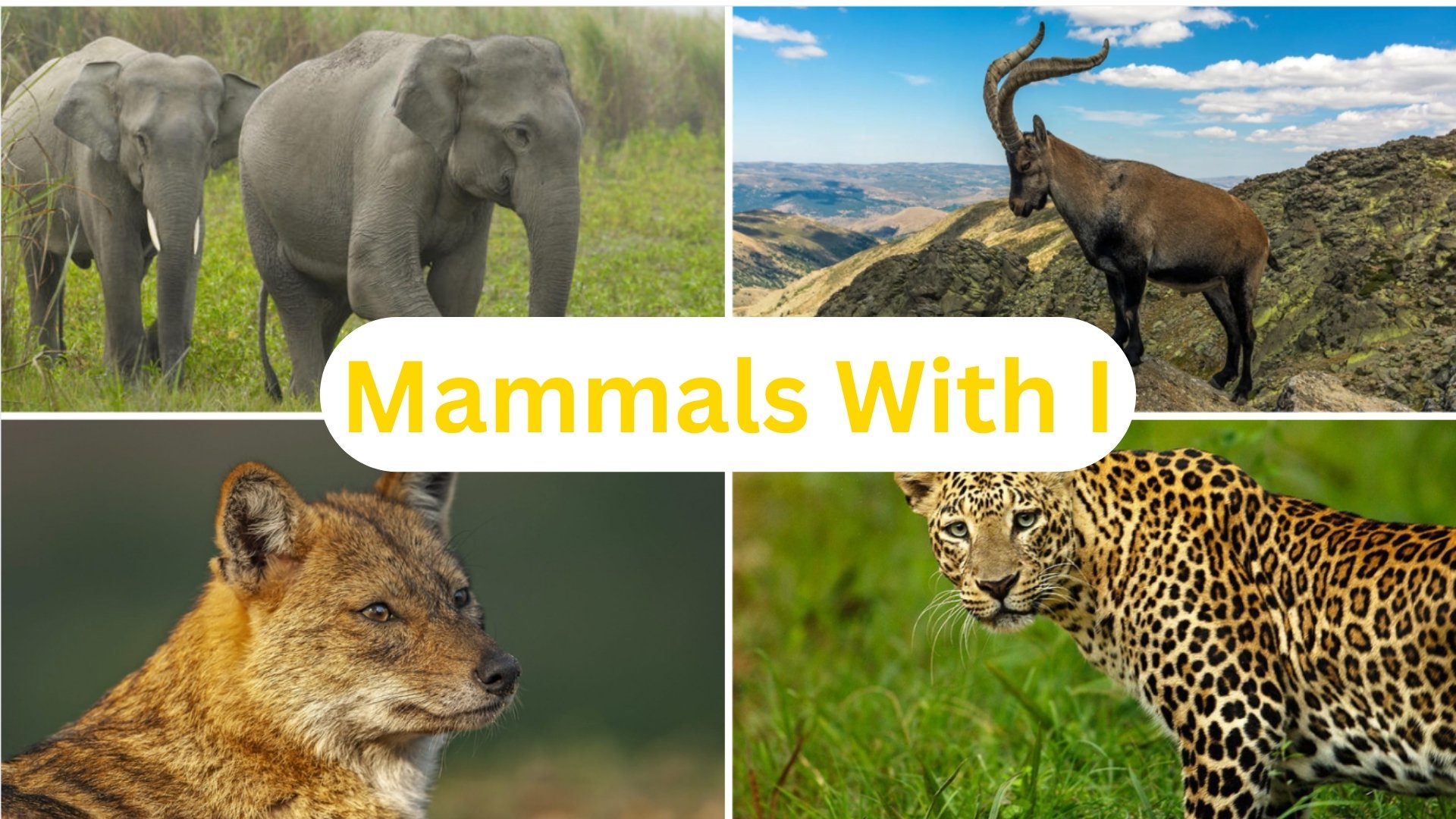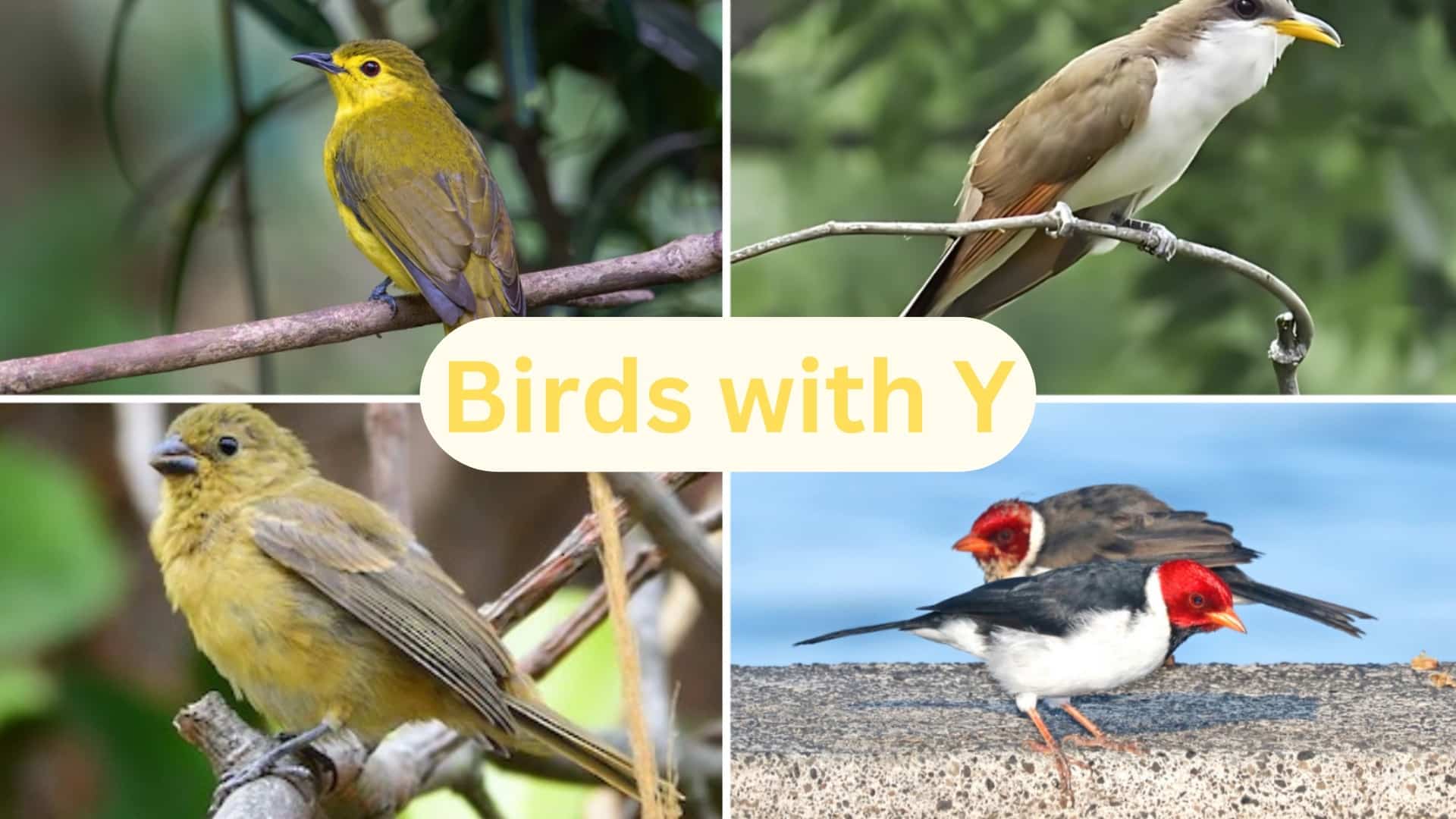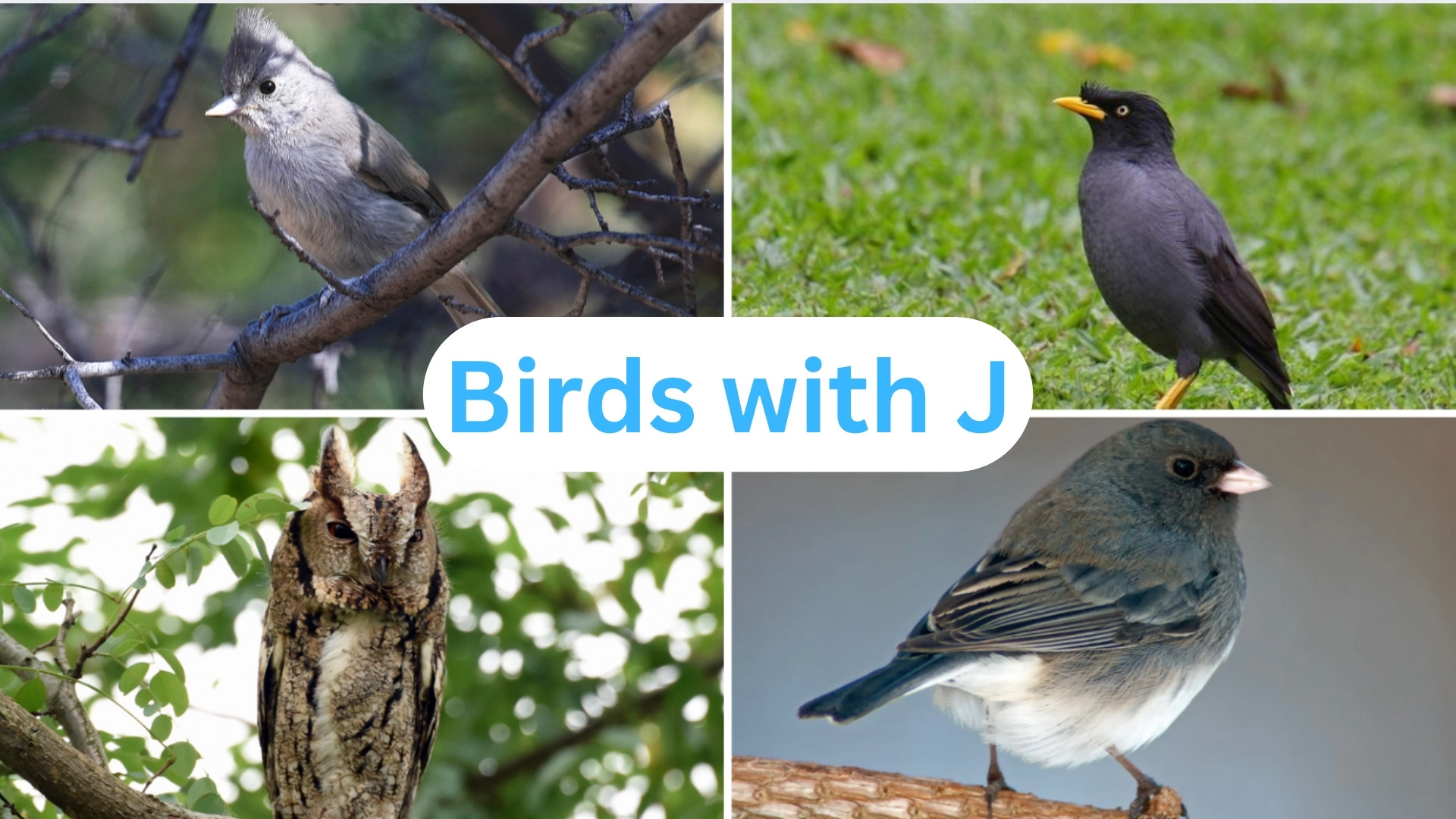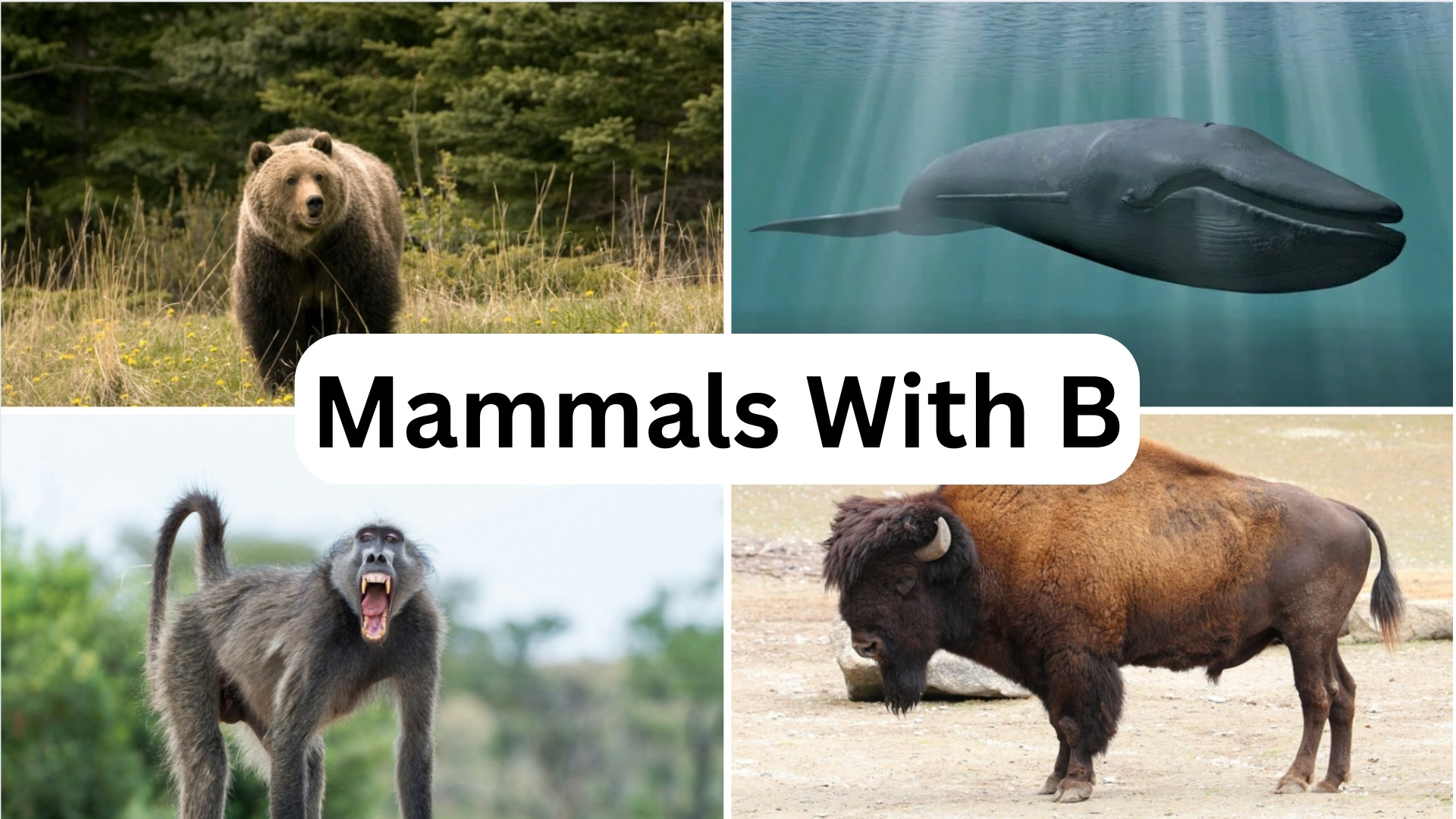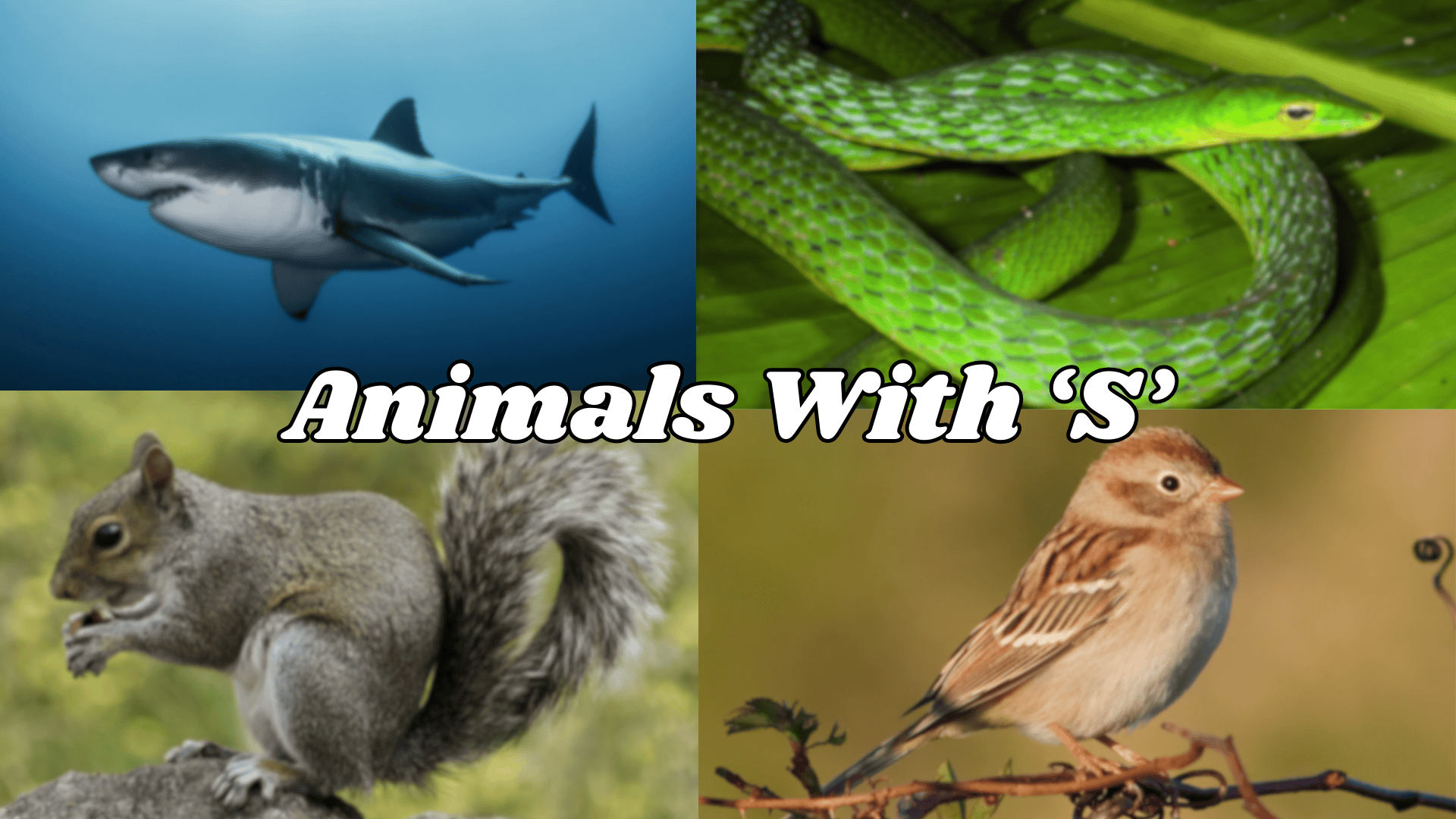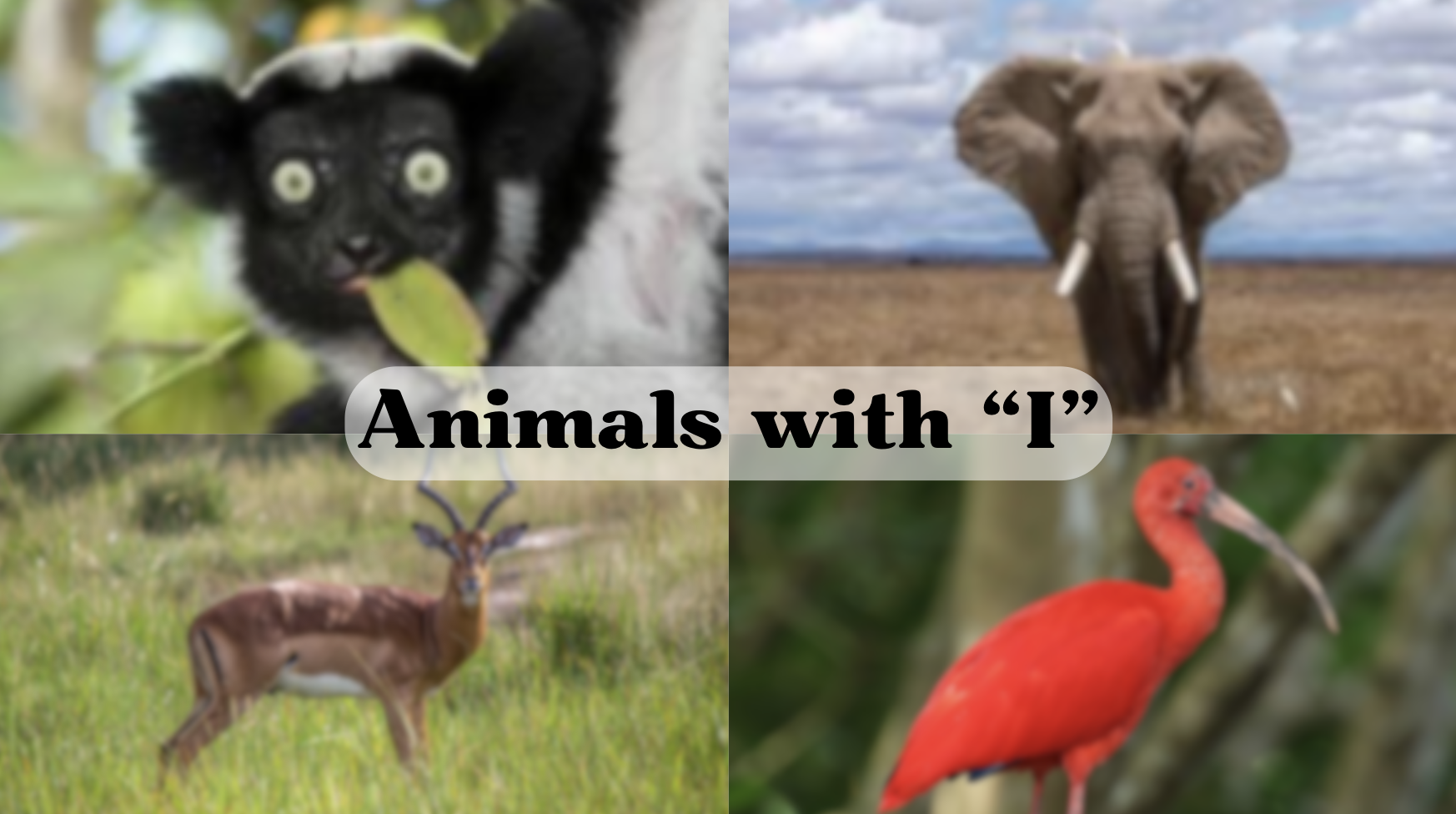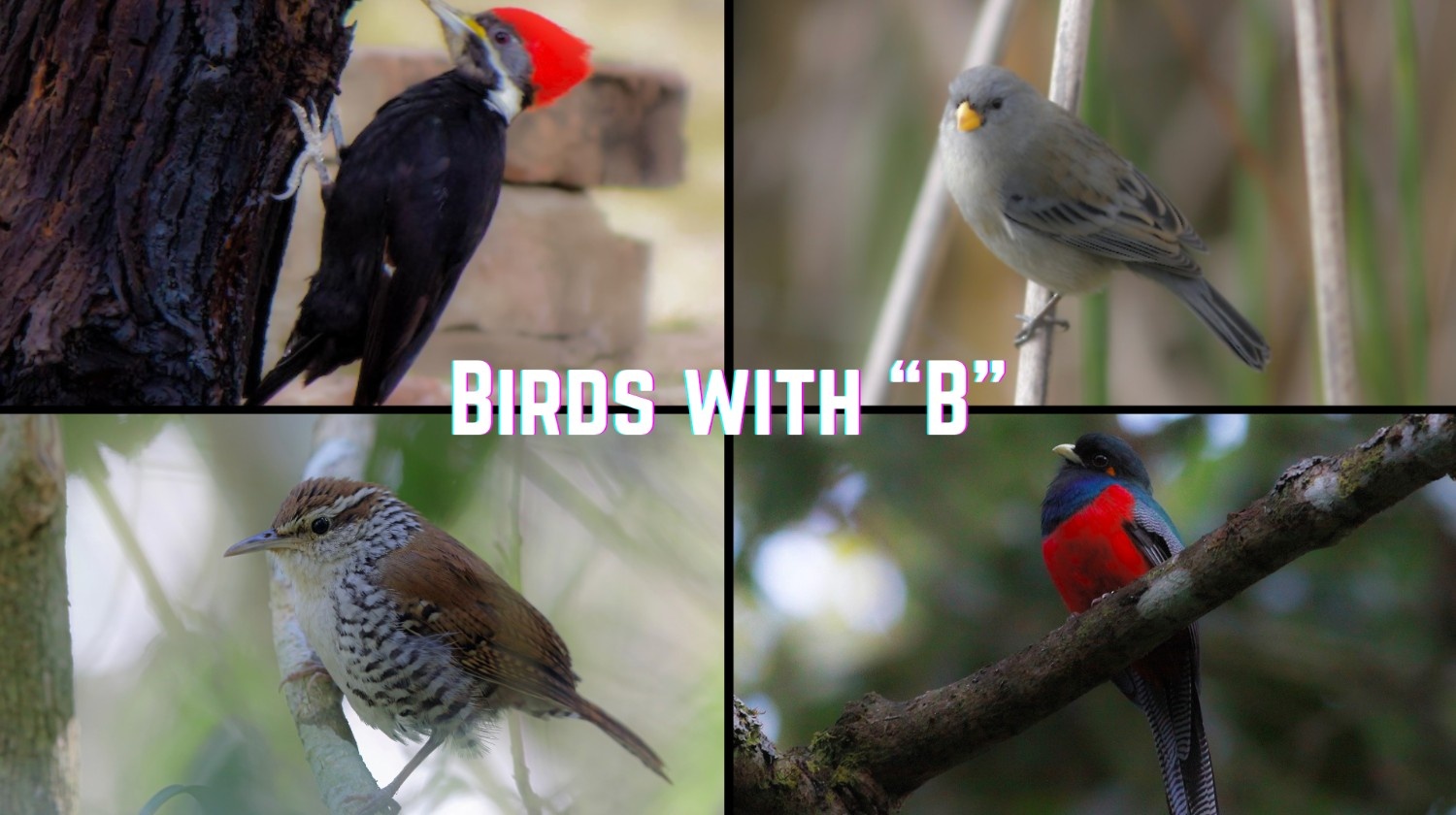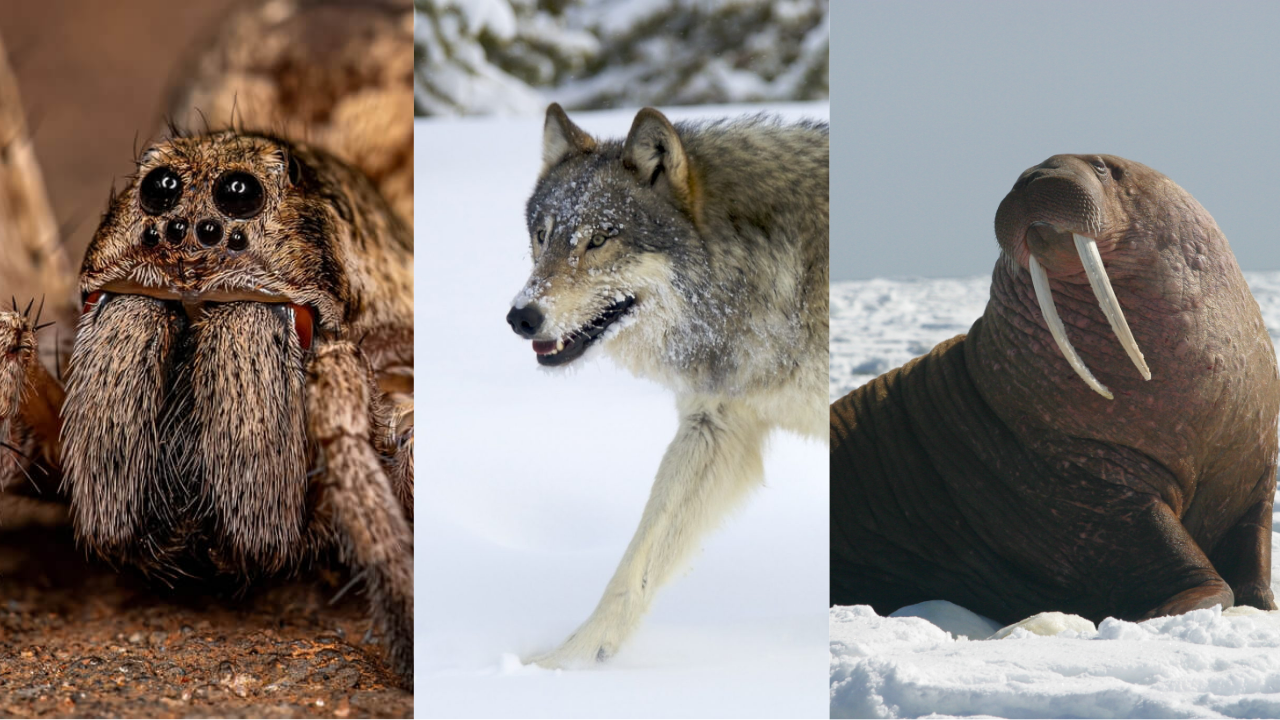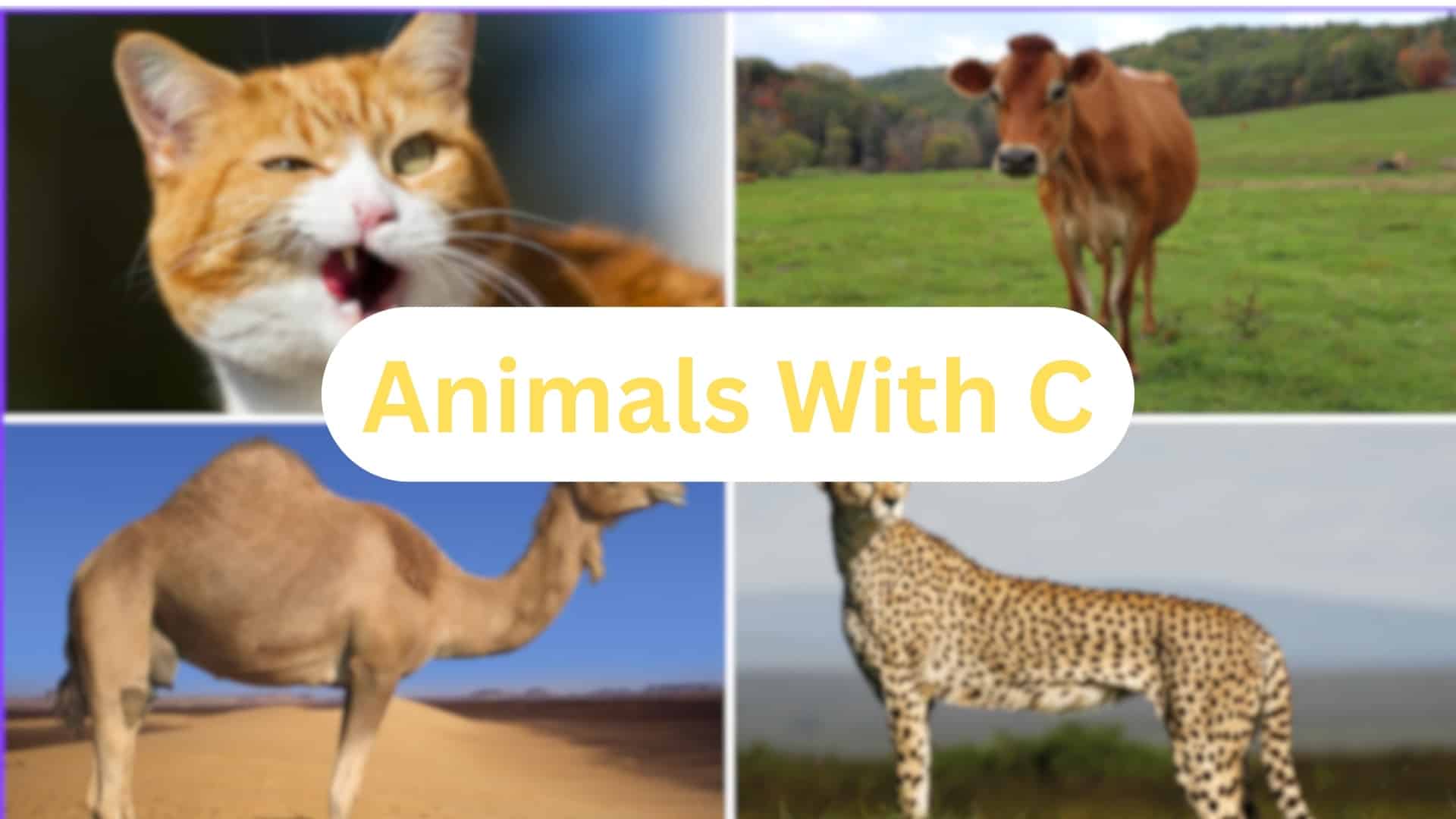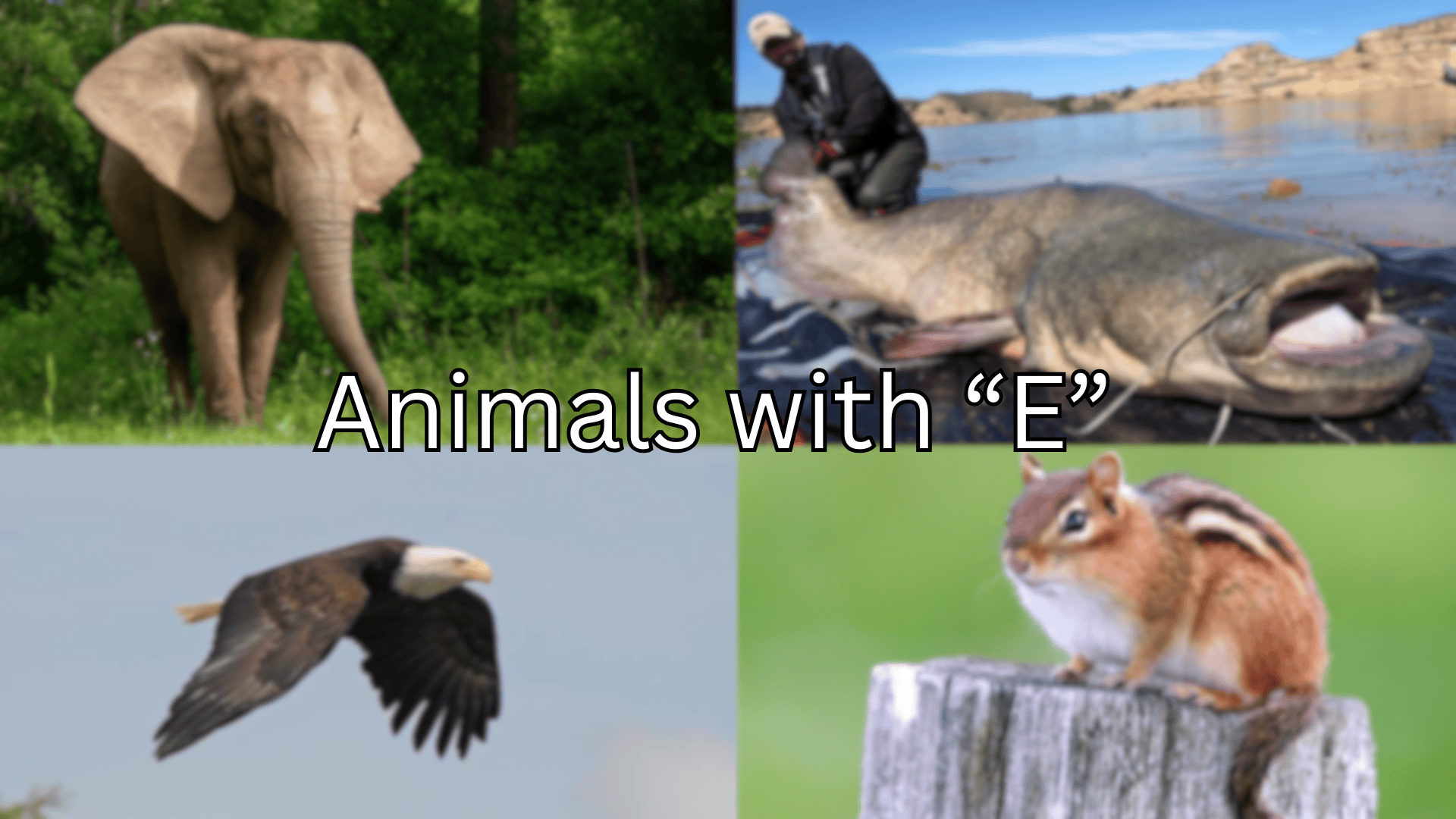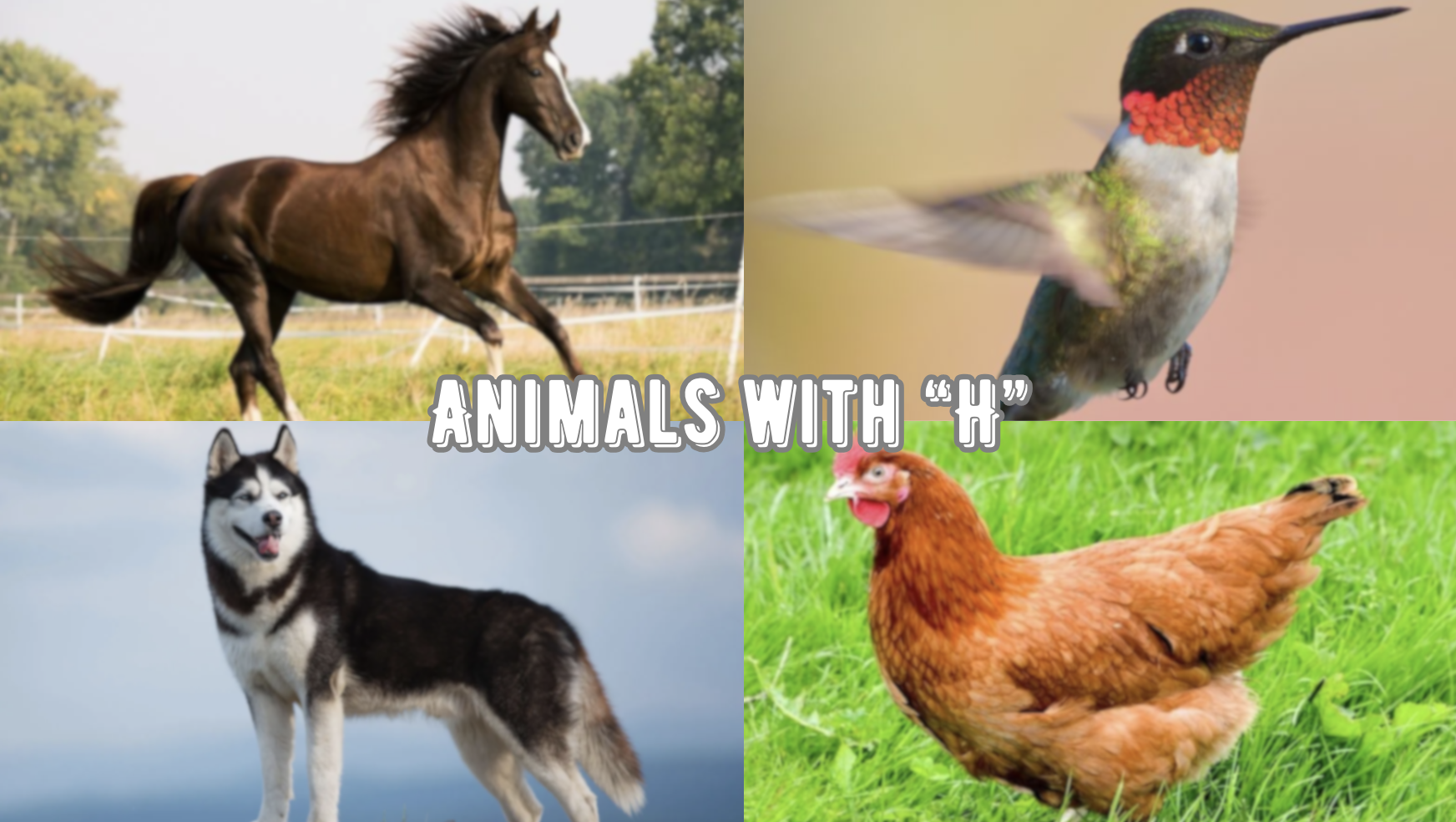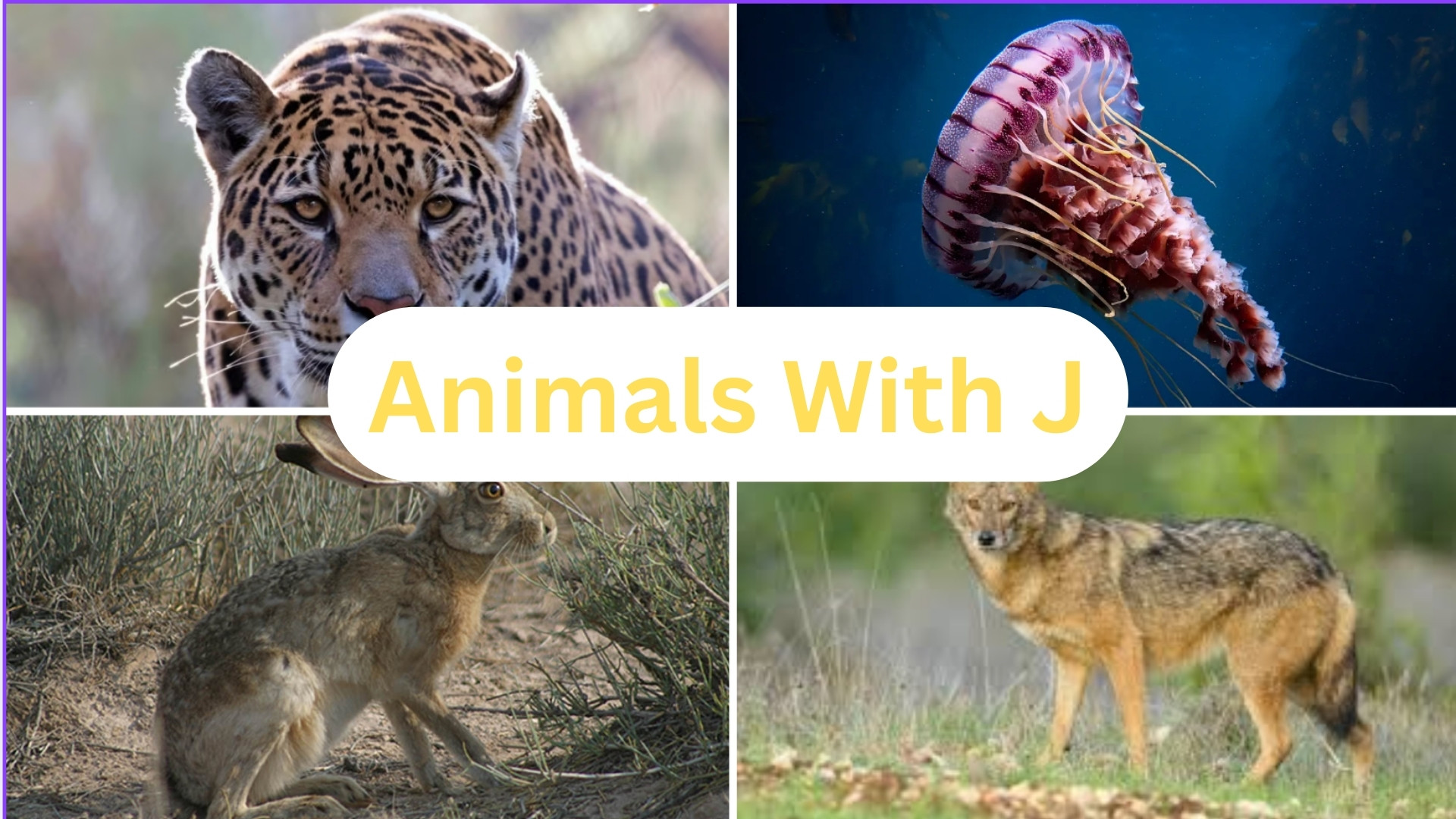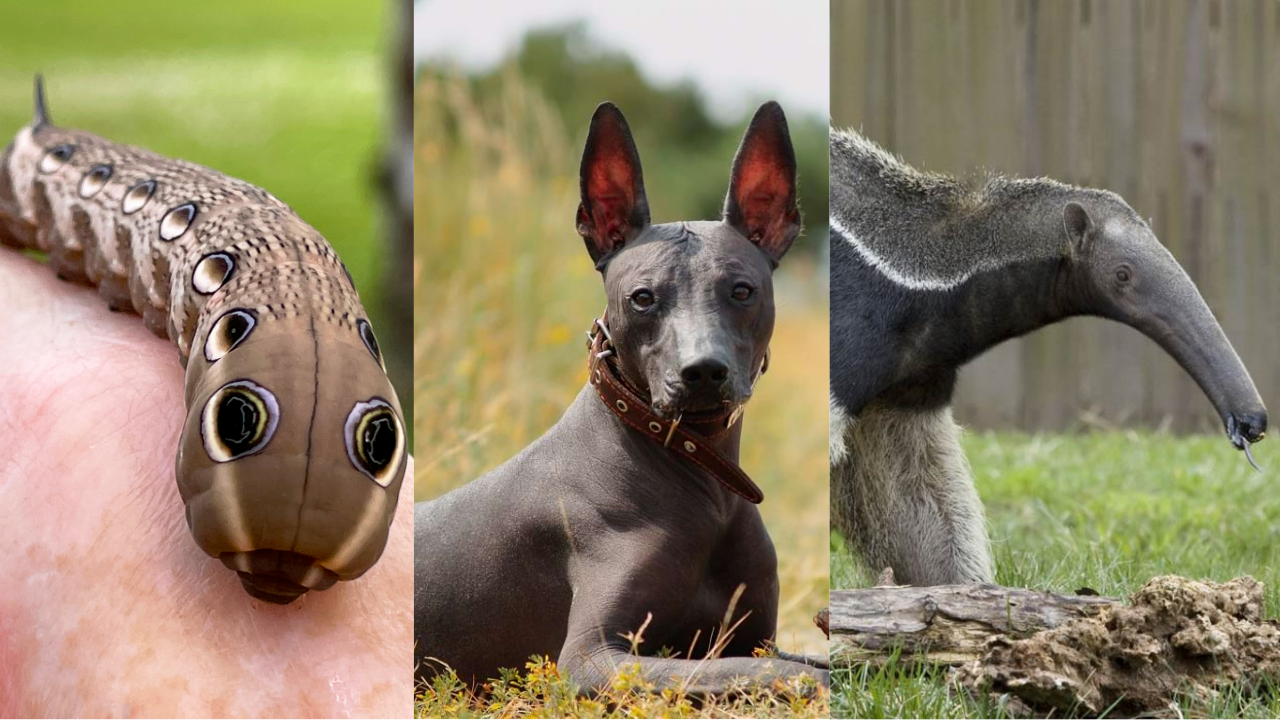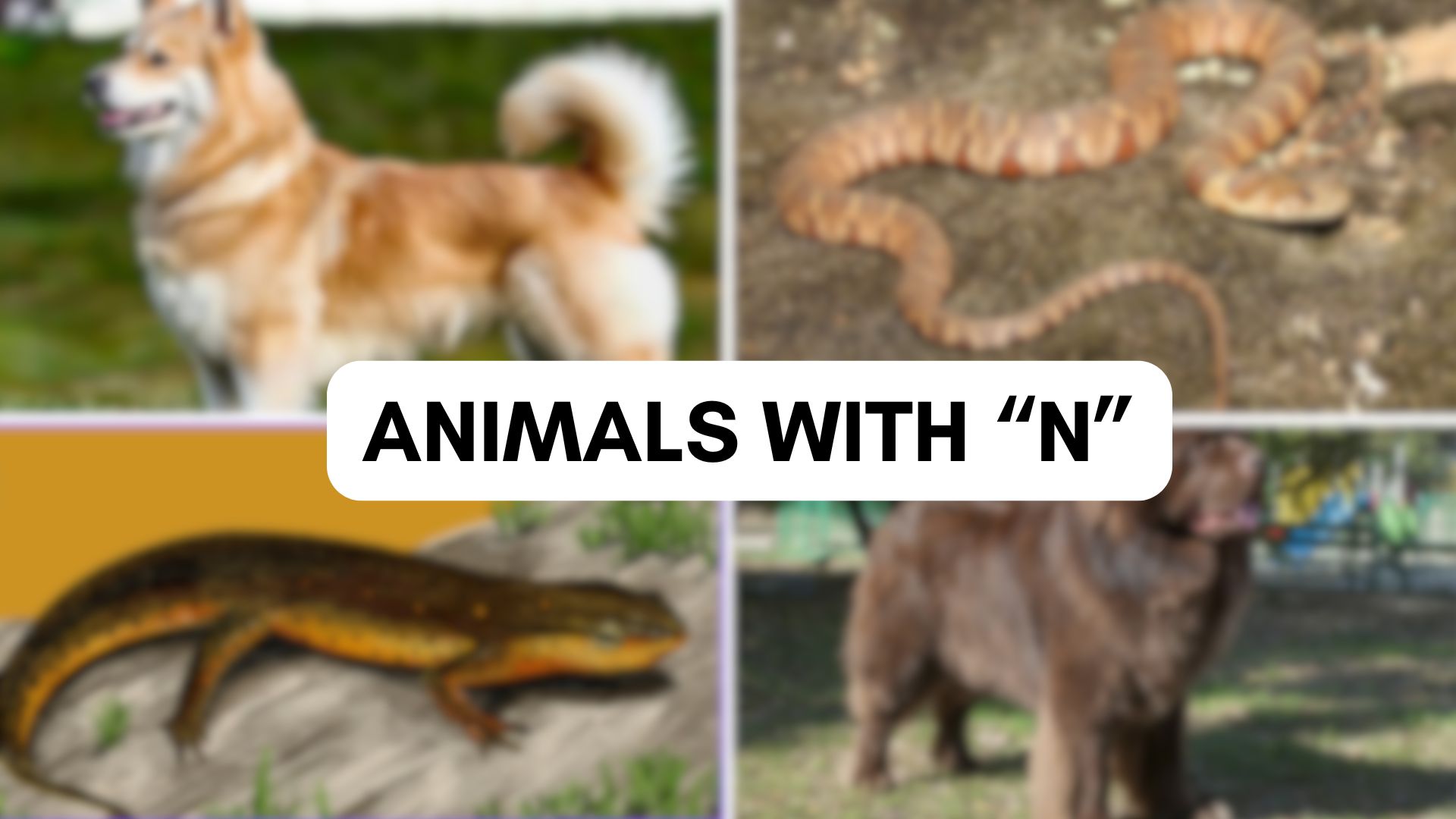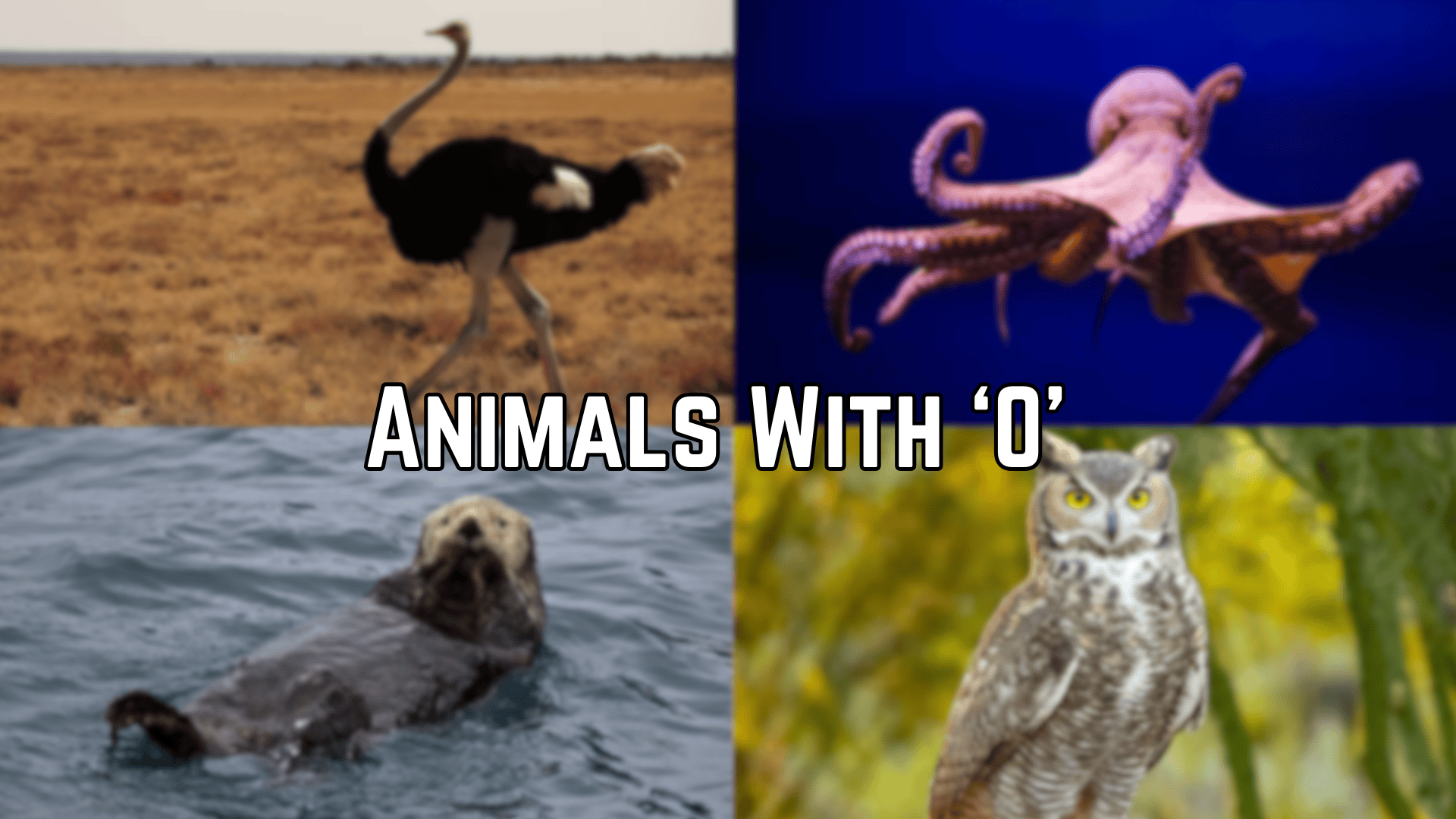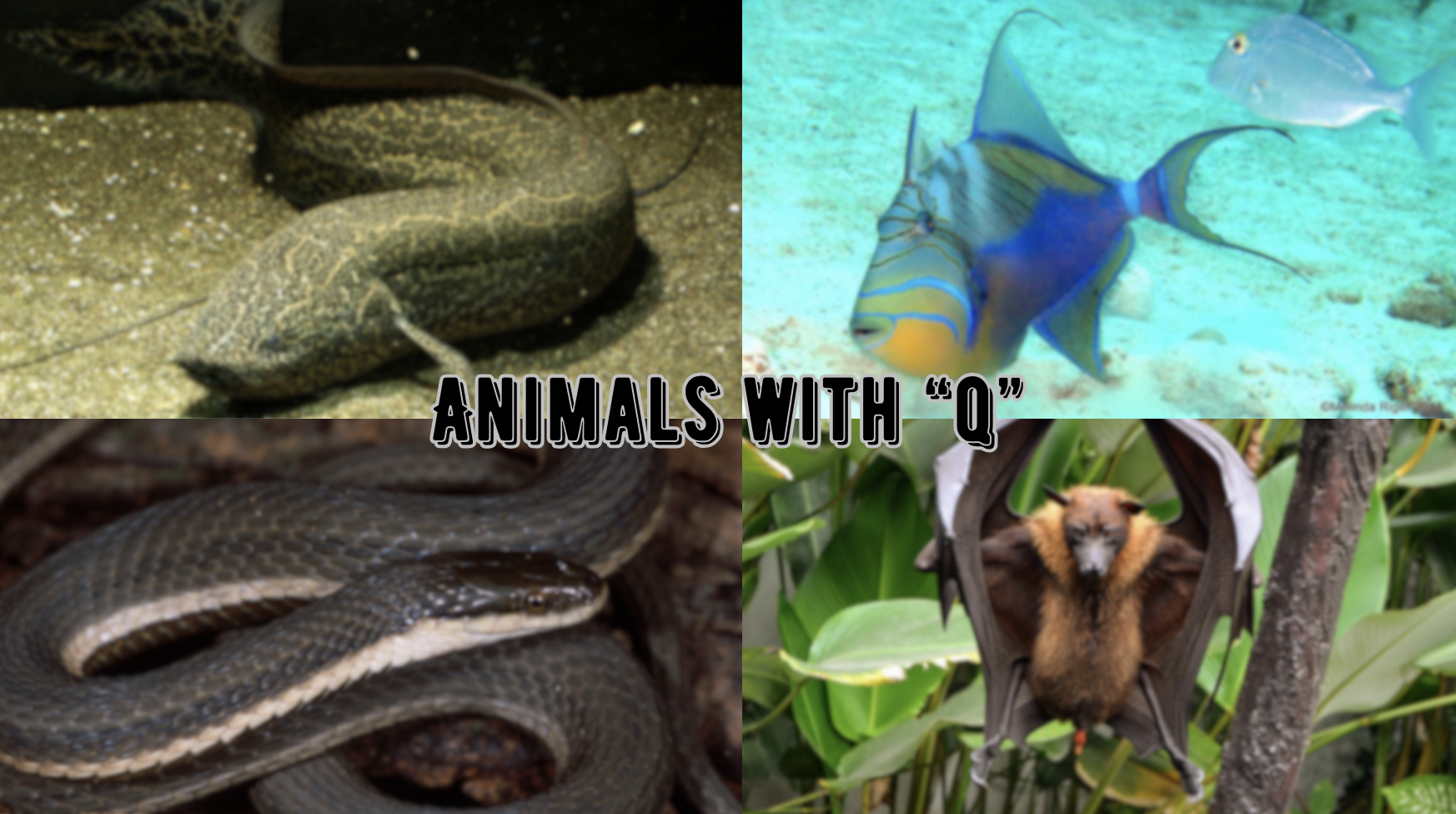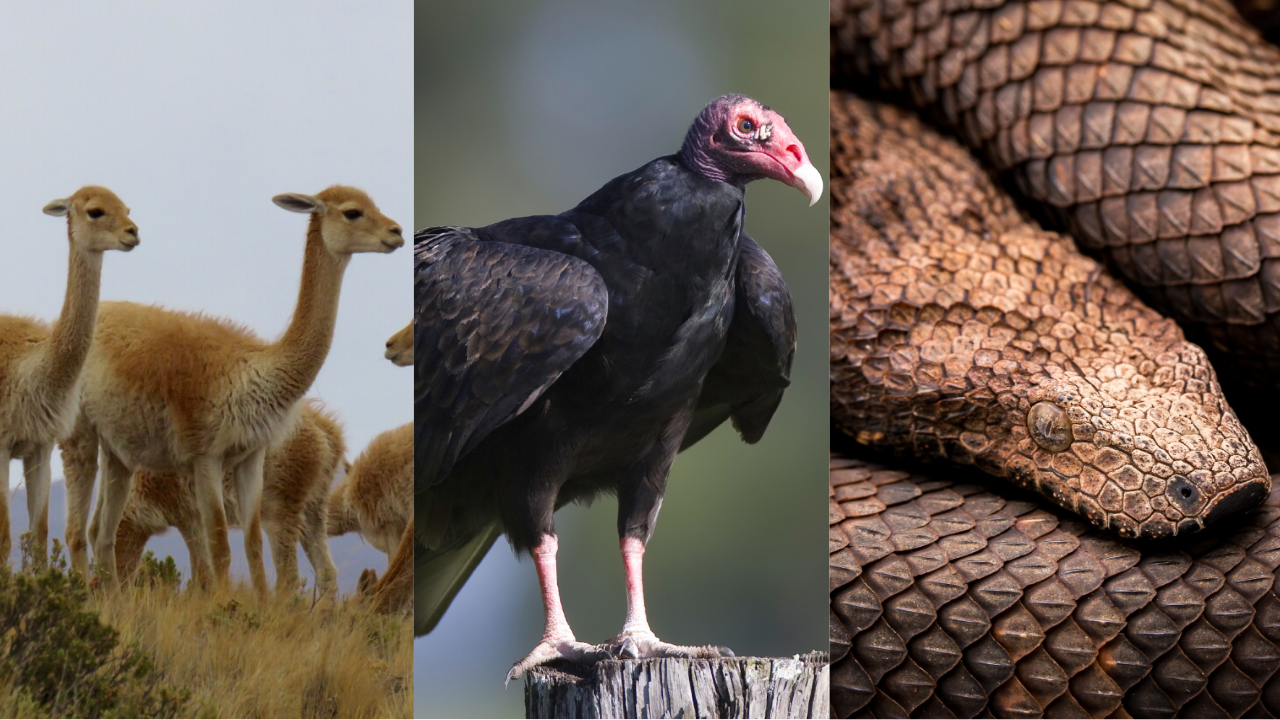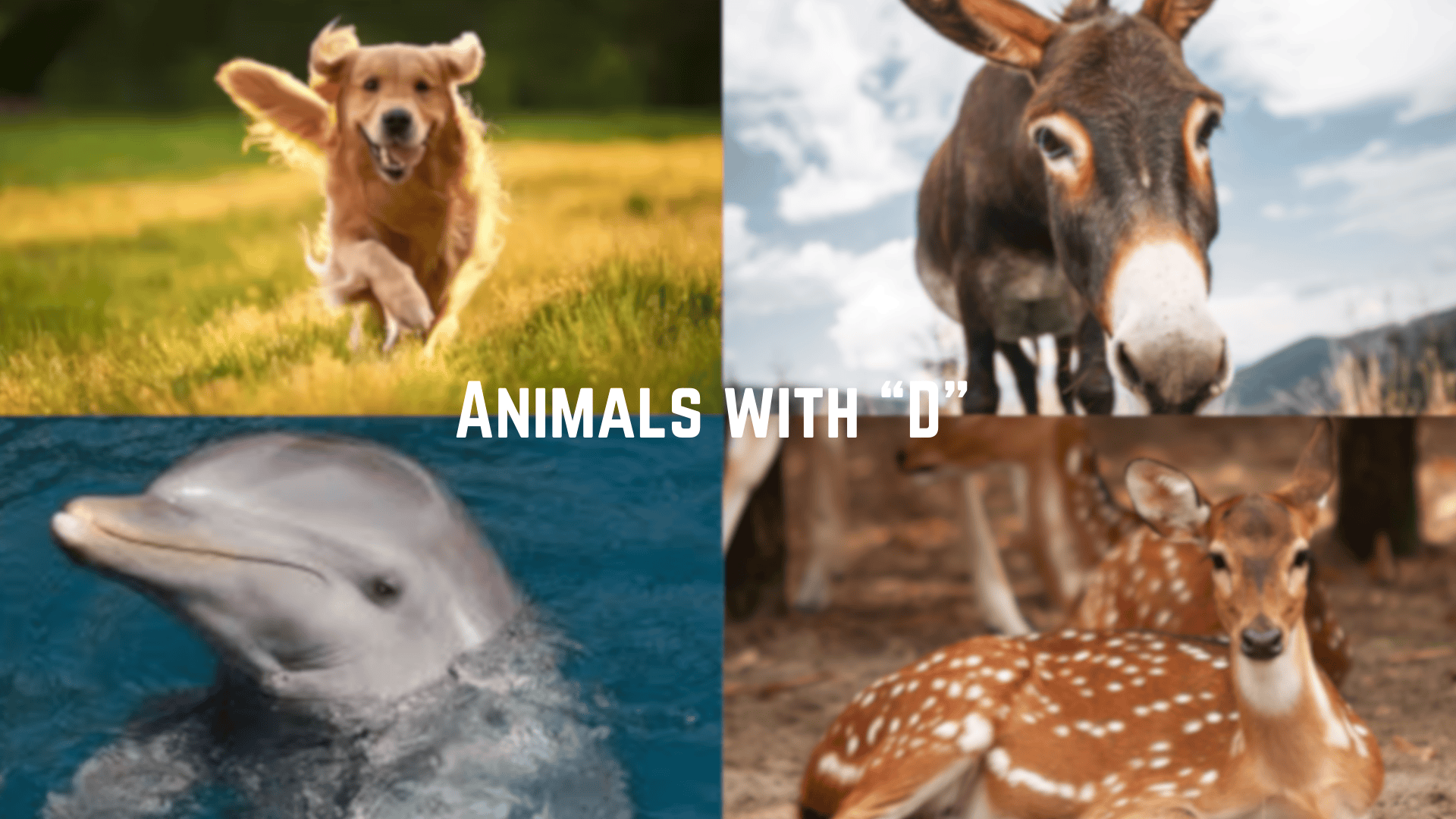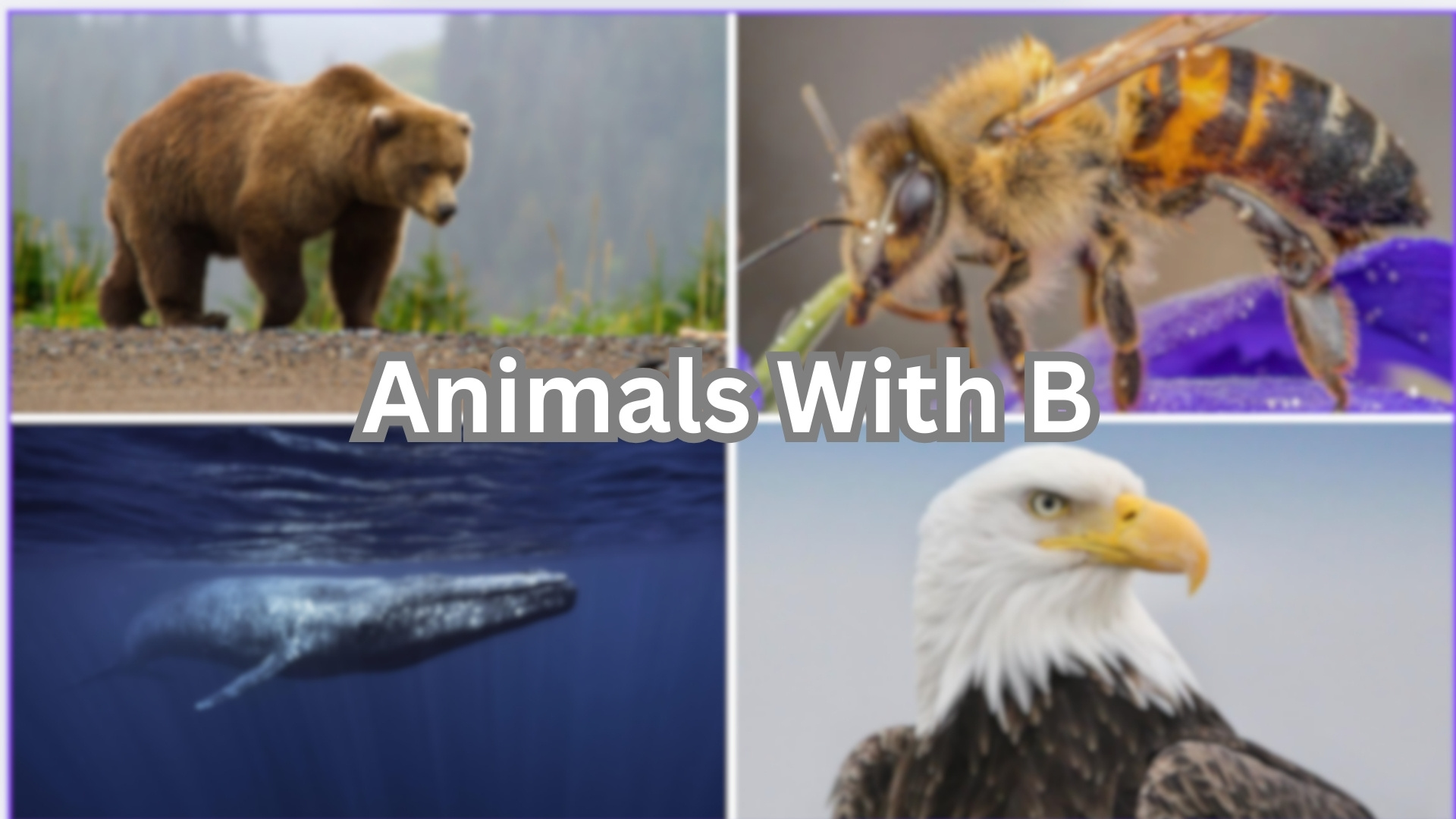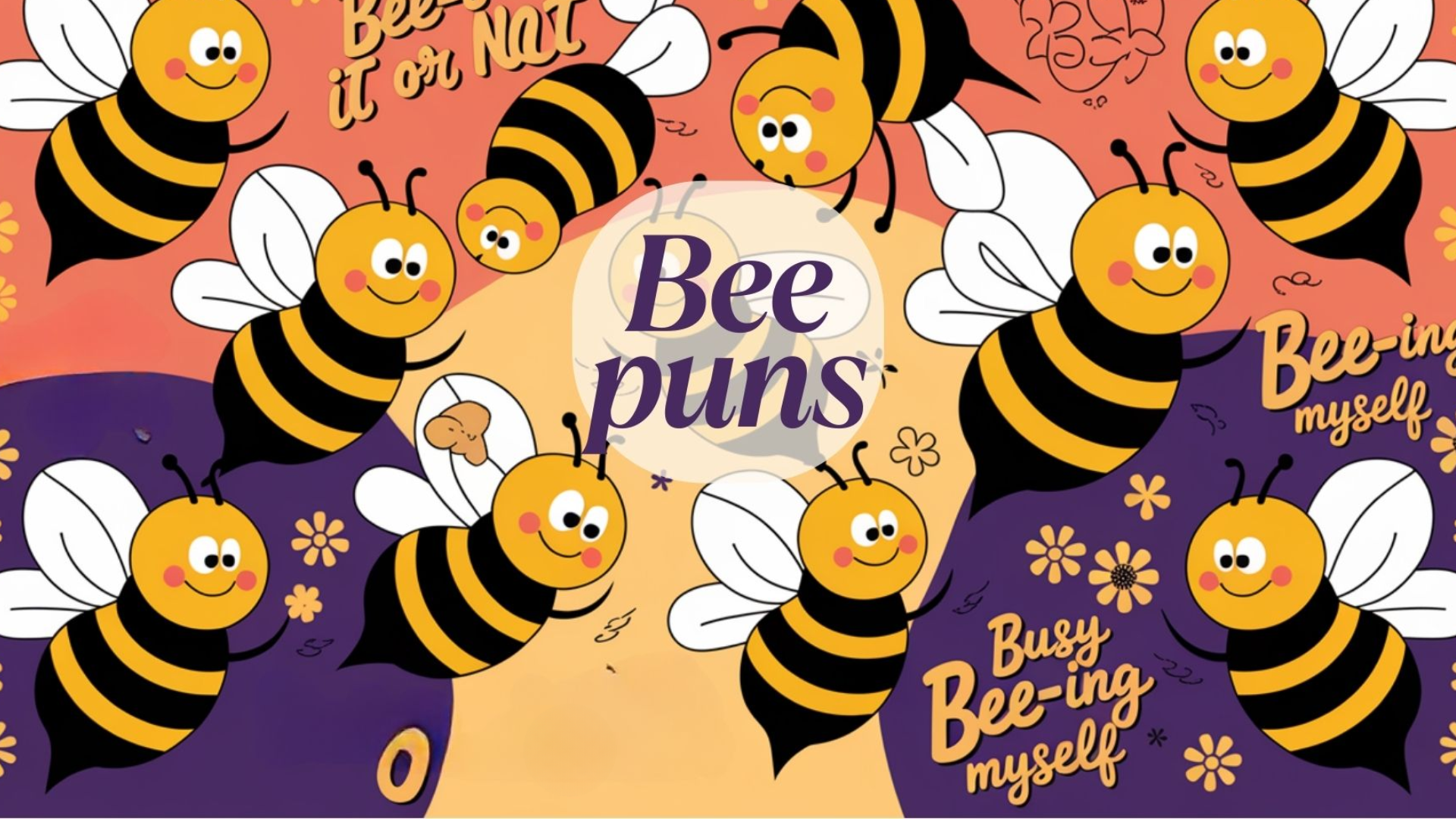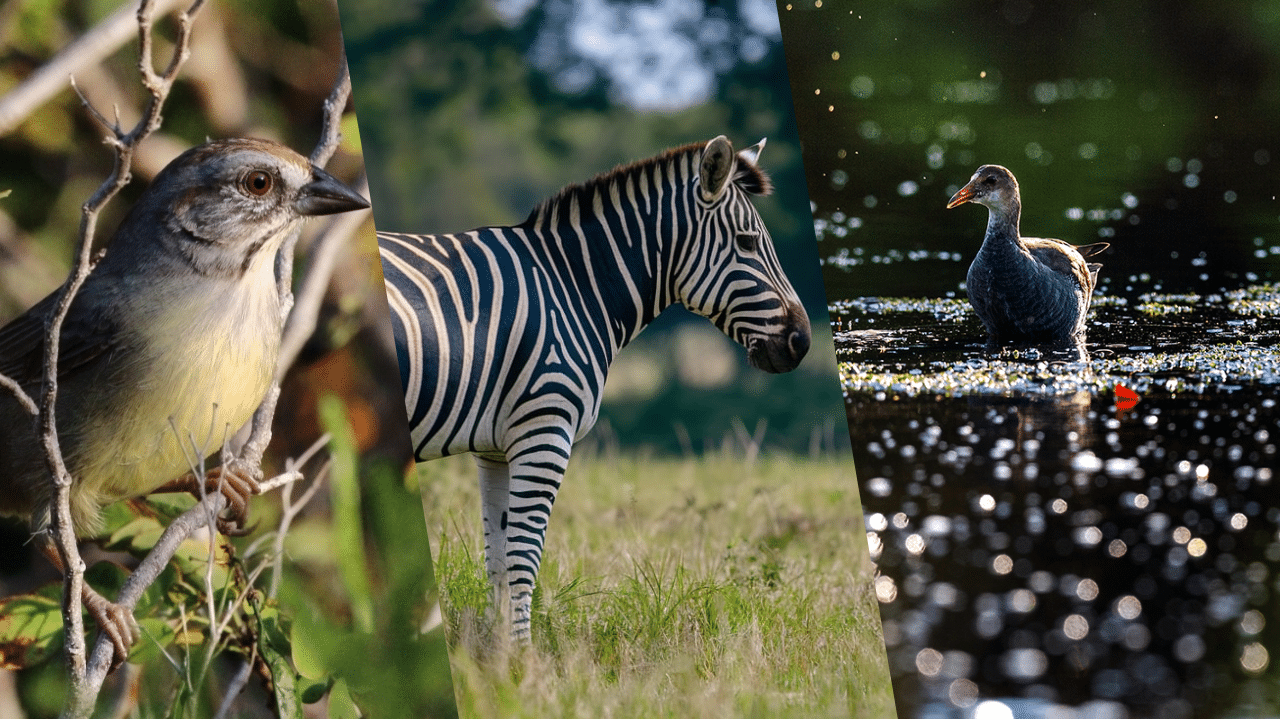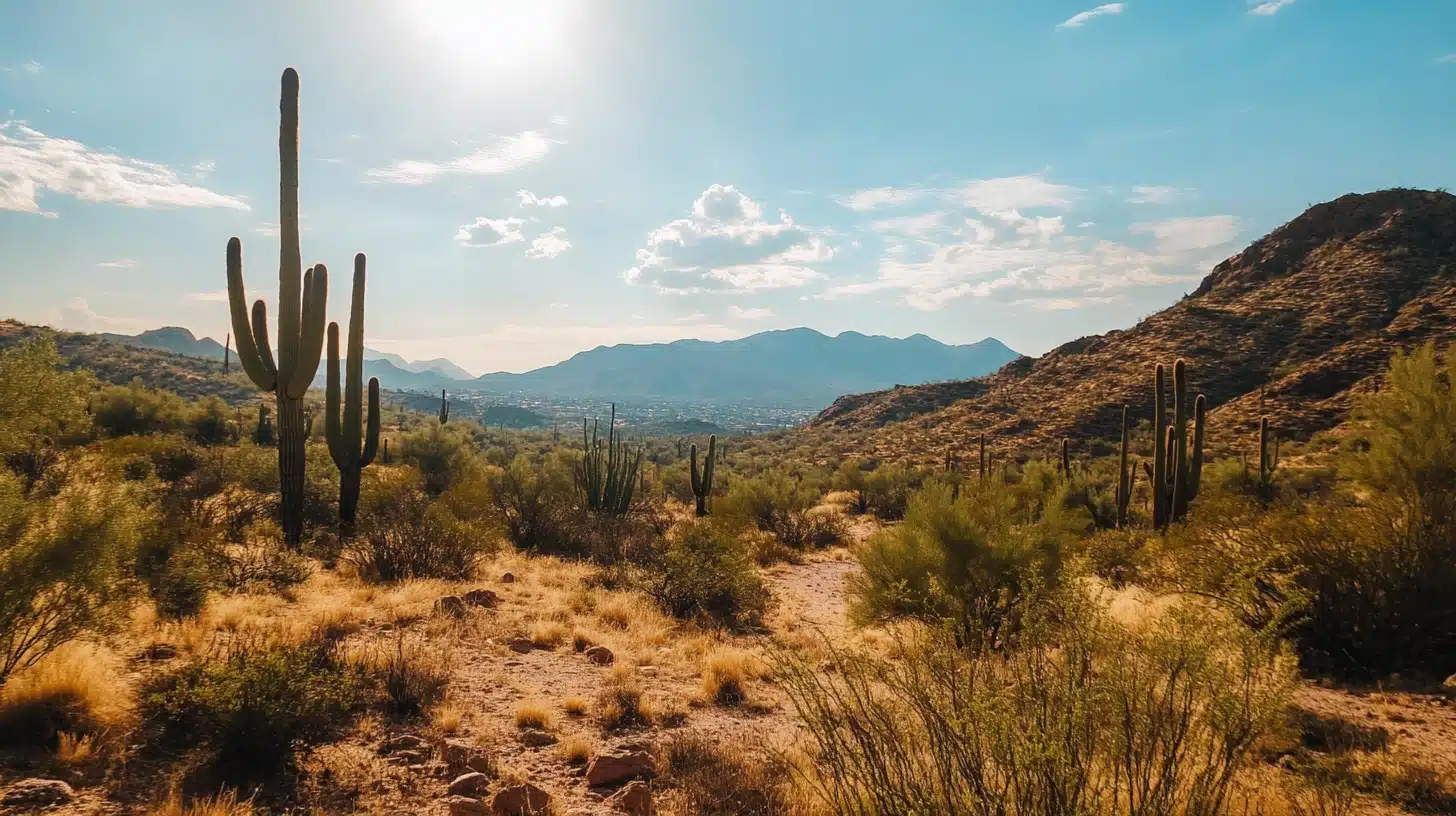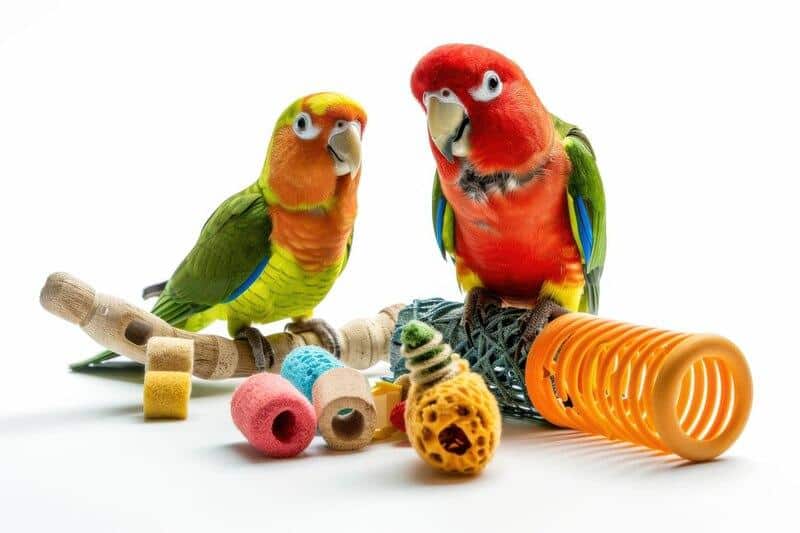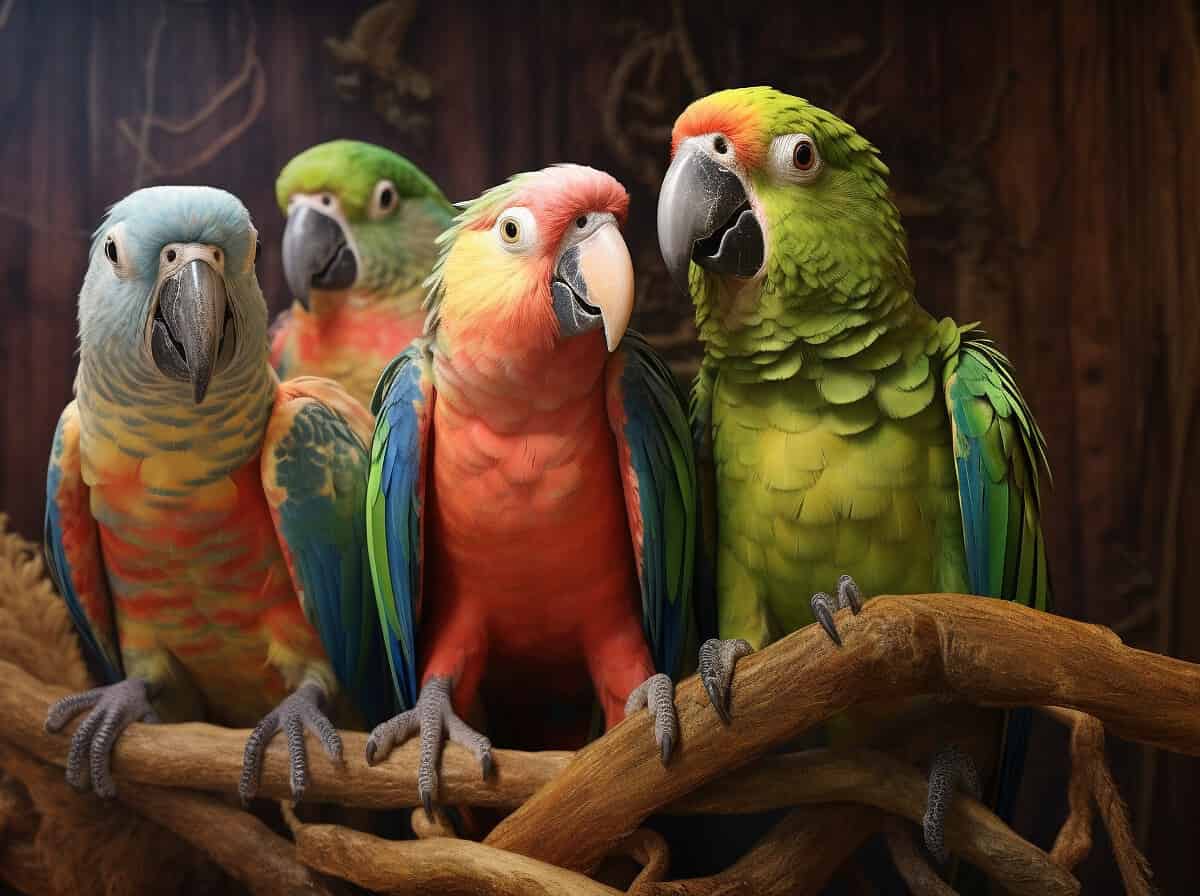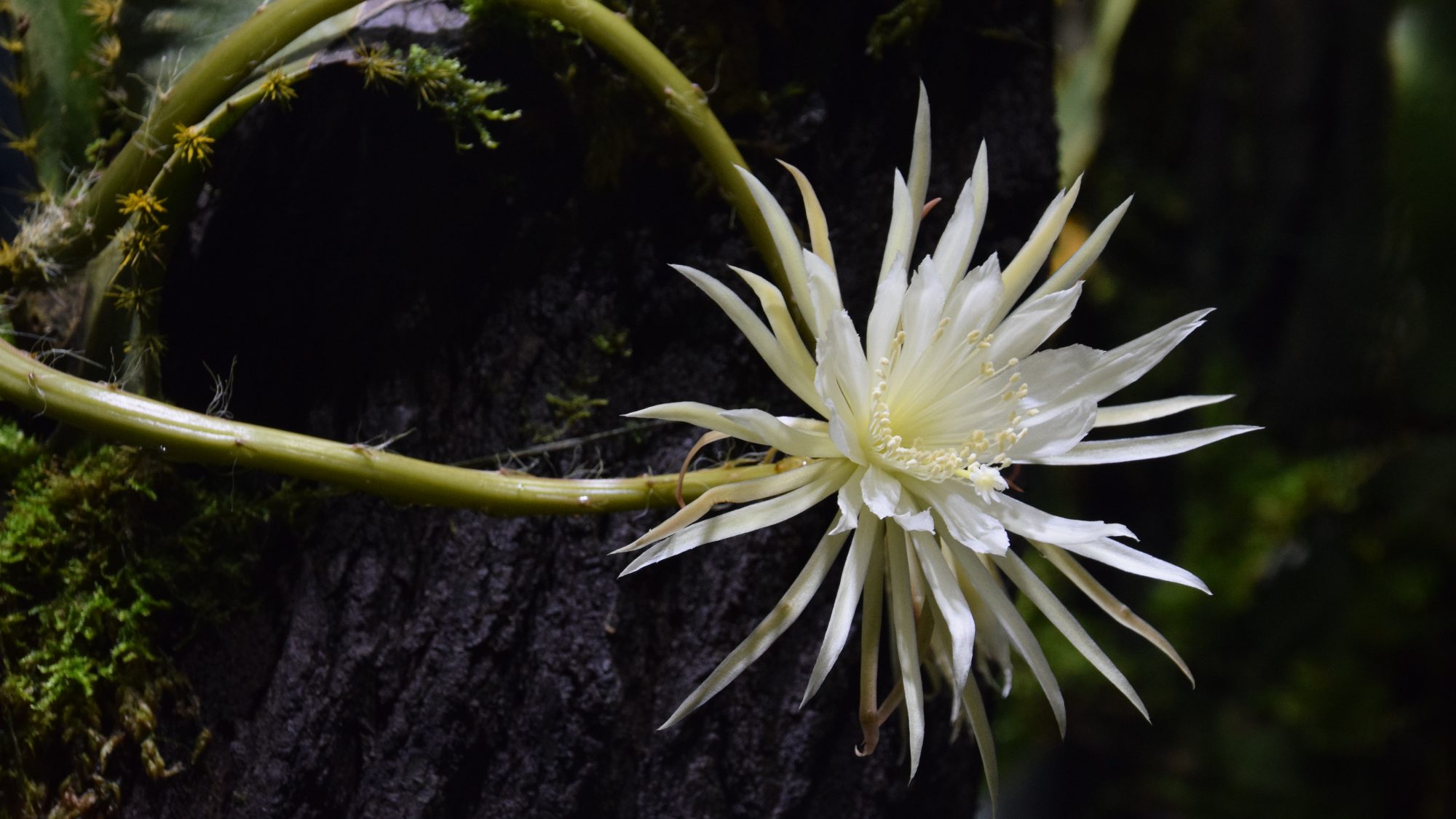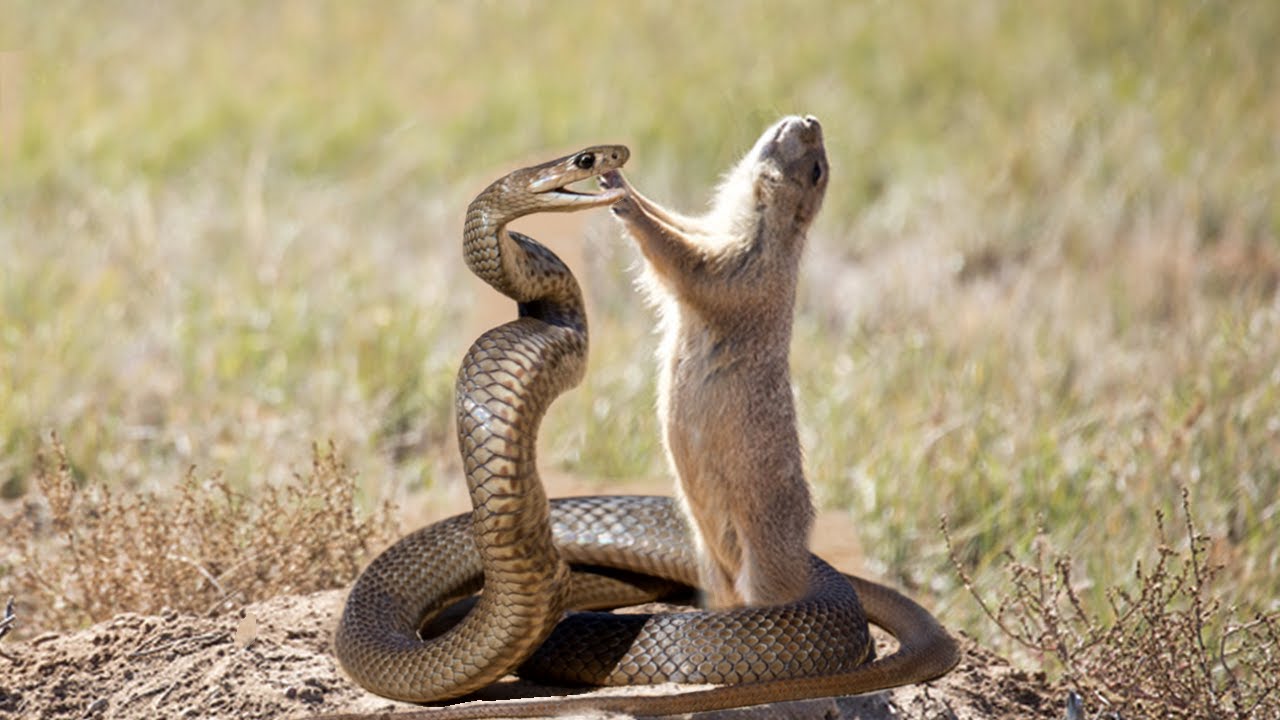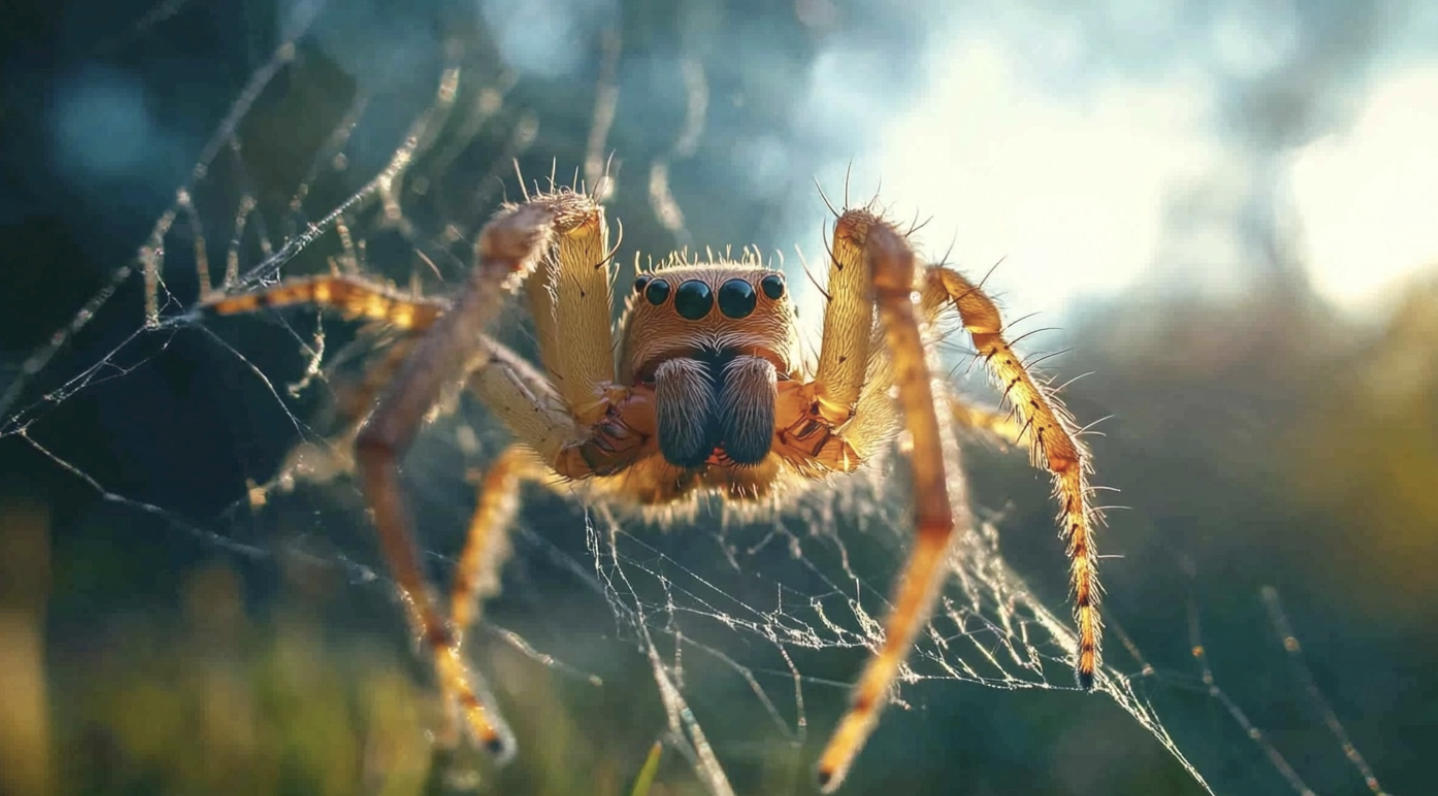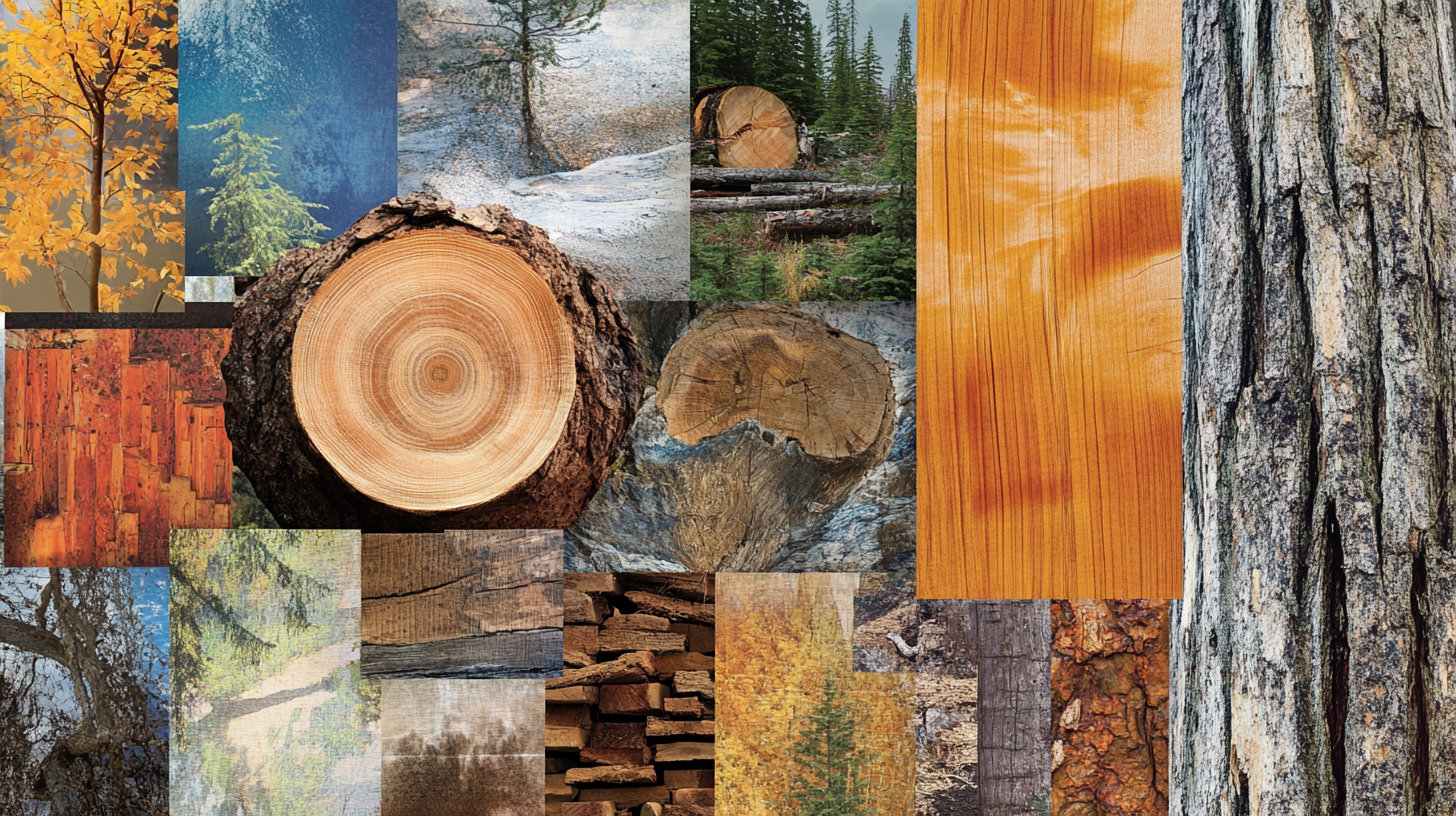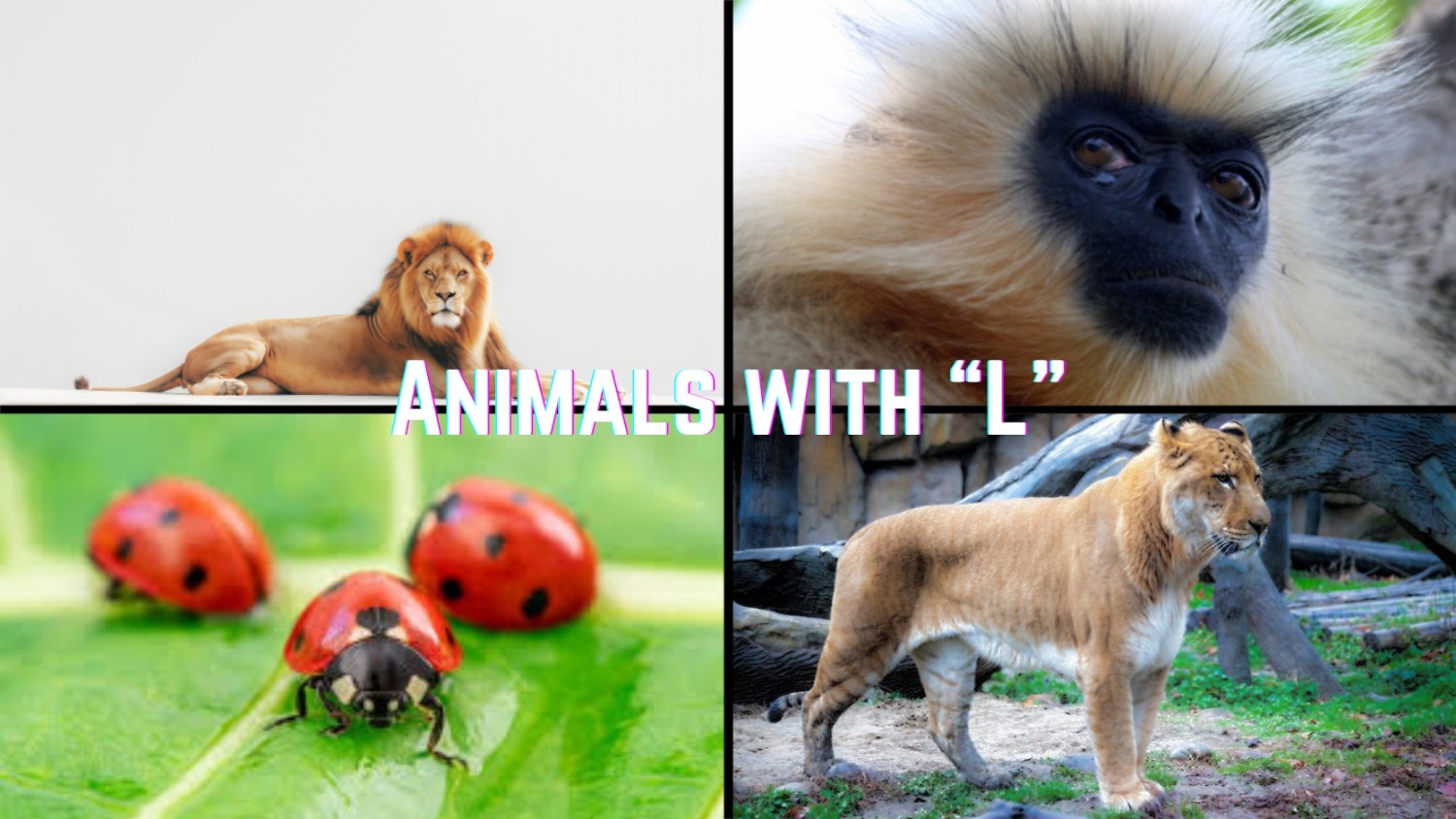
L is for creatures both mighty and small, from the depths of oceans to mountain walls. Our world teems with remarkable animals whose names begin with this twelfth letter of the alphabet.
Picture the swift Langur swinging through Asian forests or the patient Leatherback turtle gliding through tropical waters for over 100 million years.
Consider the humble Ladybug, small yet fierce to garden pests, or the musical Lark, creating melodies while soaring through the sky.
Some, like the bone-breaking Lammergeier, have developed unusual feeding methods, while others, such as the long-lived Lake Sturgeon, quietly observe the passing of a century beneath rippling waters.
Join this tour of nature’s L lineup – from the common backyard friends to the rare ocean wanderers – and meet some of Earth’s most intriguing residents.
Commonly Found Animals that Start with The Letter “L”
1. Ladybug
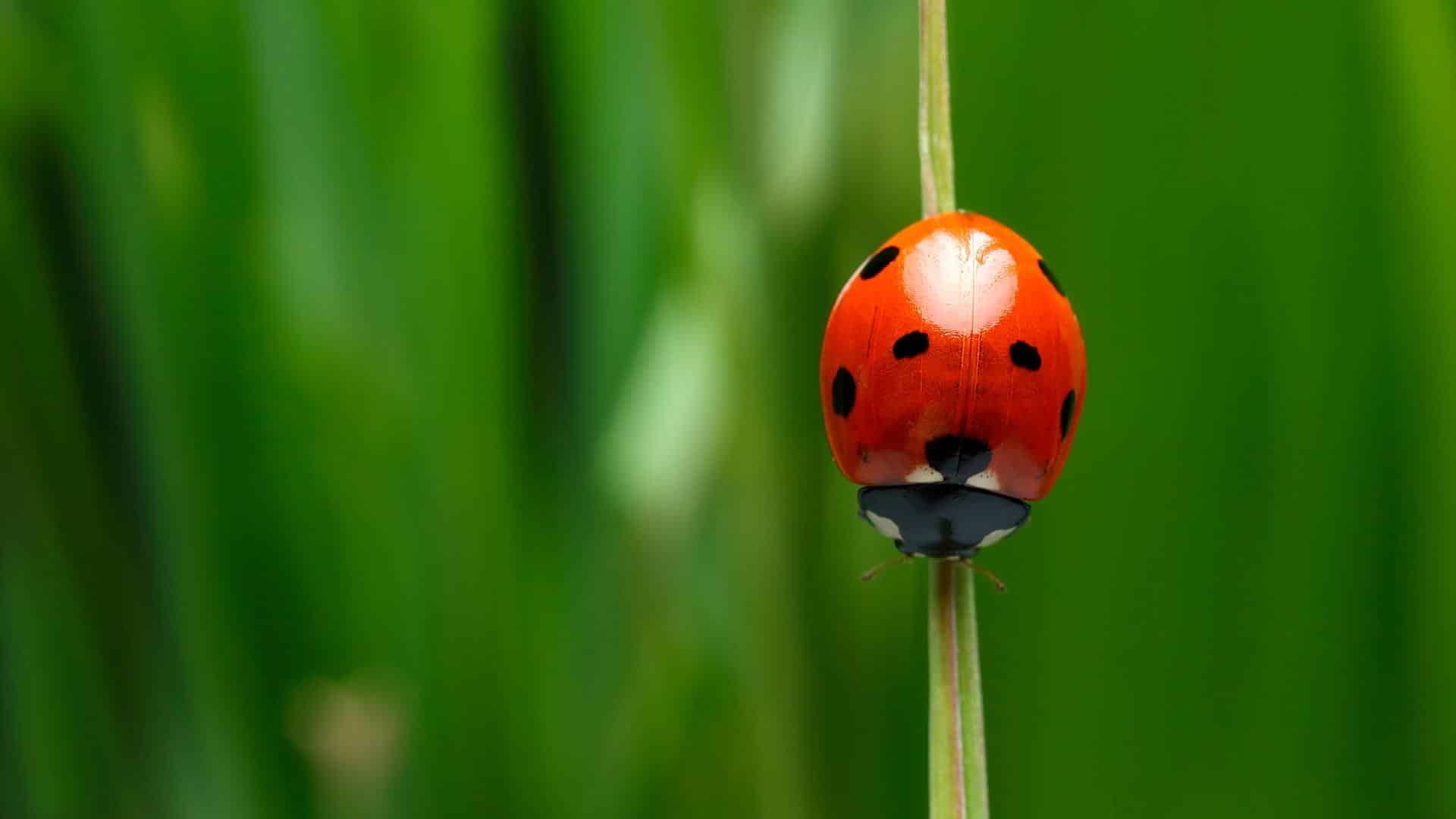
Ladybugs are small, colorful insects often regarded as beneficial for gardens due to their appetite for pests. They have a bright red or orange body with black spots.
-
Region of Habitat: Worldwide, especially in gardens and fields
-
Scientific Name: Coccinellidae
-
Feeding Habits: Ladybugs primarily feed on aphids and other small insects.
-
What Sound They Make: Ladybugs do not produce any noticeable sounds.
Fun Facts
In many cultures, ladybugs are considered lucky and are often believed to bring good fortune when they land on a person.
2. Lake Sturgeon
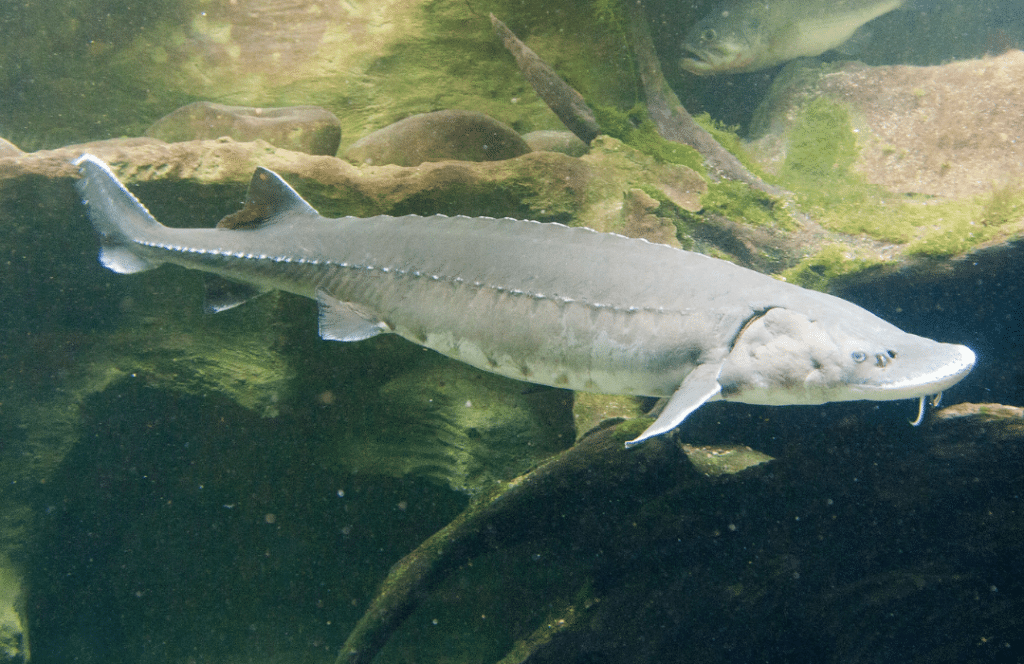
Lake Sturgeons are large freshwater fish found in North American rivers and lakes. They are known for their long lifespan and slow growth rate.
-
Region of Habitat: North America, particularly the Great Lakes
-
Scientific Name: Acipenser fulvescens
-
Feeding Habits: They are bottom feeders, consuming small invertebrates and fish.
-
What Sound They Make: Sturgeons are silent but may create a splash when swimming near the surface.
Fun Facts
Lake Sturgeons can live for over 100 years, making them one of the longest-living fish species in North America.
3. Lammergeier
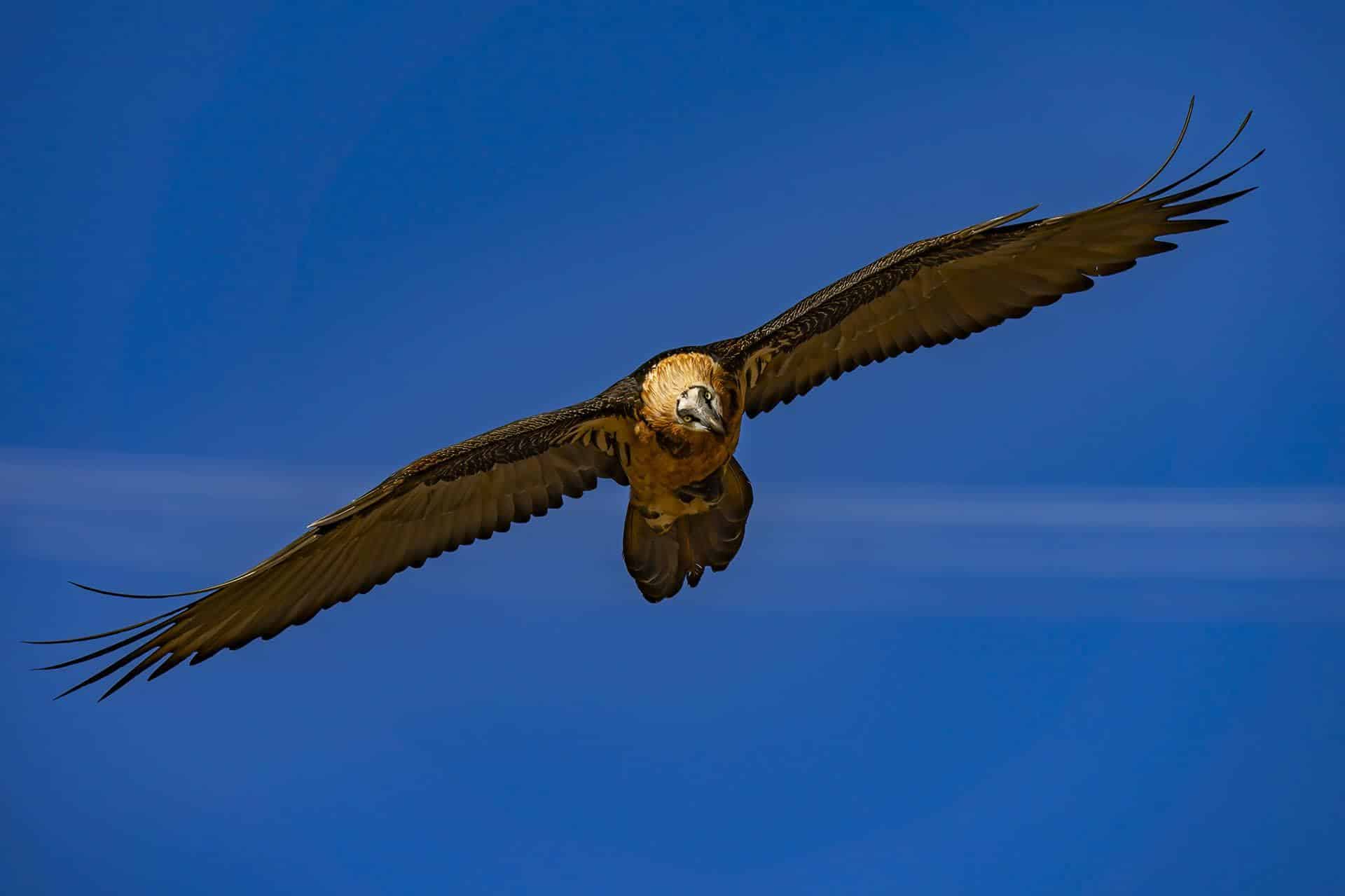
The Lammergeier, or Bearded Vulture, is a large bird of prey known for its distinctive appearance. Its beak is shaped like a vulture’s. The Lammergeier primarily feeds on bones.
-
Region of Habitat: Mountainous regions of Europe, Asia, and Africa
-
Scientific Name: Gypaetus barbatus
-
Feeding Habits: It feeds mostly on bone marrow, breaking bones by dropping them from great heights.
-
What Sound They Make: Lammergeiers make high-pitched calls, often during flight.
Fun Facts
Lammergeiers are known to have a unique habit of flying over cliffs to drop bones, breaking them open to access the marrow inside.
4. Lana Moth
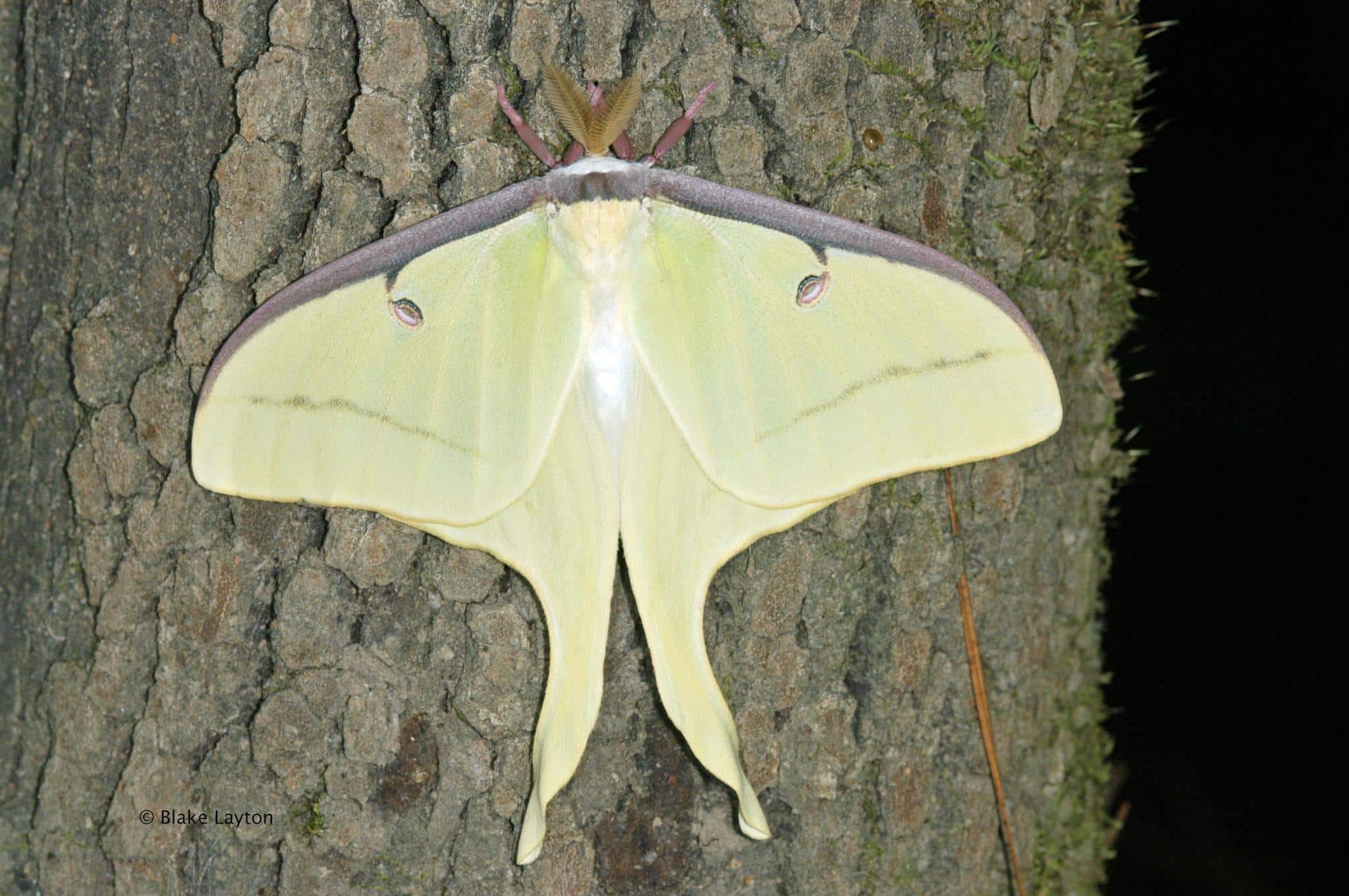
Lana Moths are large, nocturnal insects that come in a variety of colors. Their caterpillars are often seen on trees and shrubs.
-
Region of Habitat: Found in tropical and subtropical regions of Asia
-
Scientific Name: Actias luna
-
Feeding Habits: Moths mainly feed on nectar from flowers, while larvae feed on leaves.
-
What Sound They Make: Lana moths do not make any notable sound.
Fun Facts
Lana moths are known for their unique silken cocoons and long, ribbon-like tails.
5. Lancelot Fish
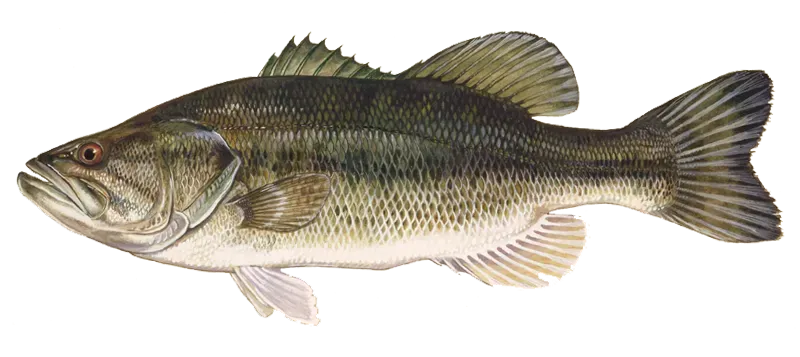
The Lancelot Fish is a deep-water species found in the cold ocean depths. It is characterized by its sleek, silvery body and is known for its elusive behavior.
-
Region of Habitat: Deep oceans worldwide
-
Scientific Name: Not Available
-
Feeding Habits: It feeds on smaller fish and plankton.
-
What Sound They Make: This species is silent underwater.
Fun Facts
The Lancelot Fish is known for its ability to survive in the darkest, most extreme ocean environments.
6. Land Turtle
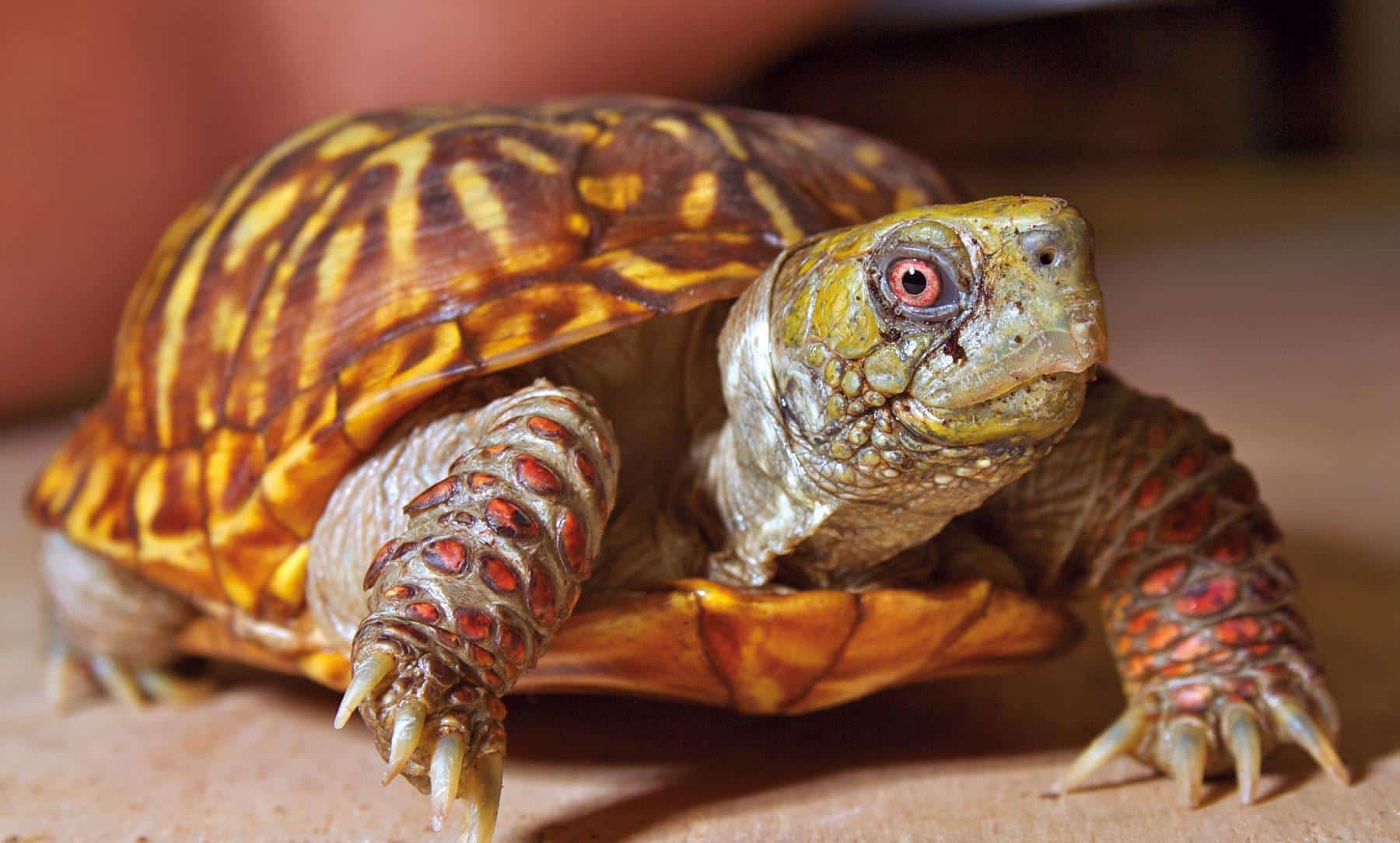
Land Turtles are reptiles that primarily live on land, but some species thrive in a variety of habitats, from deserts to forests.
-
Region of Habitat: Found in various areas, including North America, Africa, and Asia
-
Scientific Name: Testudines
-
Feeding Habits: Land turtles are herbivores, feeding mainly on plants, grasses, and fruits.
-
What Sound They Make: Land turtles are silent creatures but may make low hissing sounds when threatened.
Fun Facts
Land turtles can live to be over 100 years old, making them one of the longest-living animals.
7. Langur
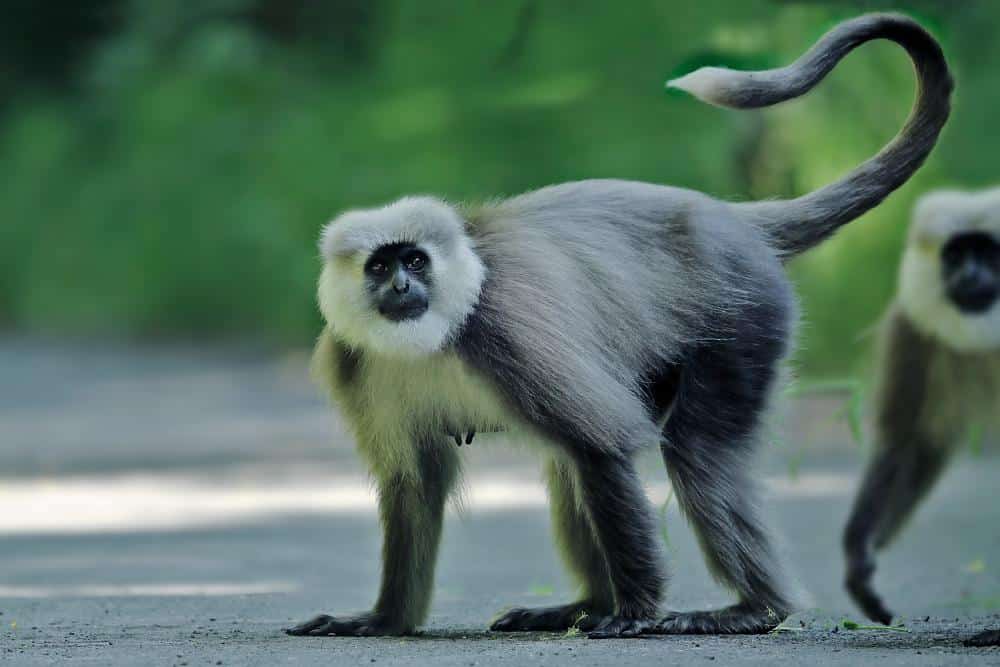
Langurs are a type of monkey found in Southeast Asia, known for their long tails and agility. They live in large troops and are known for their social behavior.
-
Region of Habitat: Southeast Asia, including India and Sri Lanka
-
Scientific Name: Semnopithecus
-
Feeding Habits: Langurs primarily eat leaves, fruits, and flowers.
-
What Sound They Make: Langurs communicate with loud calls and vocalizations.
Fun Facts
Langurs are known for their unique feeding habits, including their ability to eat leaves from toxic plants without being harmed.
8. Lapwing (Bird)
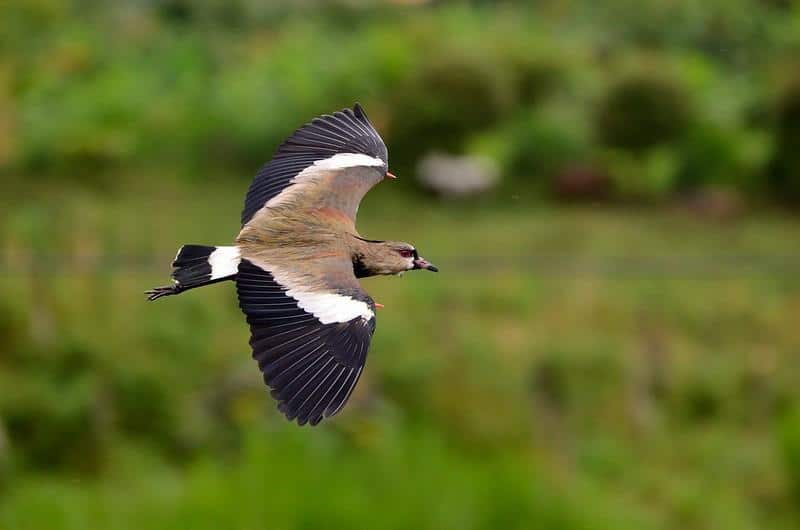
Lapwings are medium-sized wading birds known for their distinctive crests and calls. They are commonly found in wetlands and agricultural fields.
-
Region of Habitat: Europe, Asia, and parts of Africa
-
Scientific Name: Vanellus vanellus
-
Feeding Habits: Lapwings feed on insects, worms, and other small invertebrates.
-
What Sound They Make: They produce a high-pitched, trilling call.
Fun Facts
Lapwings are known for their dramatic courtship displays, which include aerial acrobatics.
9. Largely Antelope
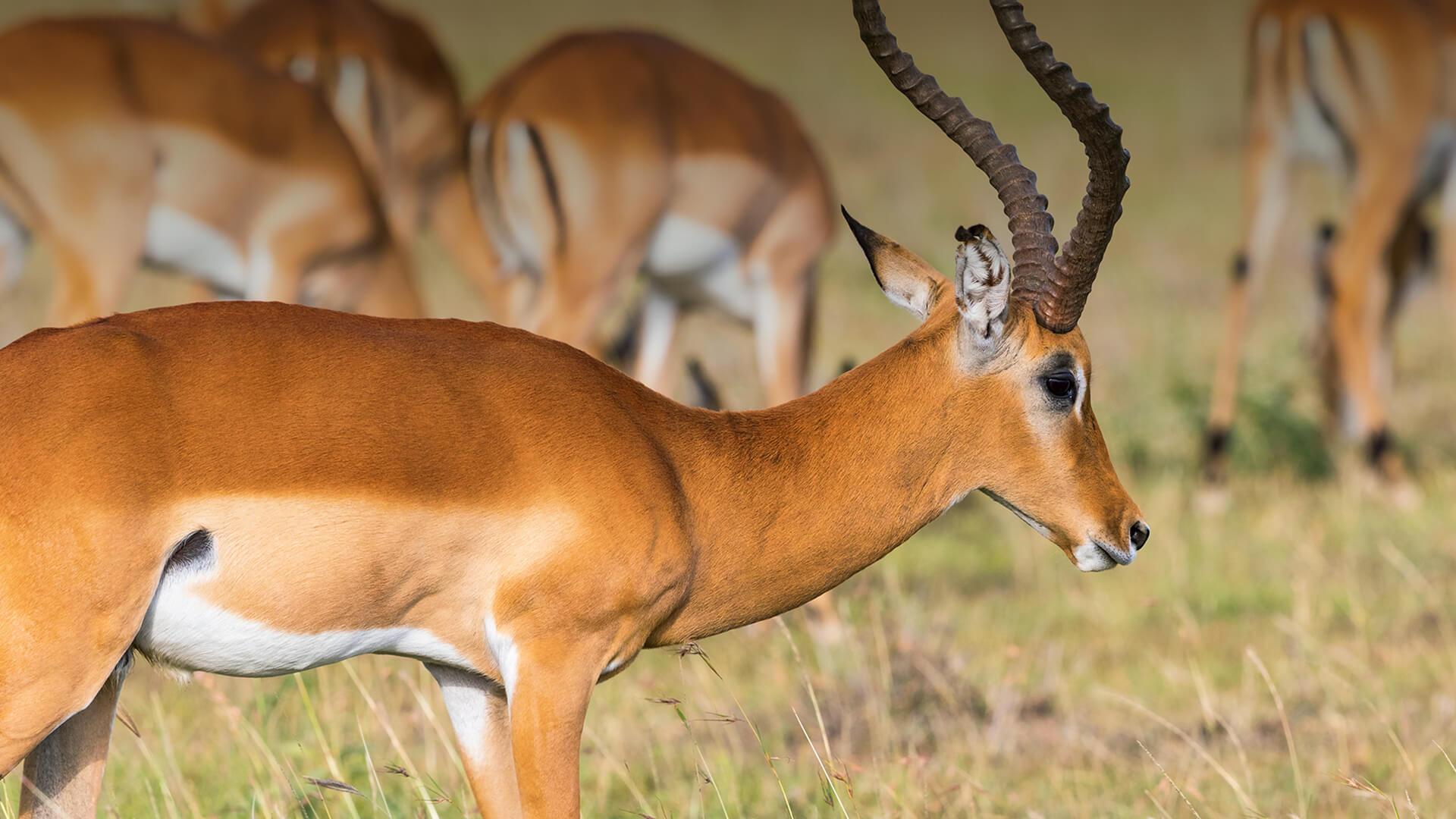
Largely Antelopes are a group of herbivorous mammals found in African grasslands and open savannas. They are known for their slender bodies and long legs.
-
Region of Habitat: Africa, particularly in savannas and grasslands
-
Scientific Name: Various species under the genus Alcelaphus
-
Feeding Habits: They primarily graze on grasses.
-
What Sound They Make: Largely antelopes produce grunts and snorts to communicate.
Fun Facts
Some antelopes can run up to 40 miles per hour to escape predators.
10. Largemouth Bass
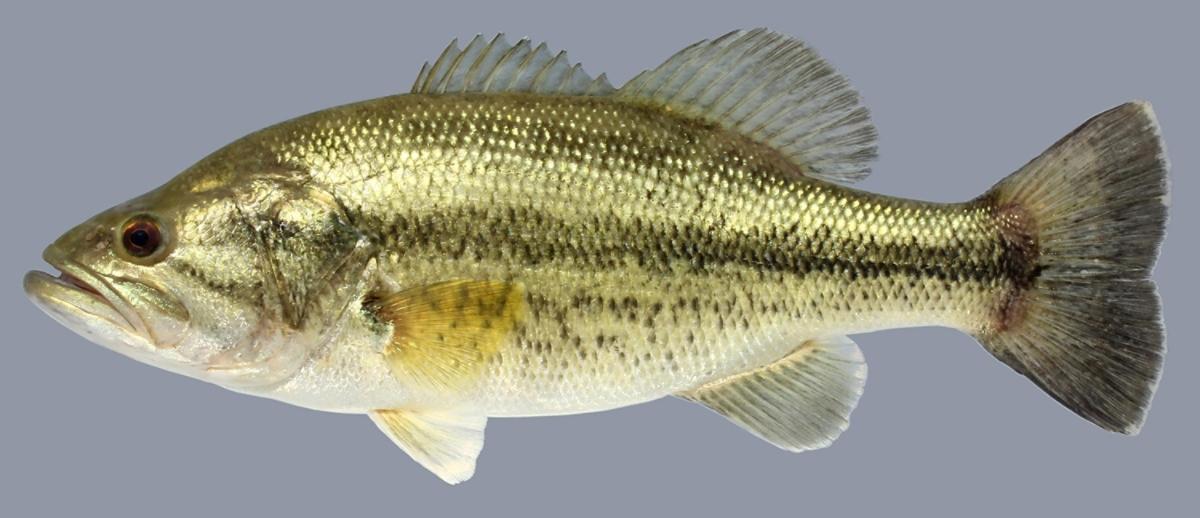
Largemouth bass are popular freshwater fish known for their large mouths, which they use to catch a variety of prey.
-
Region of Habitat: North America, particularly in lakes and rivers
-
Scientific Name: Micropterus salmoides
-
Feeding Habits: They primarily eat smaller fish, invertebrates, and aquatic insects.
-
What Sound They Make: Largemouth bass make a low “thrum” sound underwater.
Fun Facts
Largemouth bass are a favorite catch for recreational anglers due to their size and fighting ability.
11. Largemouth Frog
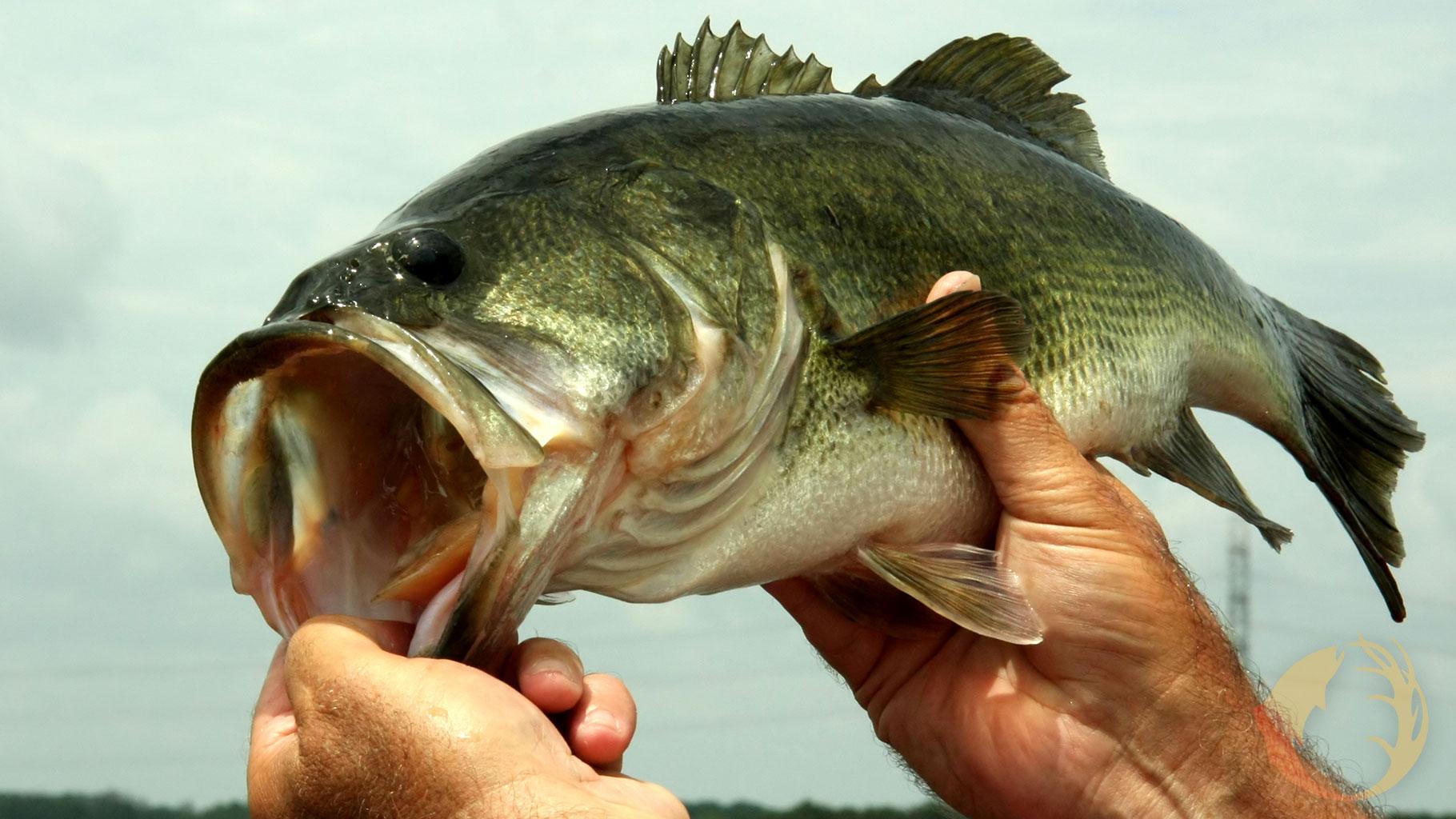
Largemouth frogs are amphibians found in North America. They are known for their large mouths and can be found in ponds and wetlands.
-
Region of Habitat: North America, primarily in ponds and swamps
-
Scientific Name: Lithobates catesbeianus
-
Feeding Habits: They are carnivorous, feeding on insects, small fish, and amphibians.
-
What Sound They Make: Largemouth frogs make deep croaking sounds.
Fun Facts
Largemouth frogs are capable of jumping distances greater than their body length.
12. Lark
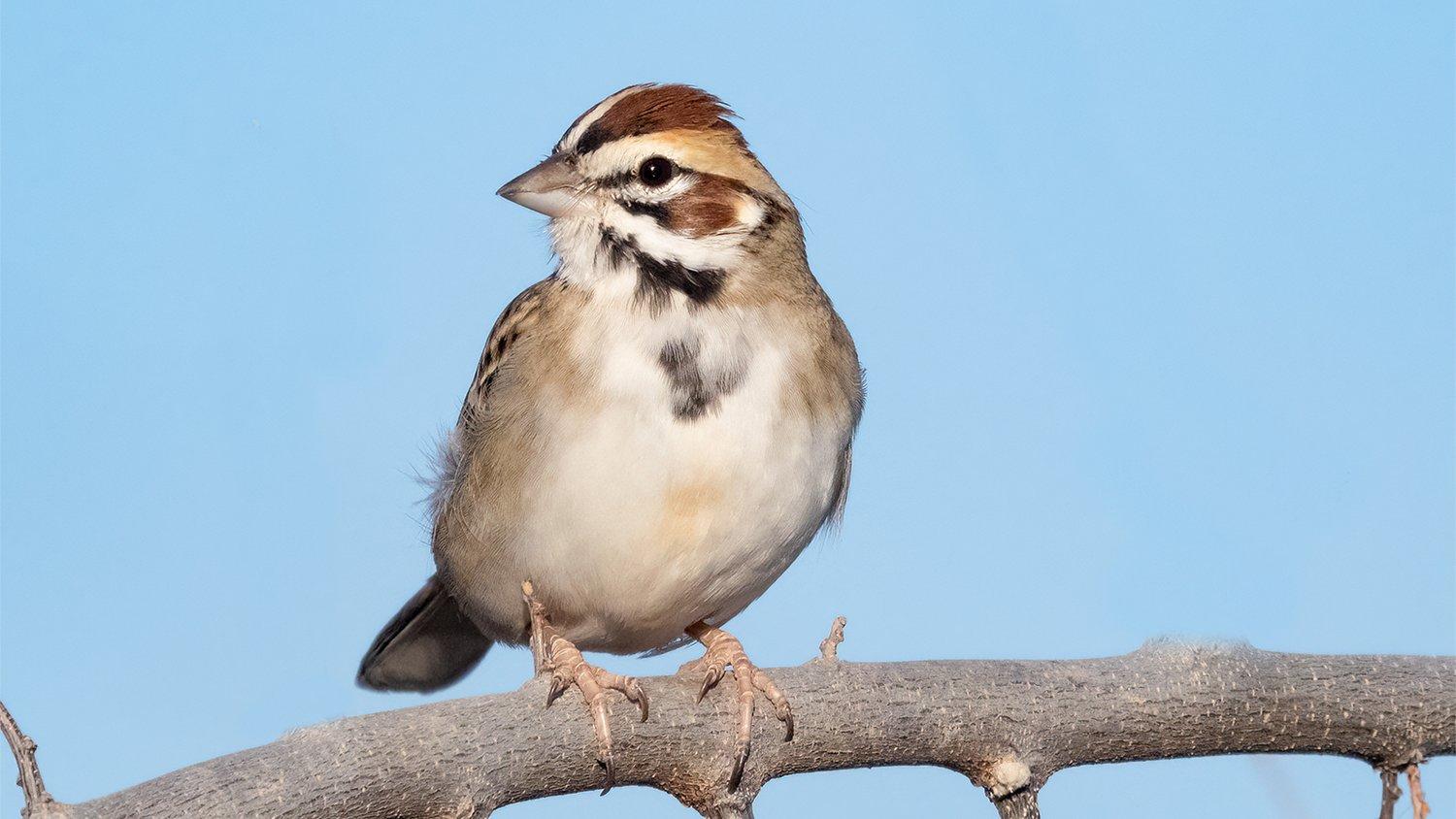
Larks are small—to medium-sized birds known for their melodious songs. They are often found in open grasslands and agricultural fields.
-
Region of Habitat: Worldwide, particularly in open fields and grasslands
-
Scientific Name: Alauda arvensis
-
Feeding Habits: Larks primarily feed on seeds and insects.
-
What Sound They Make: Larks are famous for their sweet, continuous songs.
Fun Facts
Larks are among the few birds that sing while flying.
13. Lark (Bird)
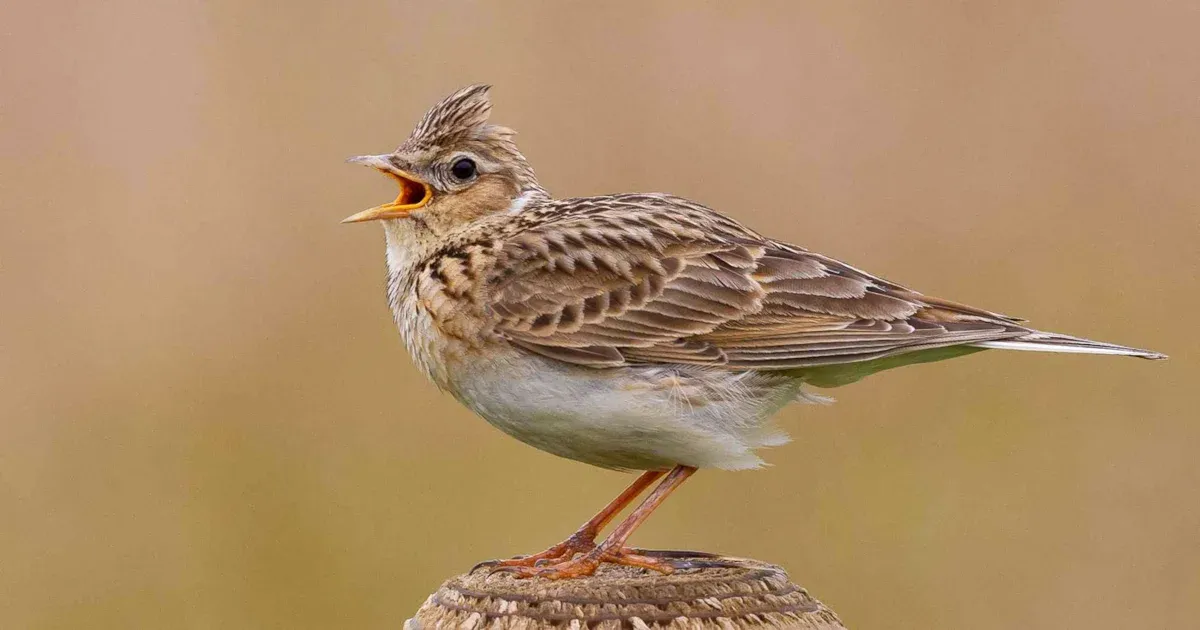
Larks are small passerine birds often found in Europe, Asia, and Africa. They are well known for their beautiful songs.
-
Region of Habitat: Europe, Asia, and parts of Africa
-
Scientific Name: Alauda arvensis
-
Feeding Habits: They feed on seeds and small insects.
-
What Sound They Make: Larks produce sweet and melodious songs, often while flying.
Fun Facts
Larks are often used in literature and folklore to symbolize joy and freedom due to their singing abilities.
14. Larpaw-faced Vulture
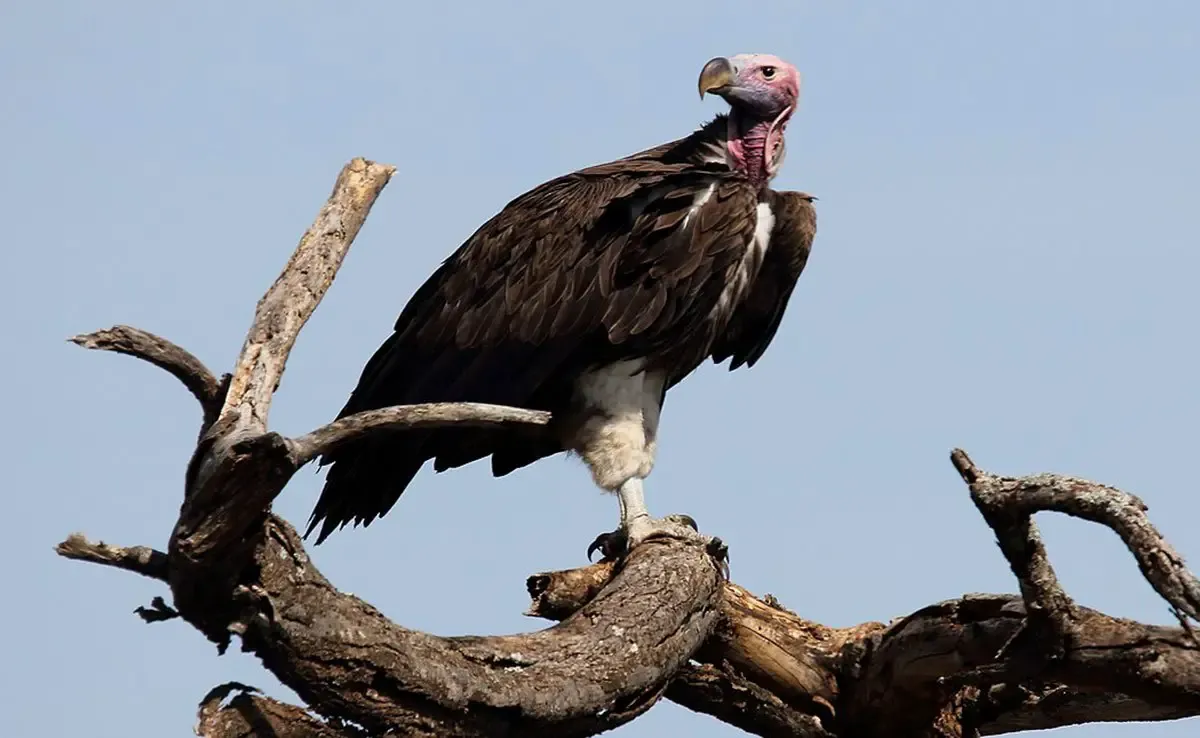
This vulture is easily identified by its unique appearance, with a bare, wrinkled face and large wings. It is known for its scavenging habits.
-
Region of Habitat: Africa and parts of Asia
-
Scientific Name: Sarcoramphus papa
-
Feeding Habits: Larpaw-faced vultures primarily feed on carrion.
-
What Sound They Make: They produce a variety of grunts and croaks.
Fun Facts
Vultures play a crucial role in the ecosystem by cleaning up dead animals and preventing the spread of disease.
15. Lava Lizard
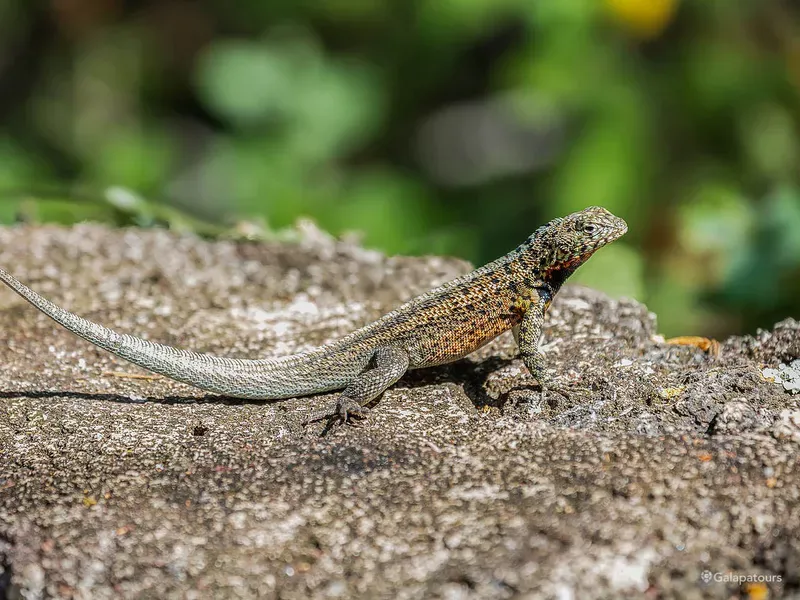
Lava lizards are small reptiles that inhabit volcanic regions. They are known for their ability to adapt to harsh environments.
-
Region of Habitat: Volcanic islands, particularly in the Galápagos
-
Scientific Name: Microlophus
-
Feeding Habits: Lava lizards primarily eat insects and other small invertebrates.
-
What Sound They Make: Lava lizards make hissing sounds when threatened.
Fun Facts
Lava lizards are known for their ability to survive in the harsh conditions of volcanic environments, where food and water are scarce.
16. Laysend Albatross
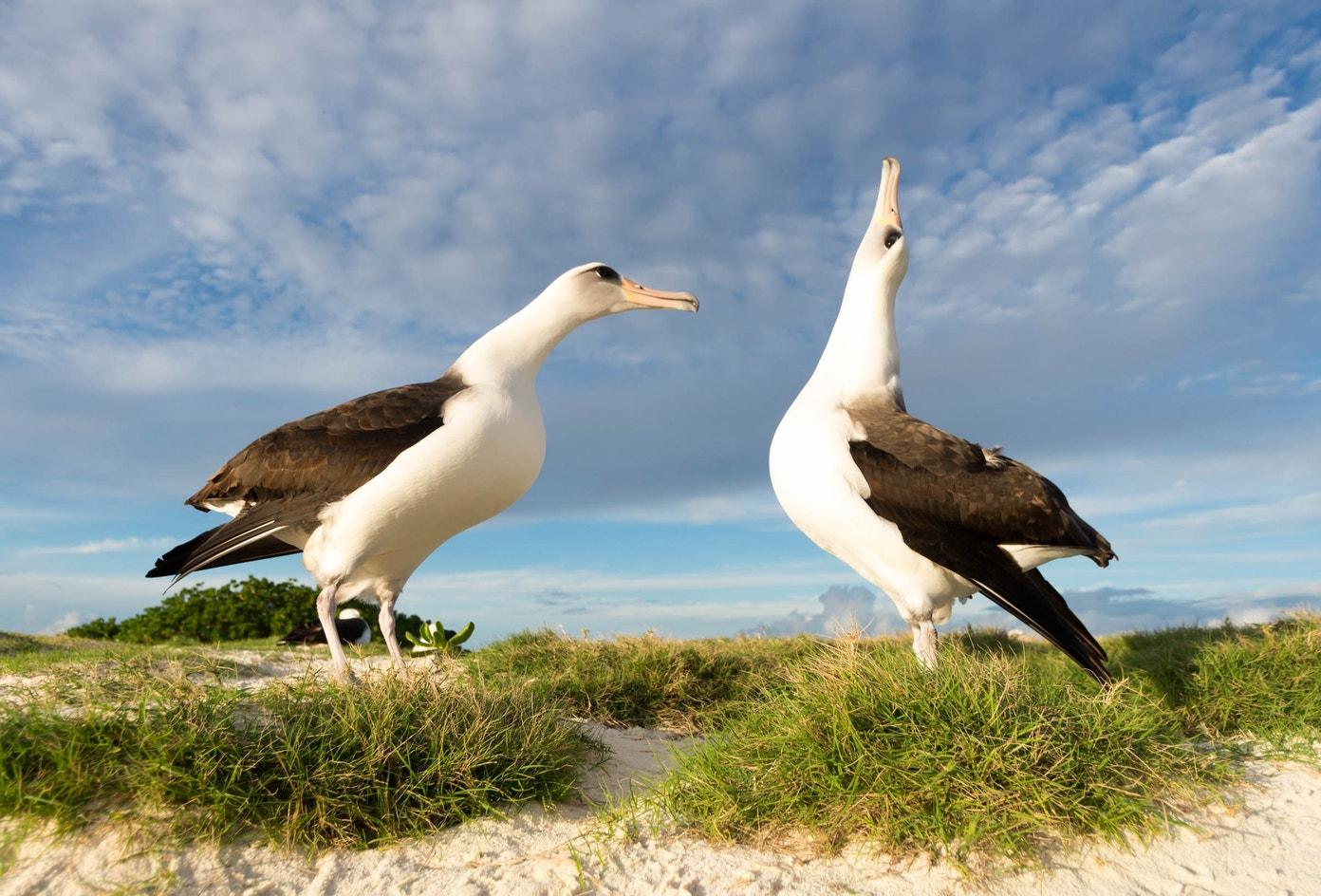
The Laysend Albatross is a large seabird known for its long wingspan. It primarily lives over the Southern Ocean.
-
Region of Habitat: Southern Ocean, near Antarctica
-
Scientific Name: Diomedea exulans
-
Feeding Habits: They feed on squid, fish, and krill.
-
What Sound They Make: Laysend Albatrosses produce deep, trumpet-like calls.
Fun Facts
Albatrosses can fly thousands of miles without landing, thanks to their impressive wingspan and ability to glide.
17. Laysend Duck
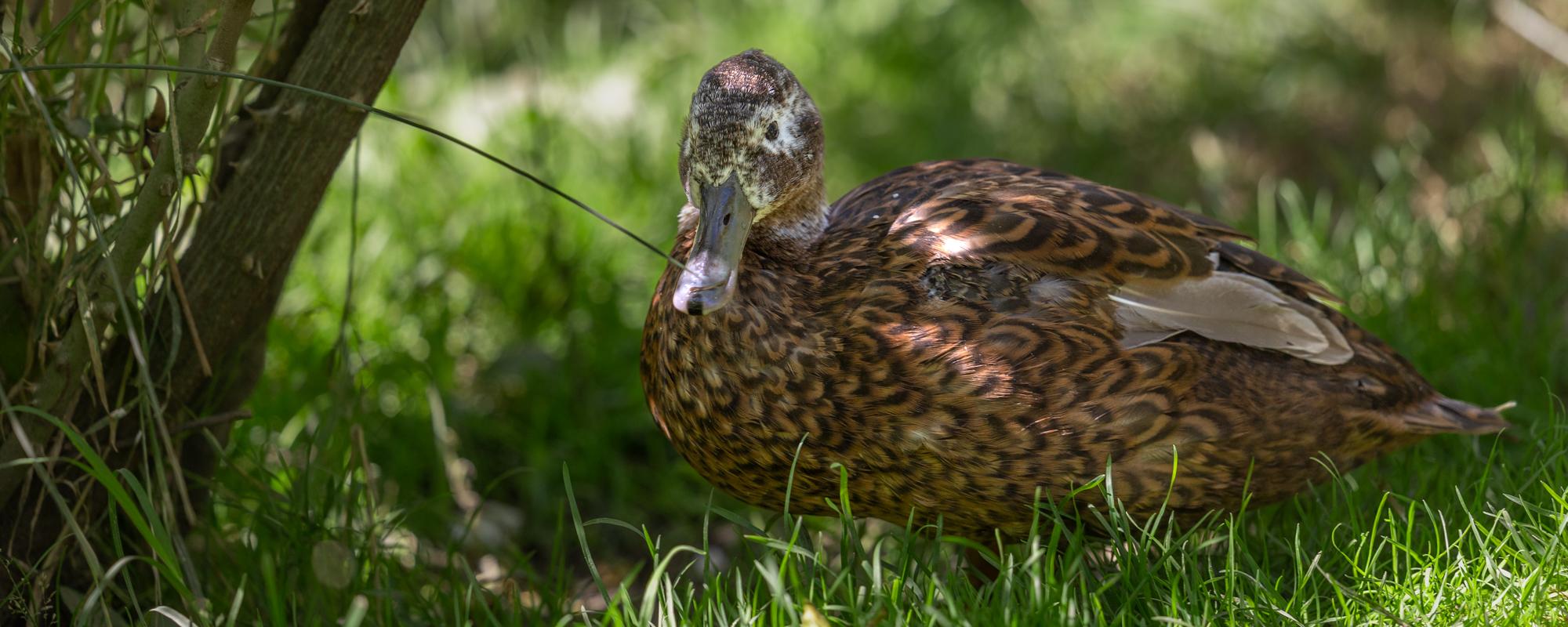
The Laysend Duck is a domesticated species of duck often raised for its eggs and meat. It has a unique appearance and a slightly rounded body.
-
Region of Habitat: Domestic regions, especially in farms
-
Scientific Name: Anas platyrhynchos domesticus
-
Feeding Habits: Laysend ducks are omnivores, feeding on plants, insects, and small fish.
Fun Facts
Laysend ducks are known for their prolific egg-laying abilities and are often kept for their high egg production rates.
18. Leatherback Sea Turtle
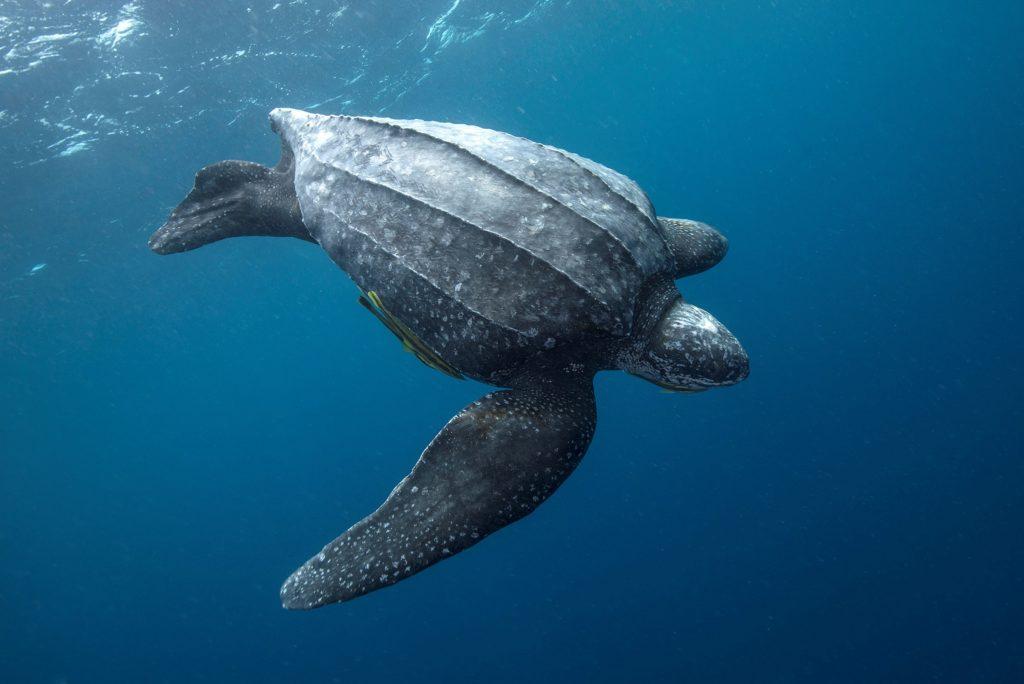
Leatherback sea turtles are the largest sea turtles. They are recognized for their leathery, flexible shells and large size.
-
Region of Habitat: Tropical and subtropical oceans
-
Scientific Name: Dermochelys coriacea
-
Feeding Habits: They feed mainly on jellyfish.
-
What Sound They Make: Leatherback sea turtles are silent creatures, making no significant sound.
Fun Facts
Leatherback turtles are capable of diving to depths of over 4,000 feet to find food.
Some More Animals that Start with The Letter “L”
19. Lemur
20. Leopard
21. Leopard Frog
22. Lesser Flamingo
23. Lesser Kestrel
24. Limpet
25. Lined Earth Snake
26. Lined Seahorse
27. Linton Chicken
28. Lion
29. Lionfish
30. Lionsfish
31. Little Blue Penguin
32. Little Brown Bat
33. Little Egret
34. Lizard
35. Llama
36. Lobbed Sea Cucumber
37. Lobster
38. Lone Star Tick
39. Long-tailed Weasel
40. Longhorn
41. Lopwing
42. Lorikeet (parrot)
43. Lousiana Leopard Frog
44. Lowland Gorilla
45. Lynx
46. Lysid Fish
47. Labradoodle
48. Labrador Retriever
49. Lacewing
50. Lamb
51. Lamprey
52. Lapwing
53. Leafcutter Ant
54. Leaf-Tailed Gecko
55. Leech
56. Lemming
57. Leopard Cat
58. Leopard Seal
59. Leopard Tortoise
60. Liger
61. Long Horn
62. Loach
63. Long-Eared Owl
64. Long-Tailed Tit
65. Longspur
66. Loon
67. Loris
68. Lory
69. Lovebird
70. Lungfish
71. Lyrebird
72. Lhasa Apso
73. Landrace pig
74. Leghorn chicken
75. Lincoln sheep
76. Longhorn cattle
77. Lop rabbit
78. Lionhead rabbit
79. LaMancha goat
80. Large White pig
81. Lakenvelder chicken
82. Lakenfelder cattle
83. Lusitano horse
84. Lipizzan horse
85. Lleyn sheep
86. Leicester Longwool sheep
87. Limousin cattle
88. Laying hen
89. La Plata dolphin
90. Longhaired Guinea Pig
91. Lunkarya Guinea Pig
92. Lohmann Brown chicken
93. Lohmann Tierzucht chicken
94. Lionfish (kept in aquariums)
95. Lovebird (kept as a pet bird)
96. Leopard gecko (kept as a pet reptile)
97. Liger (a hybrid between a lion and a tiger)
98. Least weasel
99. Long-nosed bandicoot
100. Little Penguin
101. Long-tailed chinchilla
102. Long-eared jerboa
103. Long-tailed macaque
104. Long-tailed marmot
105. Long-tailed mongoose
106. Long-tailed planigale
107. Long-tailed pocket mouse
108. Long-tailed pygmy possum
109. Long-tailed shrew
110. Long-fingered bat
111. Long-horned woodchuck
112. Long-snouted dolphin
113. Long-nosed armadillo
114. Lesser kudu
115. Llama-like guanaco
116. Lowland paca
117. Lowland tapir
118. Large flying fox
119. Long-tailed tree mouse
120. Largemouthed kangaroo rat
121. Ladybird beetle
122. Leafhopper
123. Lanternfly
124. Longhorn beetle
125. Louse
126. Lappet moth
127. Leaf beetle
128. Leaffooted bug
129. Lesser grain borer
130. Lesser stag beetle
131. Leafcutter bee
132. Lesser water boatman
133. Large milkweed bug
134. Luna moth
135. Locust
136. Long-tailed mealybug
137. Larder beetle
138. Leaf miner
139. Leatherjacket
140. Litter beetle
141. Loxostege sticticalis
142. Leafhopper assassin bug
143. Limestone brown
144. Large carpenter bee
145. Loggerhead sea turtle
146. Leopard gecko
147. Lake cumberland snake
148. Long-nosed leopard lizard
149. Long-tailed chinchilla lizard
150. Laredo striped whiptail
151. Litter skink
152. Leaf-toed gecko
153. Leaf-scaled sea snake
154. Largehead gecko
155. Lesser Antillean iguana
156. Latastia longicaudata
157. Long-nosed tree snake
158. Laotian water dragon
159. Little file snake
160. Lined day gecko
161. Louisiana pine snake
162. Long-nosed snake
163. Lichtenstein’s sand racer
164. Long-tailed brush lizard
165. Lesser earless lizard
166. Lined snake
Final Notes
Life thrives in unexpected corners of our world, as shown by the remarkable “L” creatures. From the tiny ladybug bringing luck to gardens to sea turtles crossing vast oceans, these animals showcase nature’s range and ingenuity.
The list highlights how different species have mastered their habitats – mountain-dwelling vultures that crack bones from great heights, bass that rule freshwater lakes, and frogs that leap distances beyond their size.
What stands out most is how each animal fills a specific role. Monkeys eat toxic plants without harm, birds sing while flying, and fish survive in the darkest ocean depths.
These creatures remind us that adaptation takes countless forms. Gaining not just facts but a fuller picture of how interconnected our natural world truly is.

